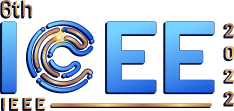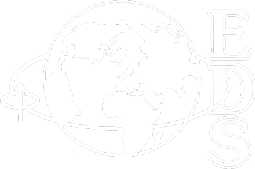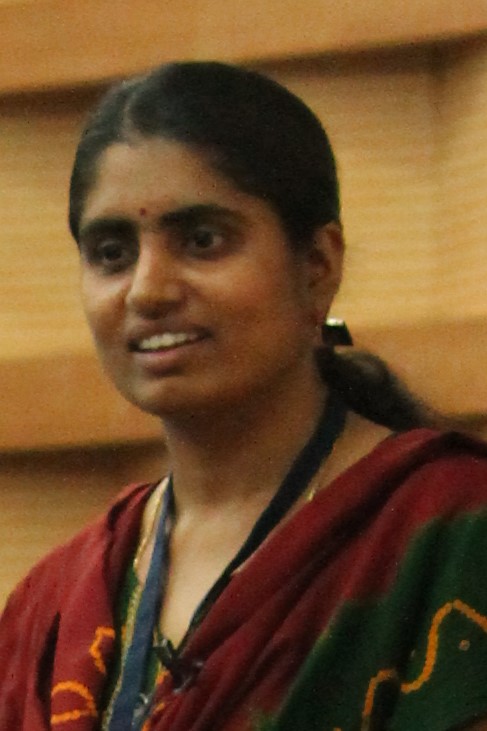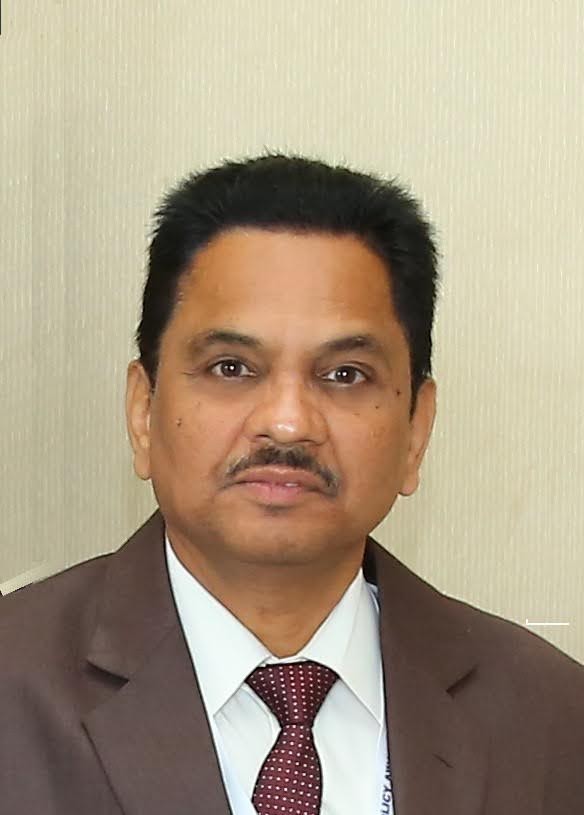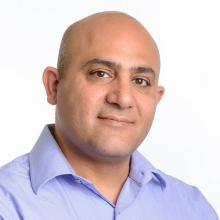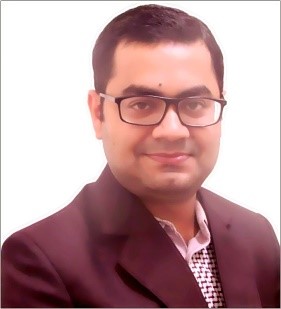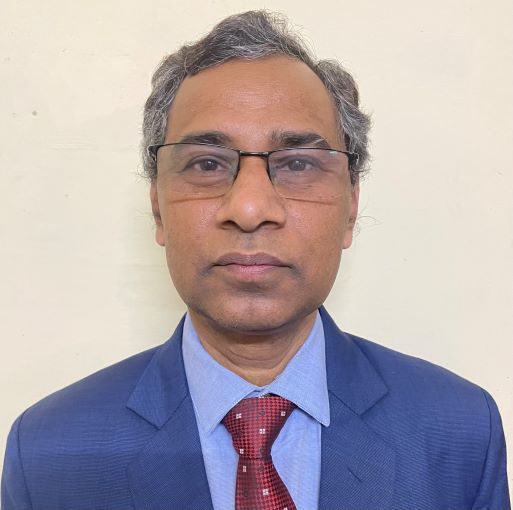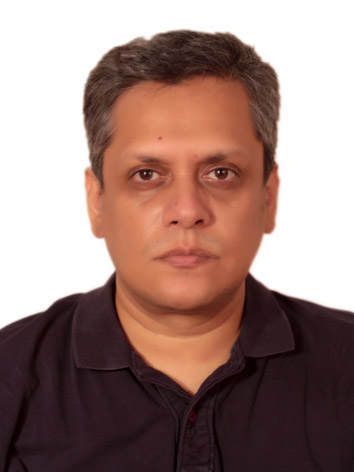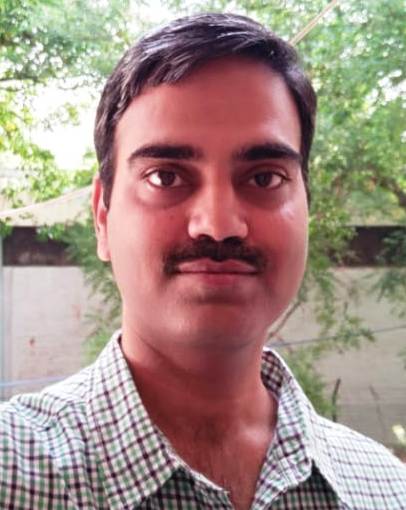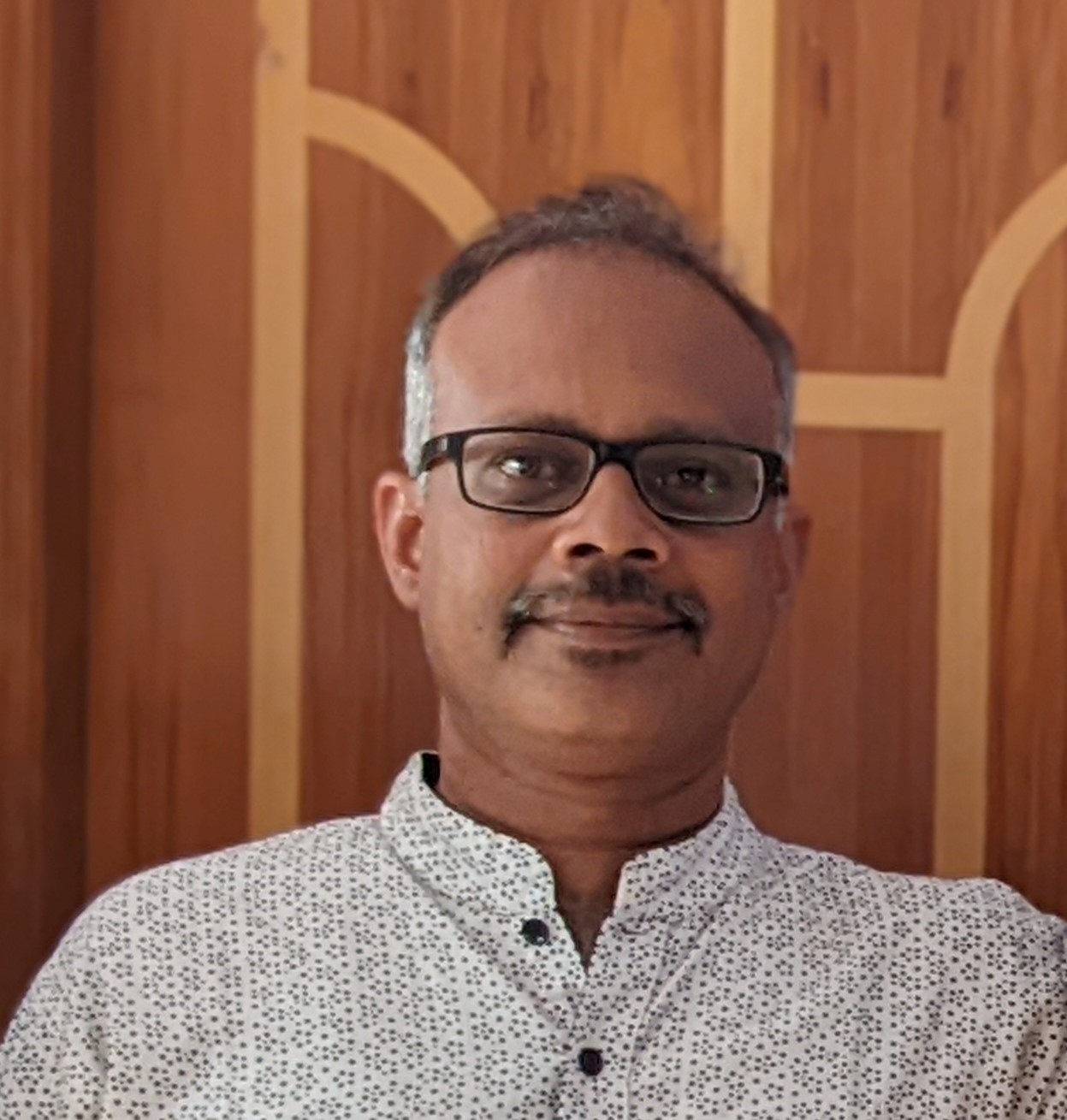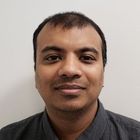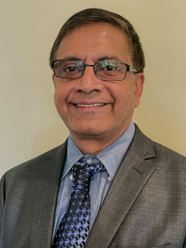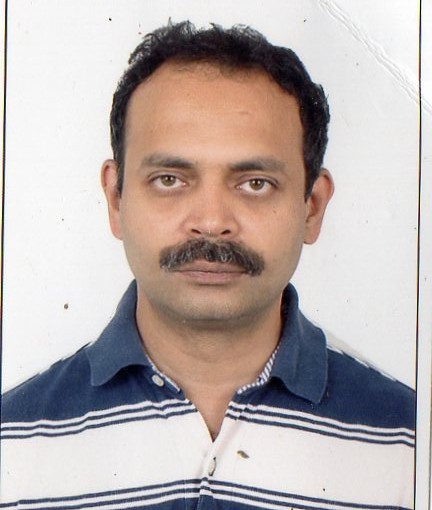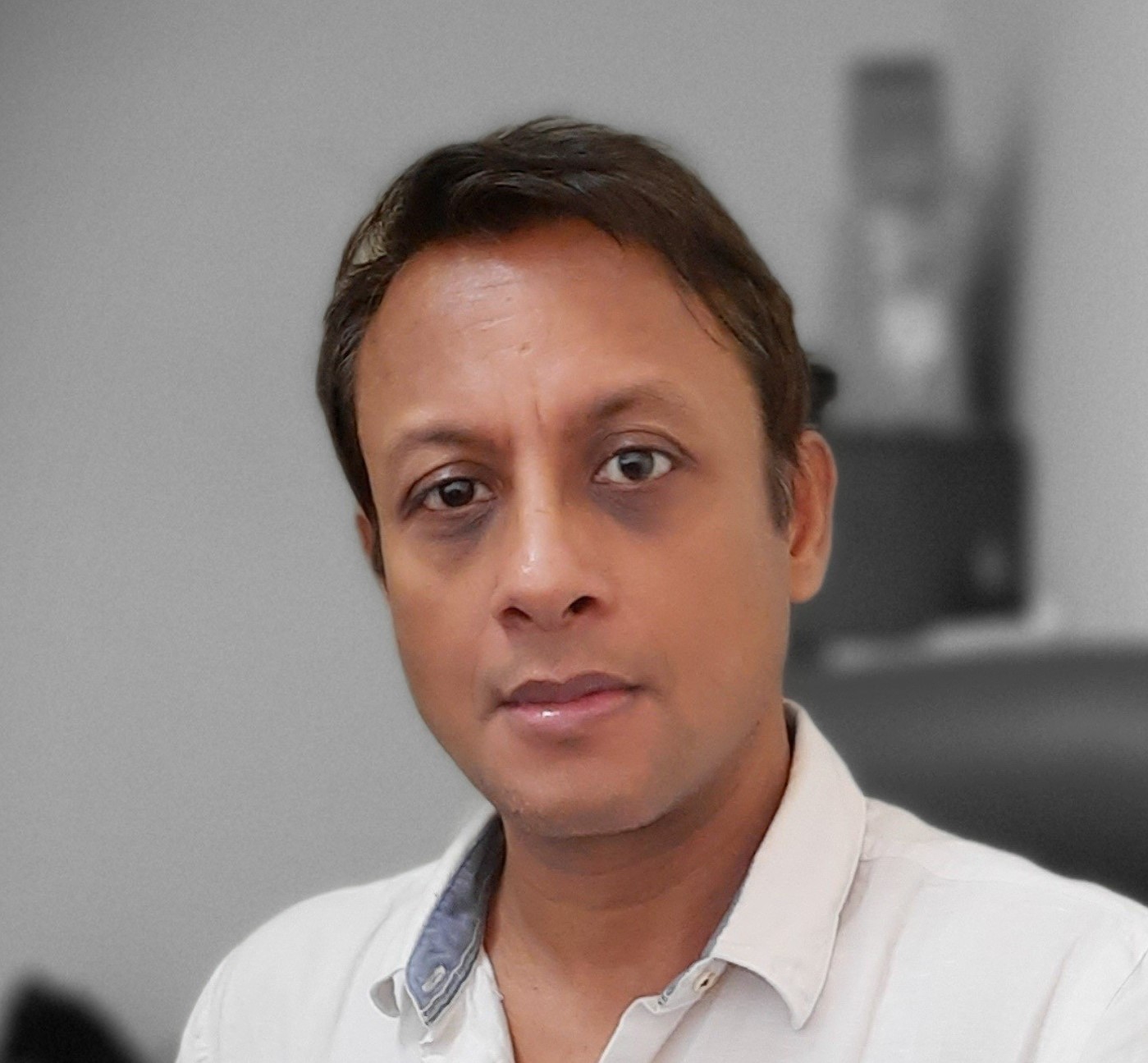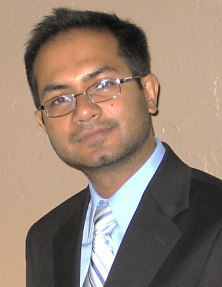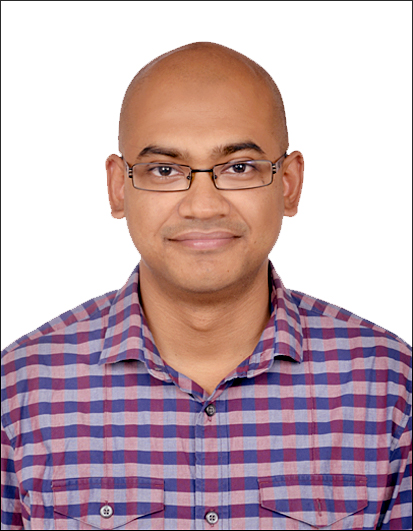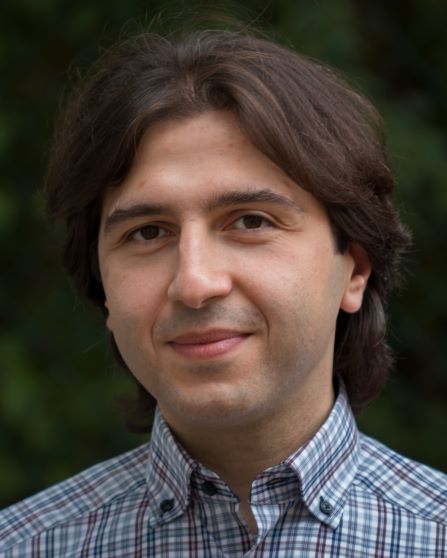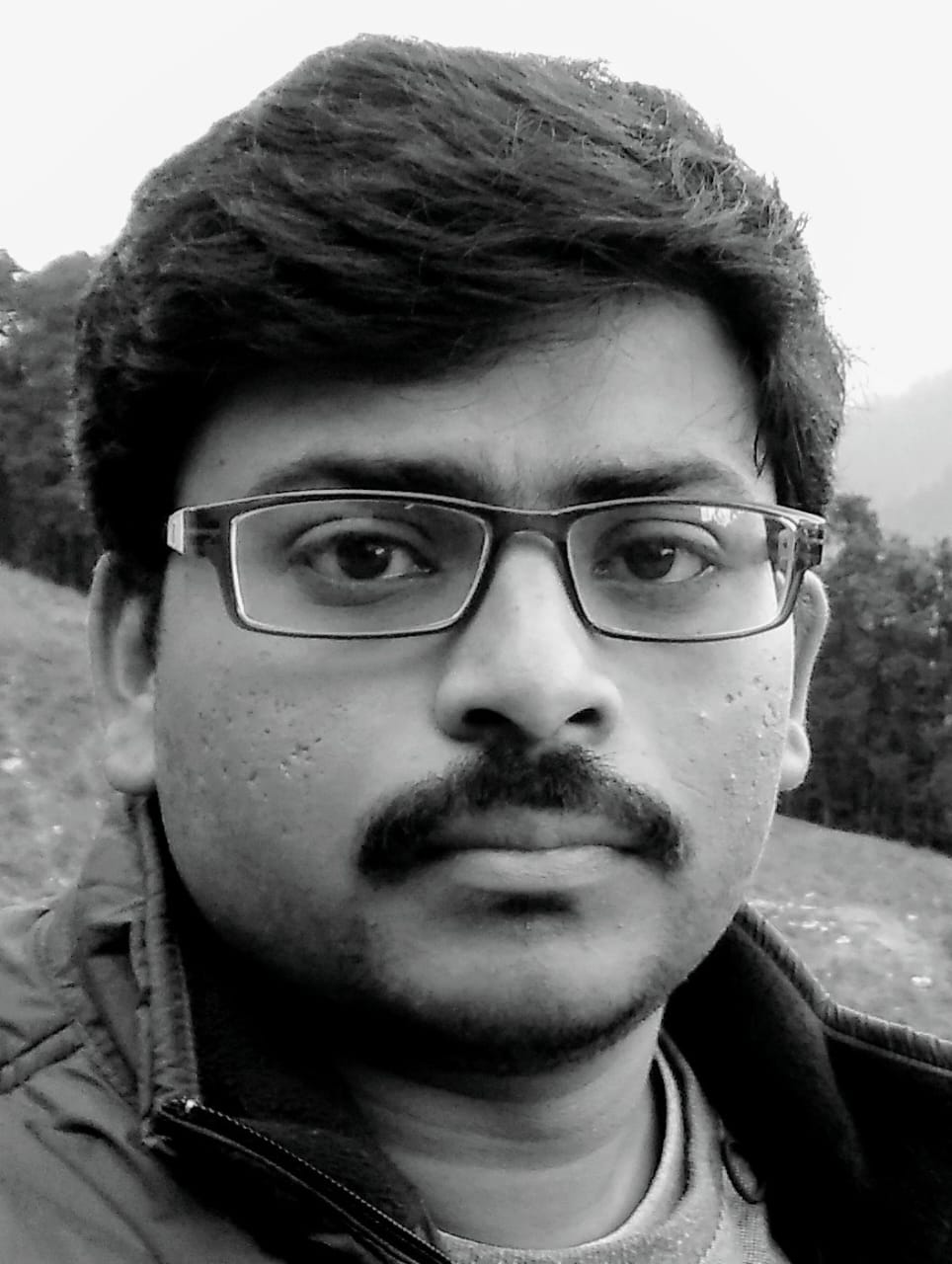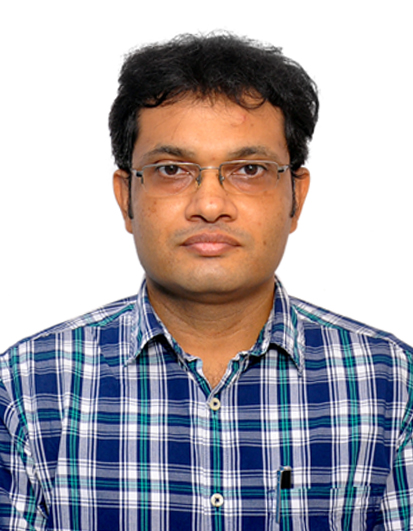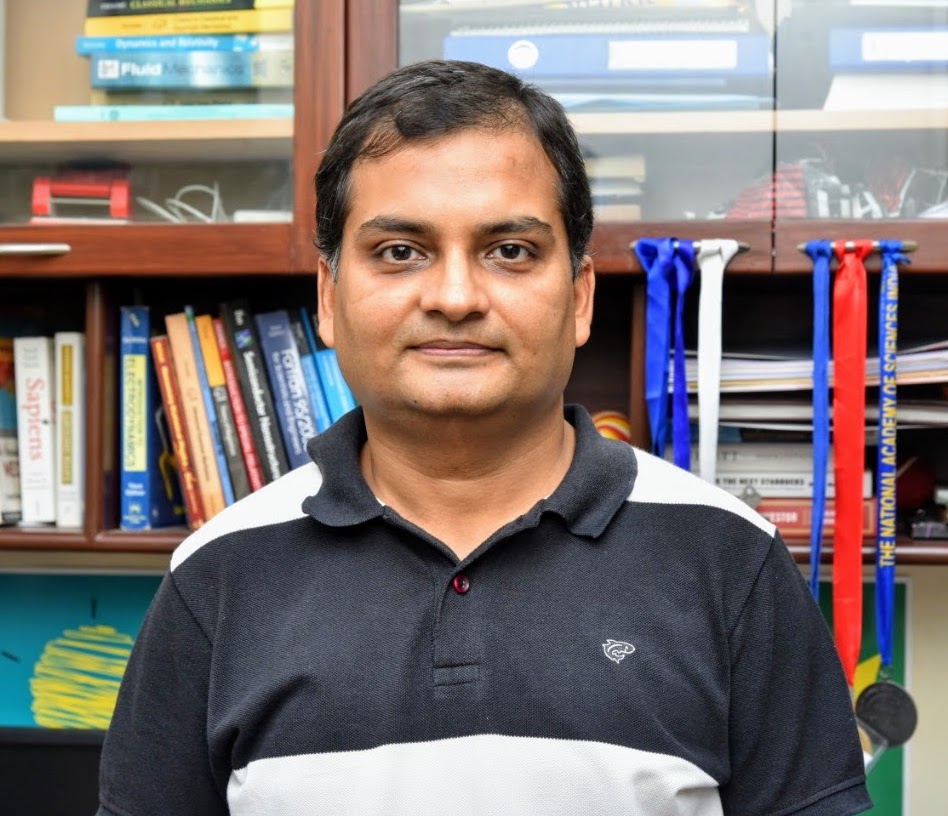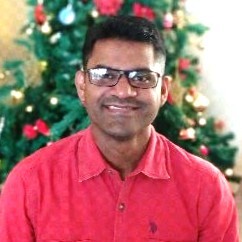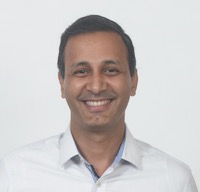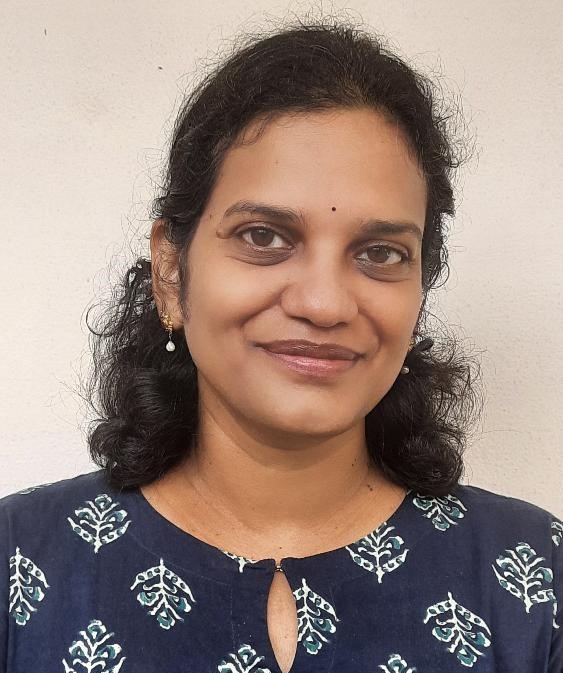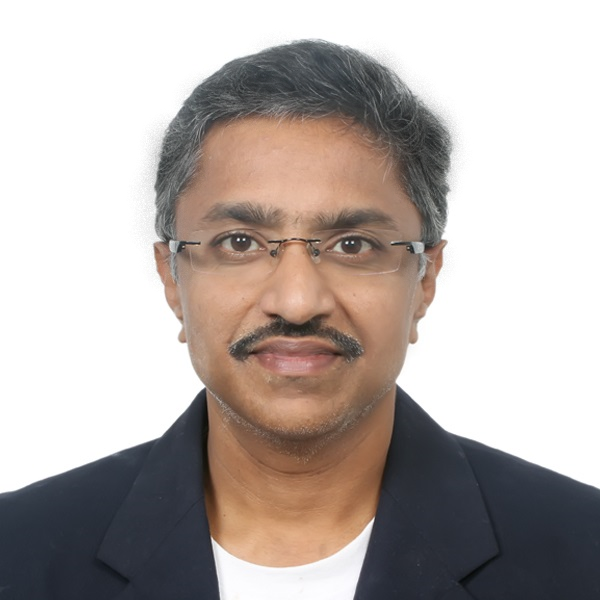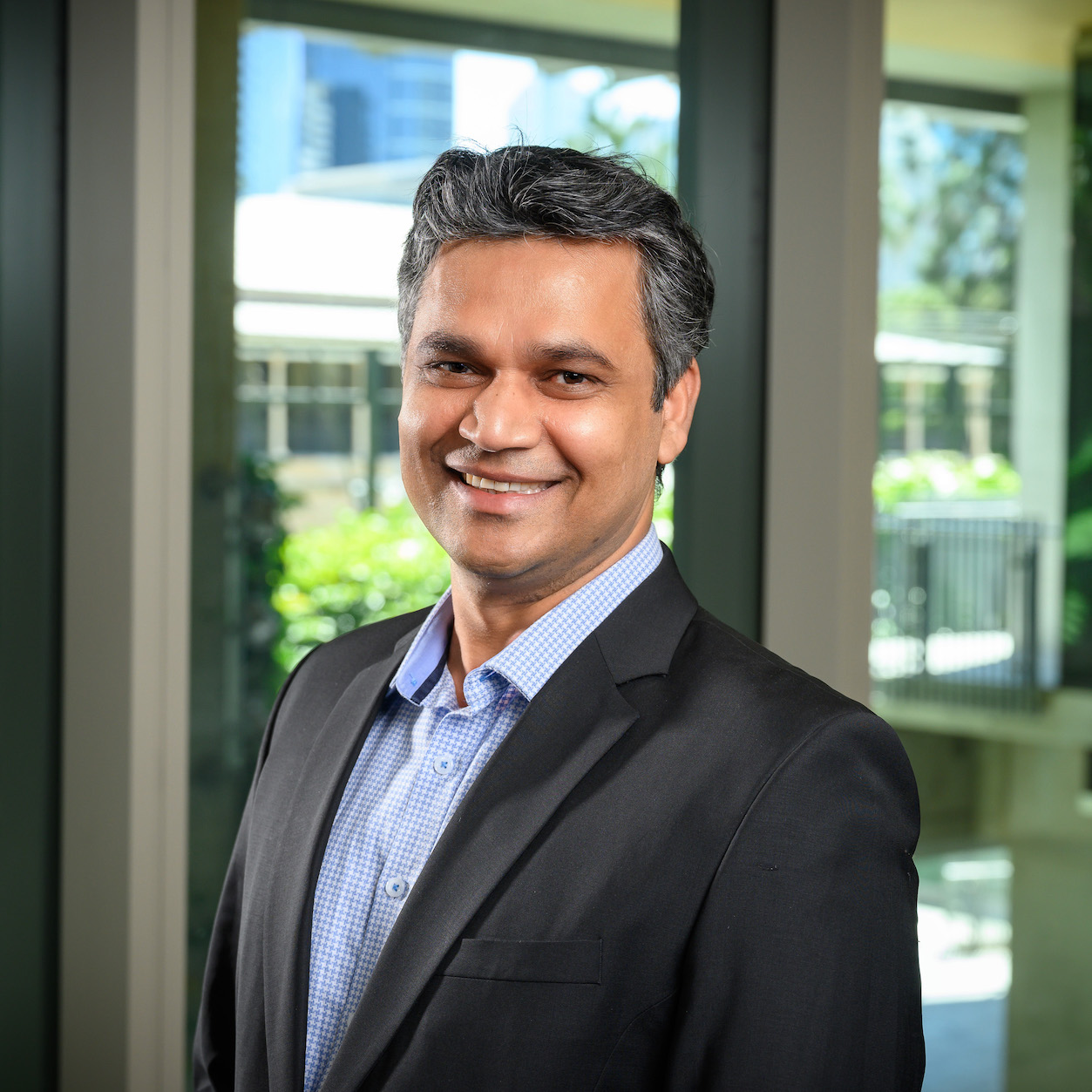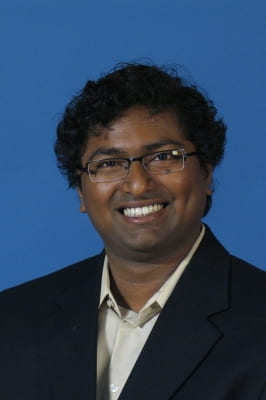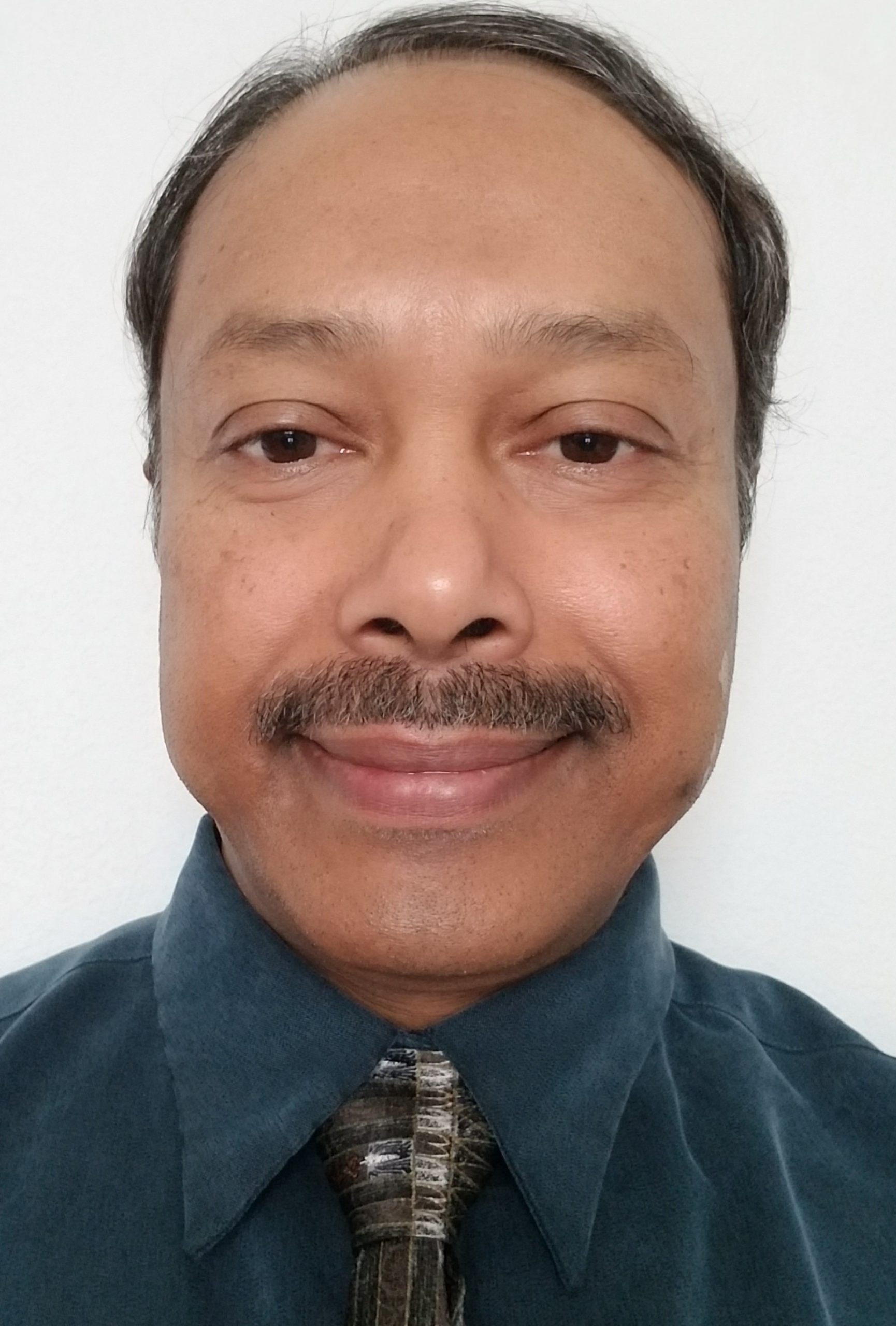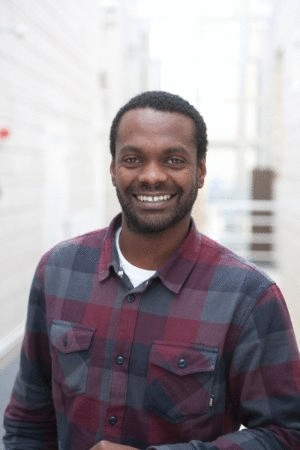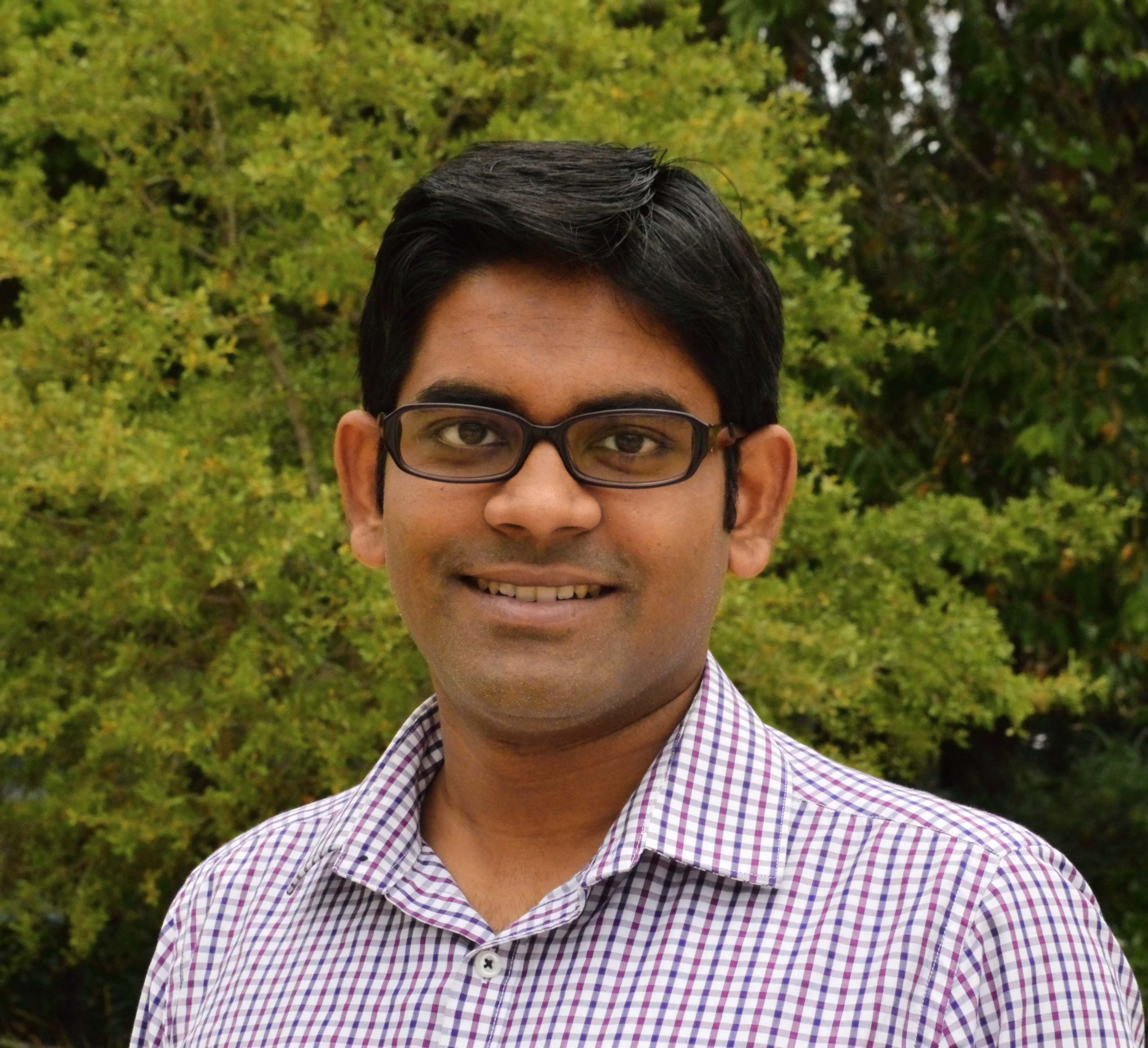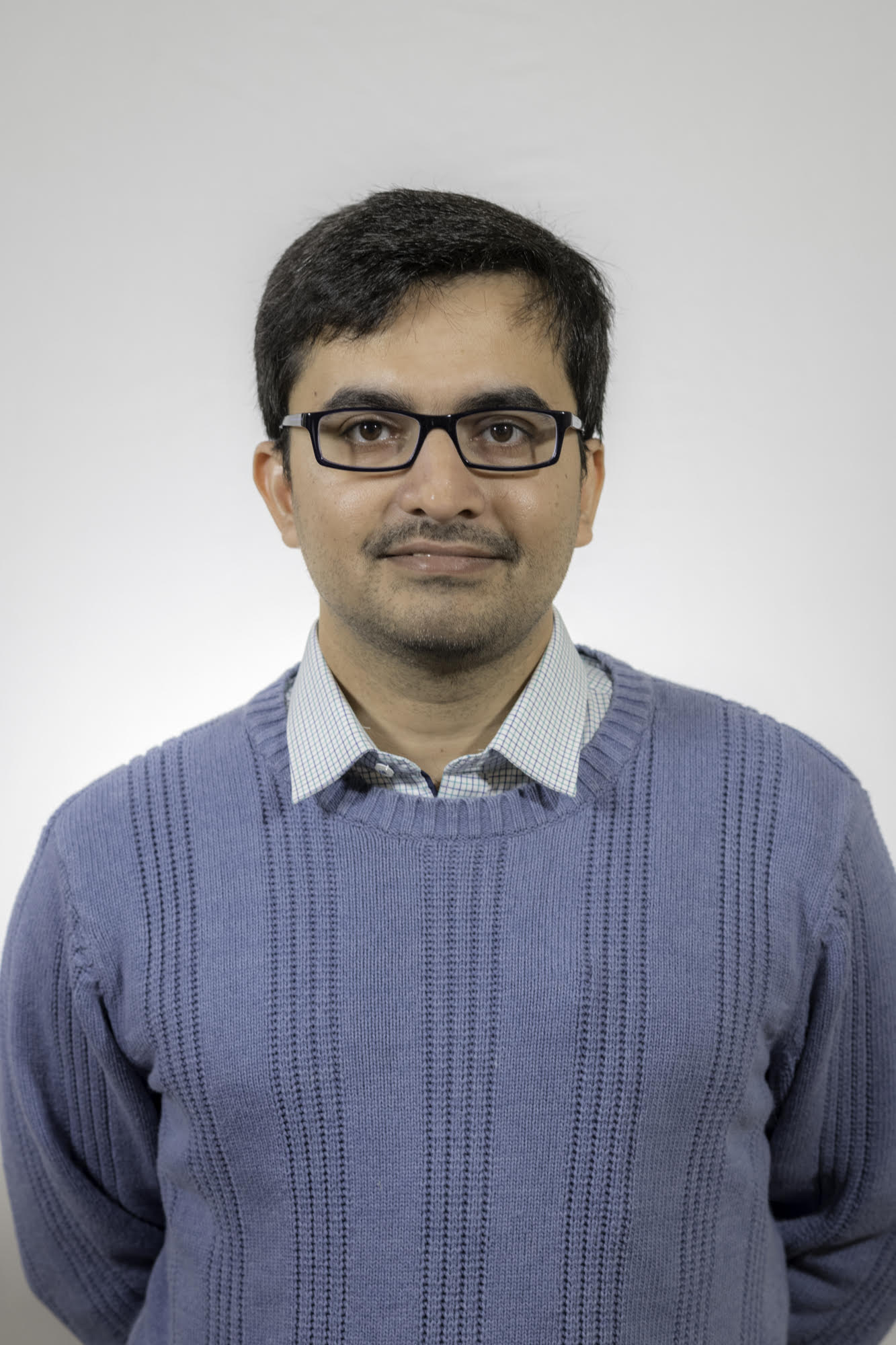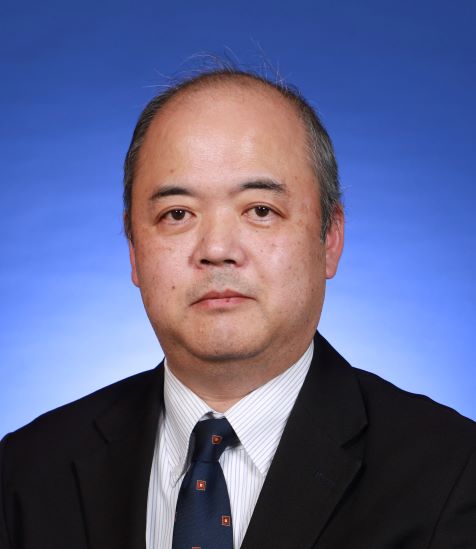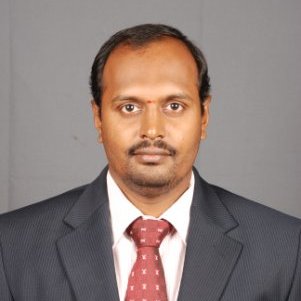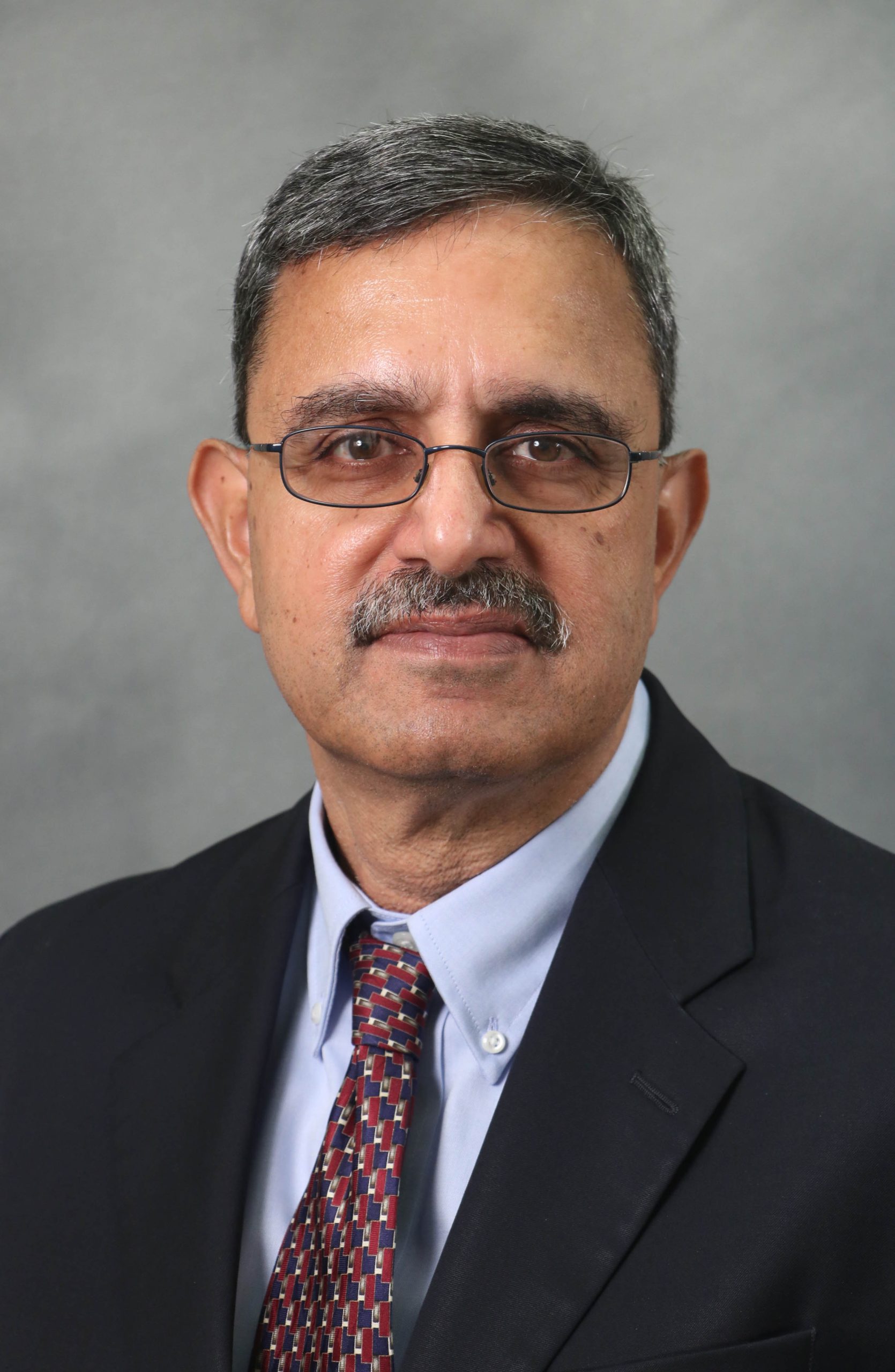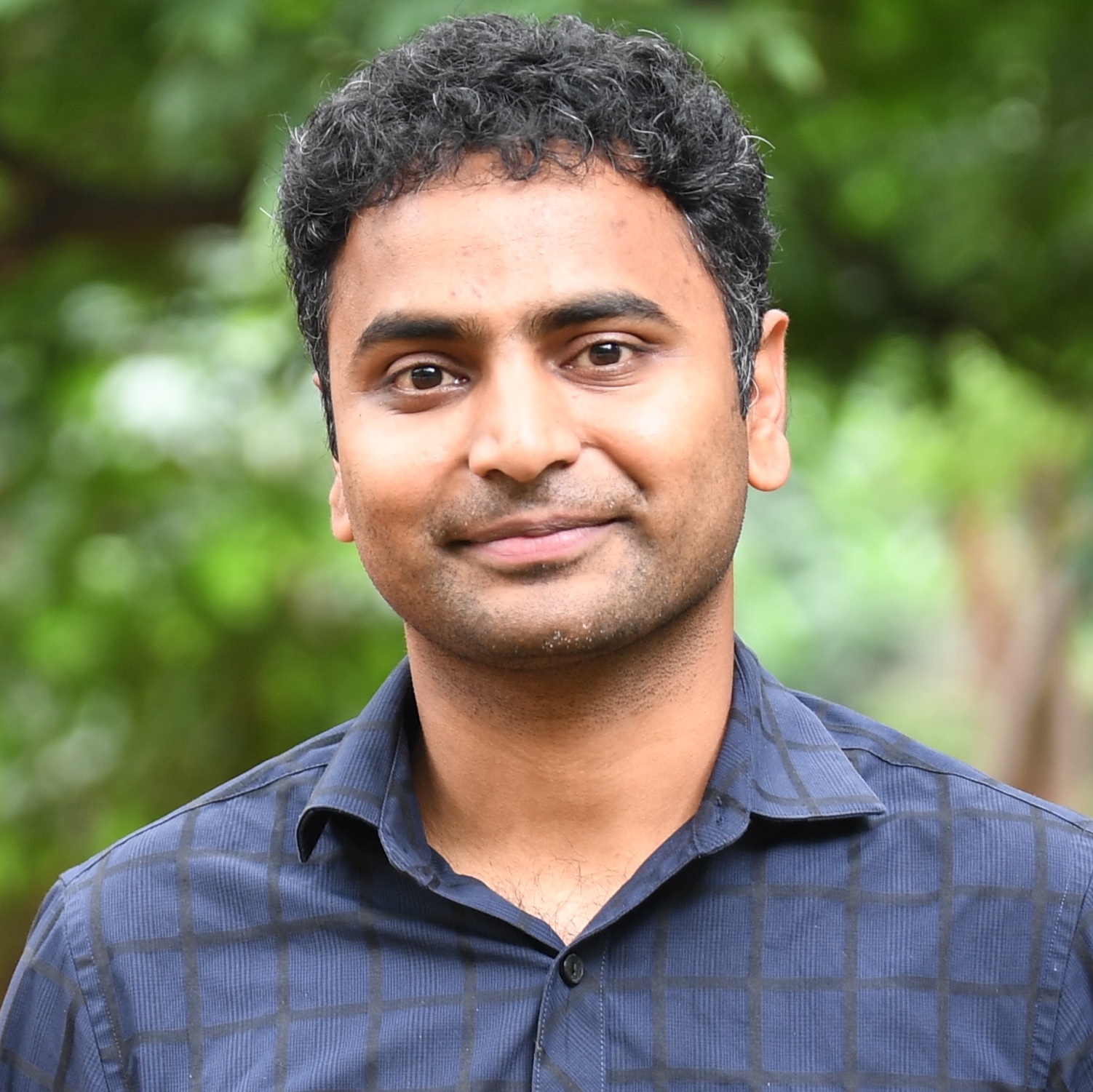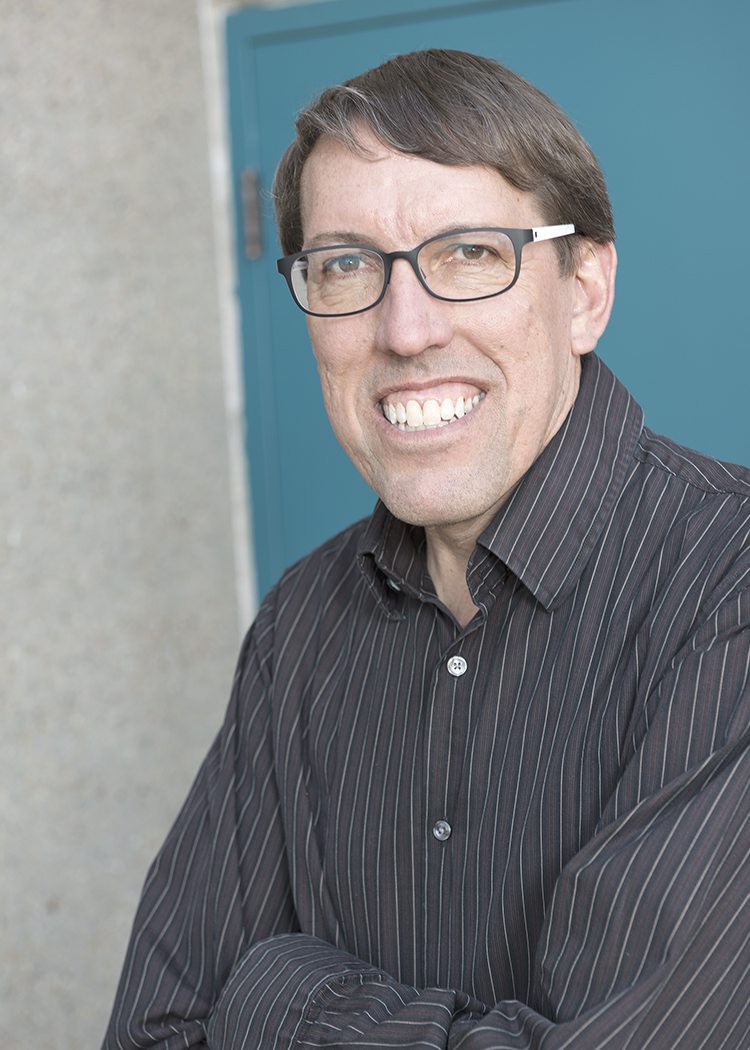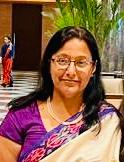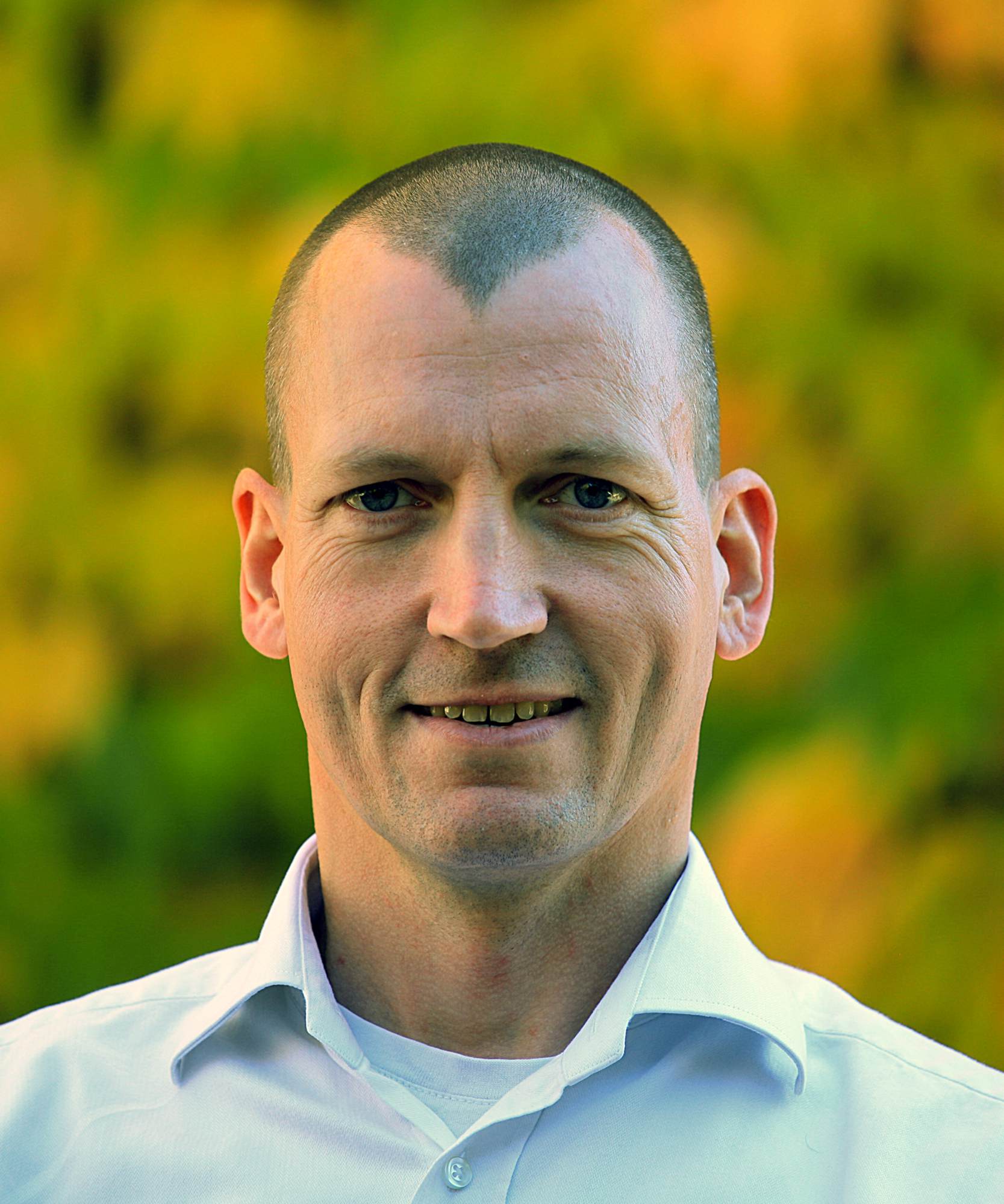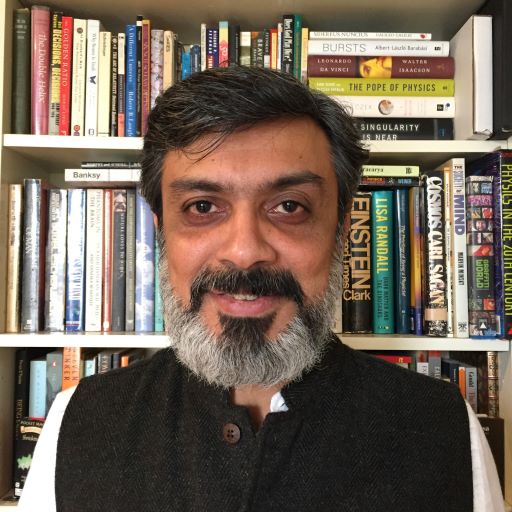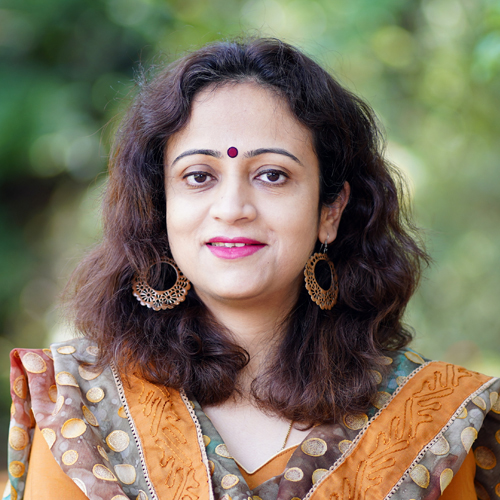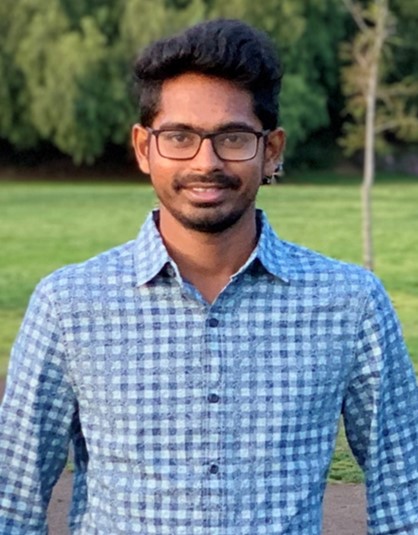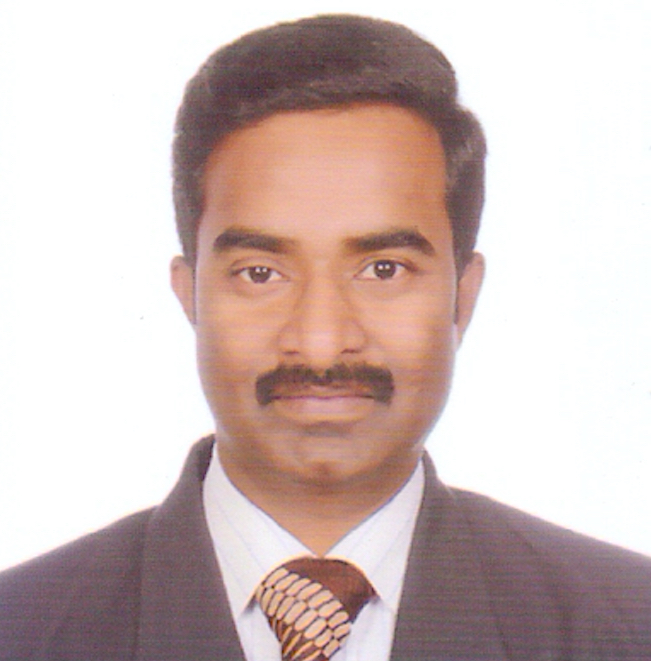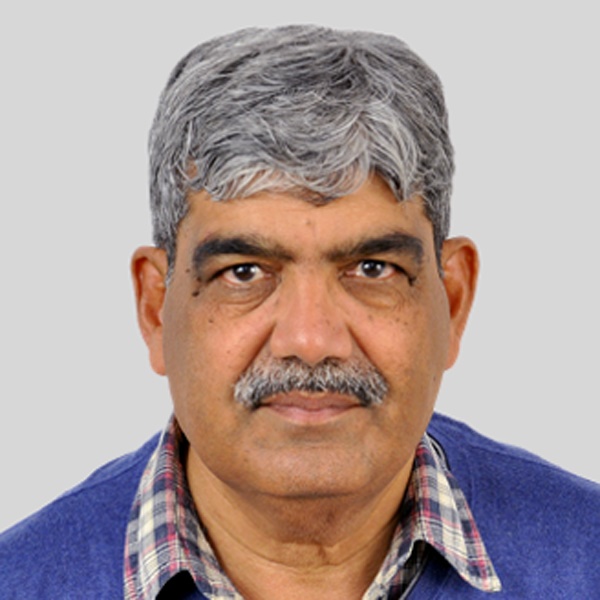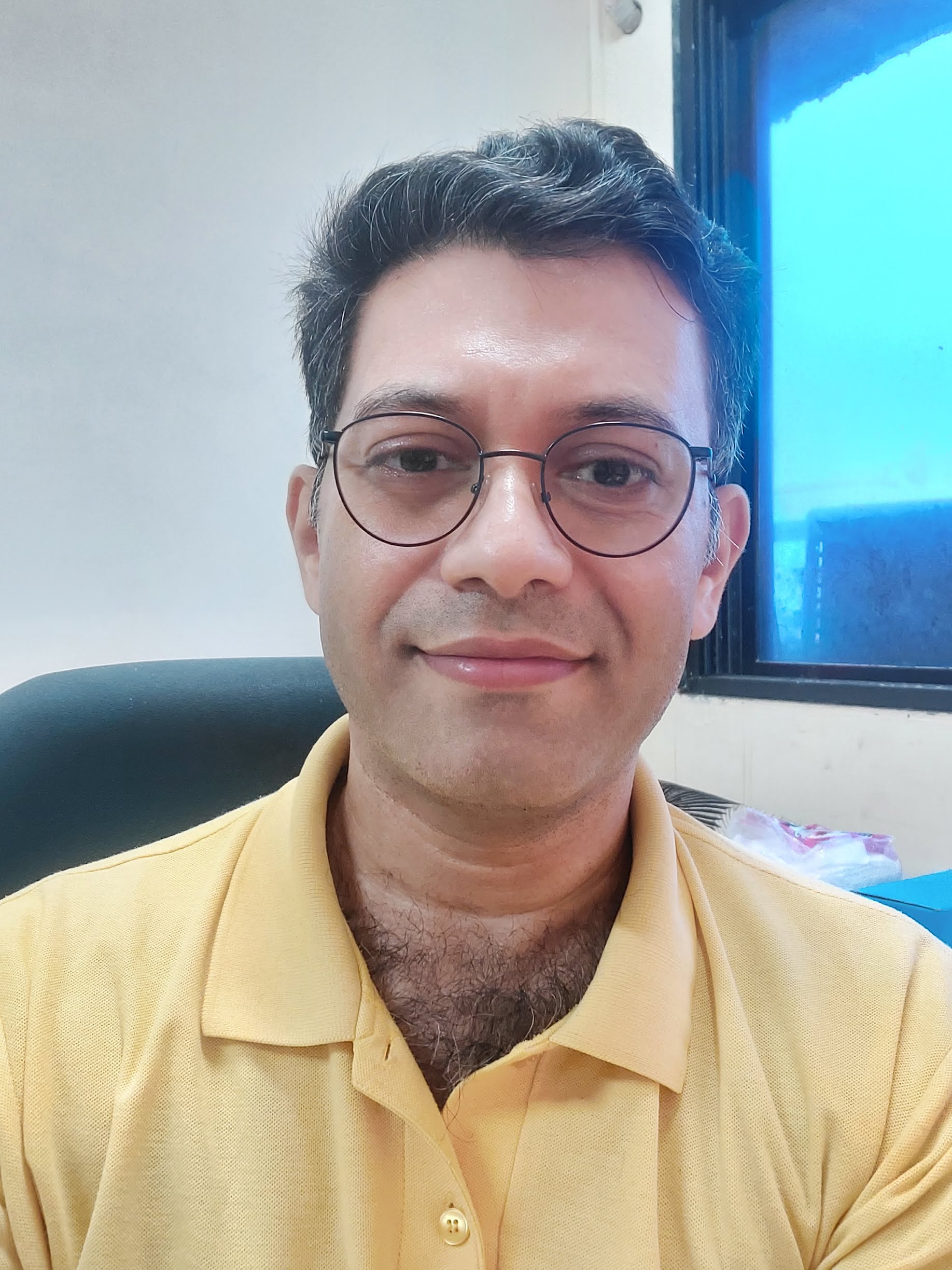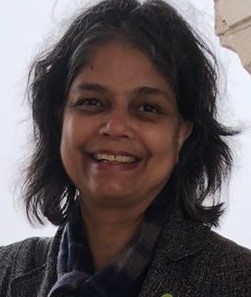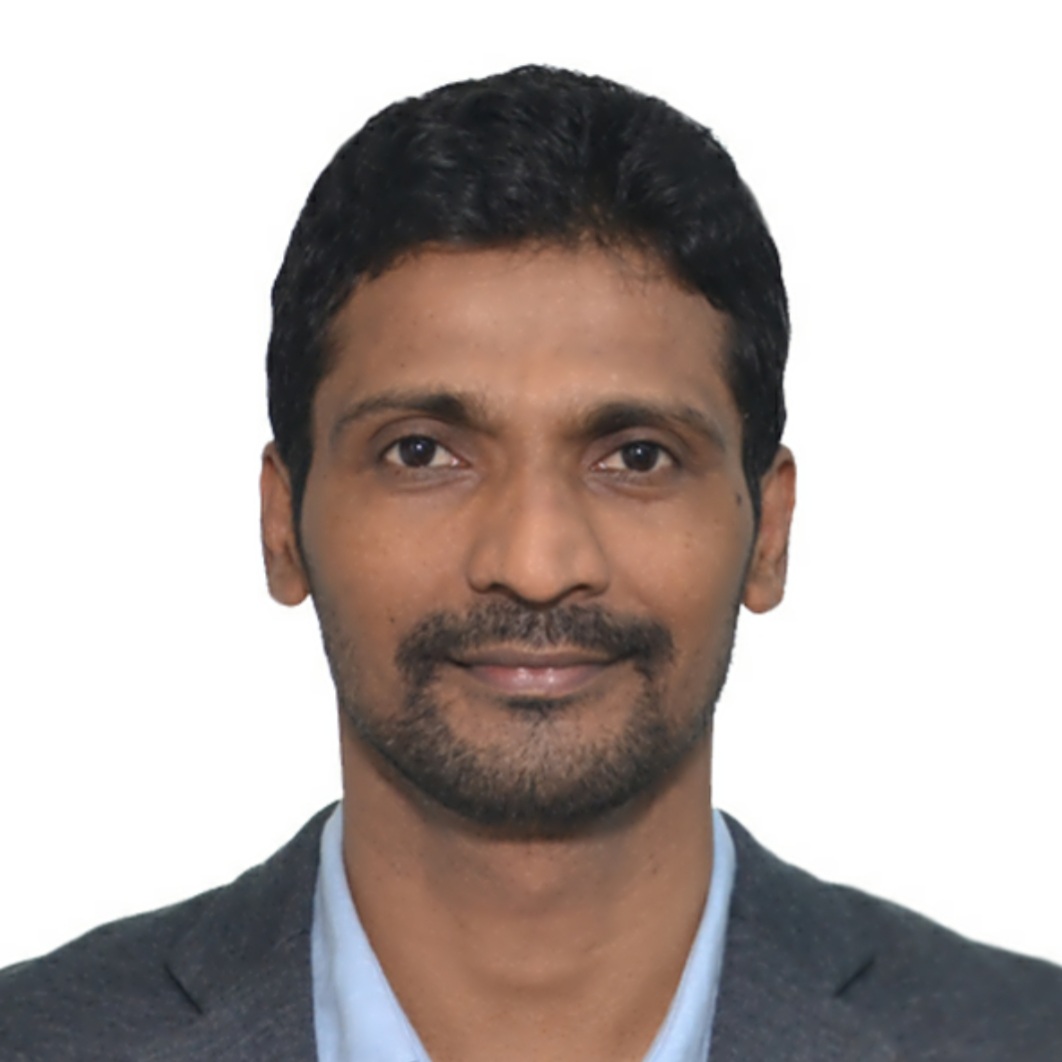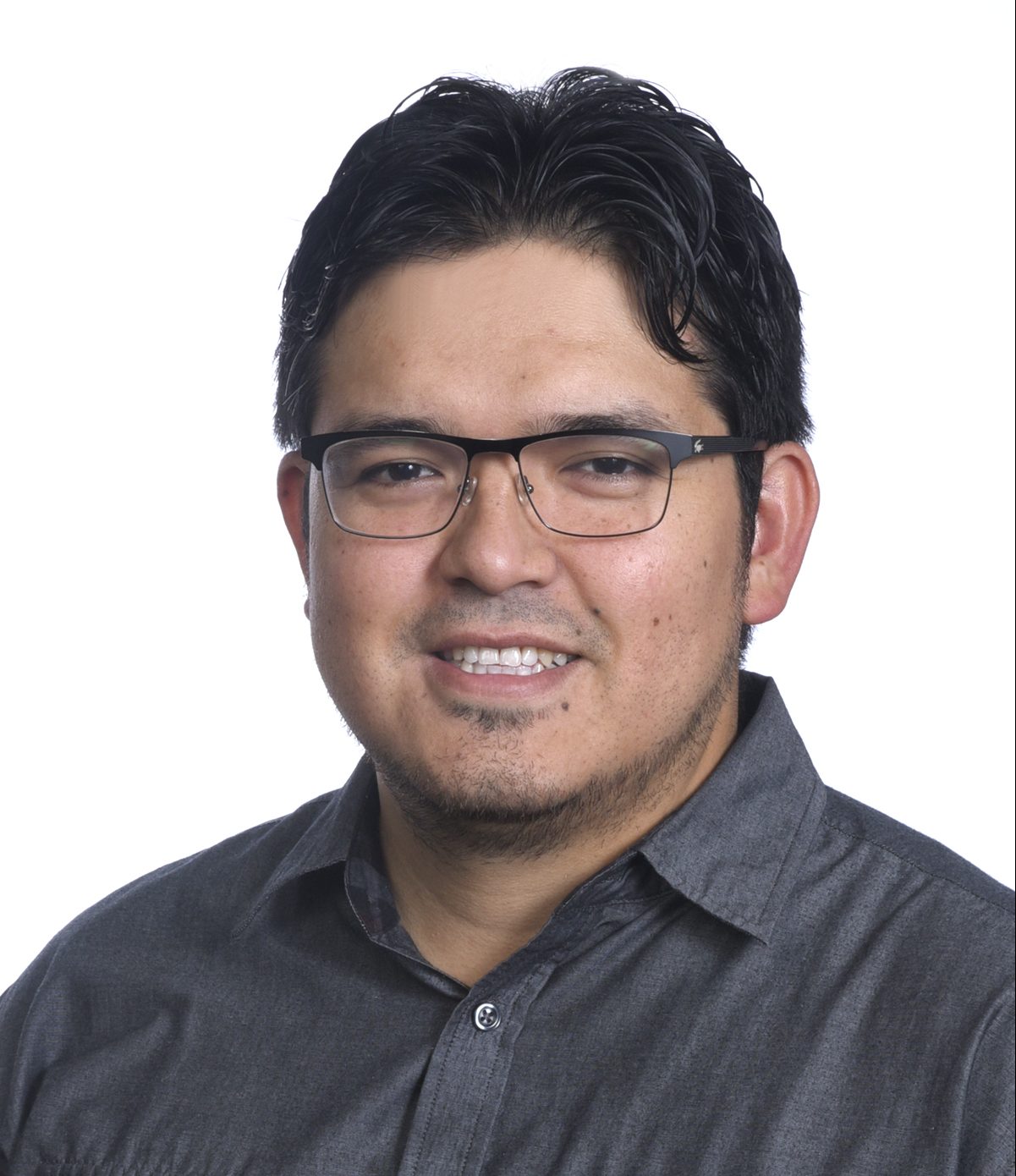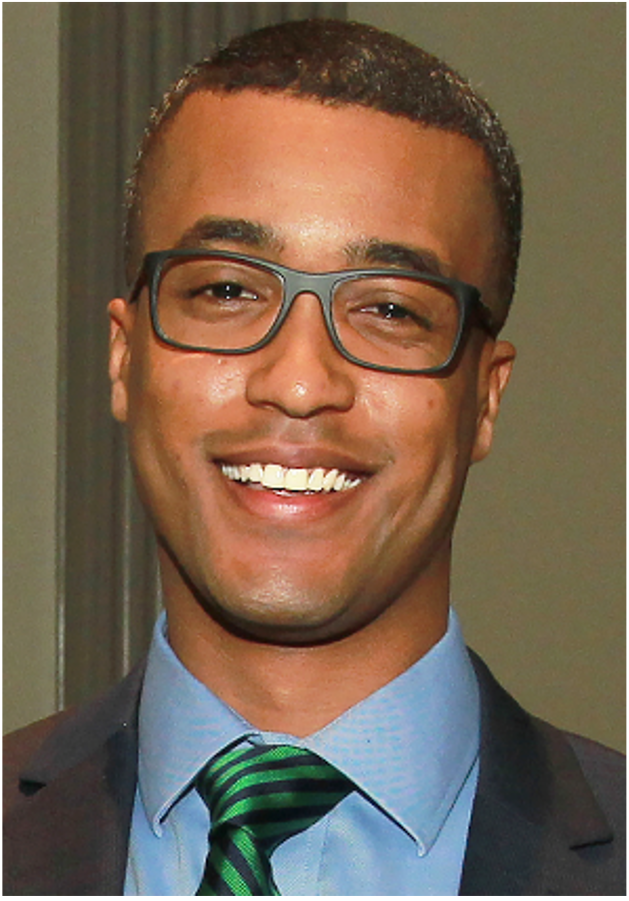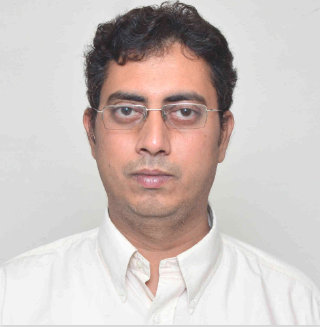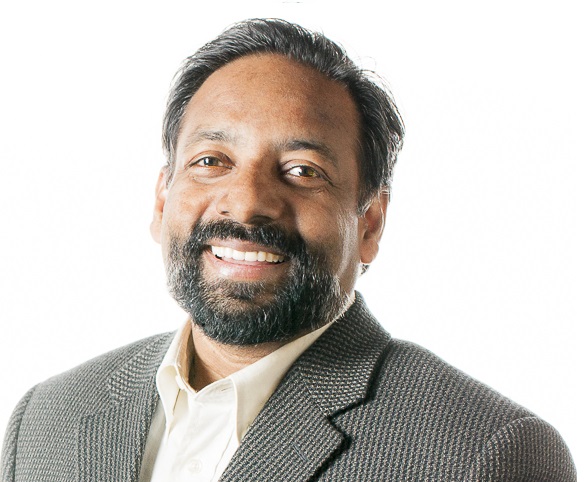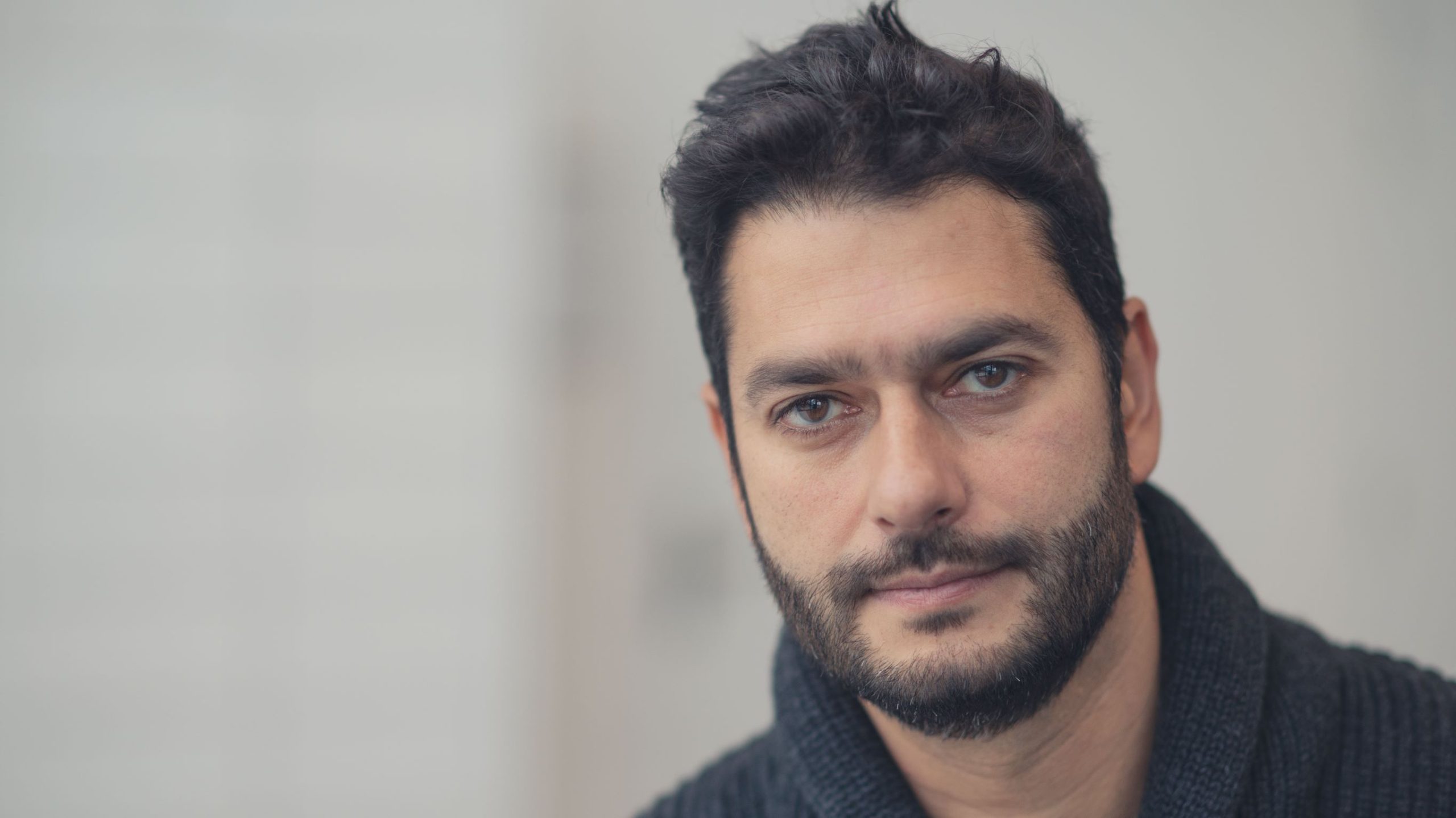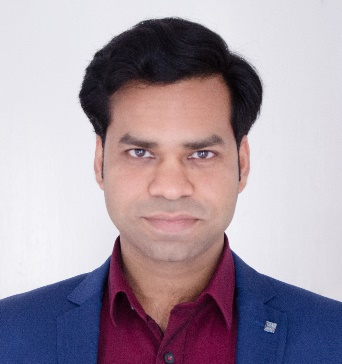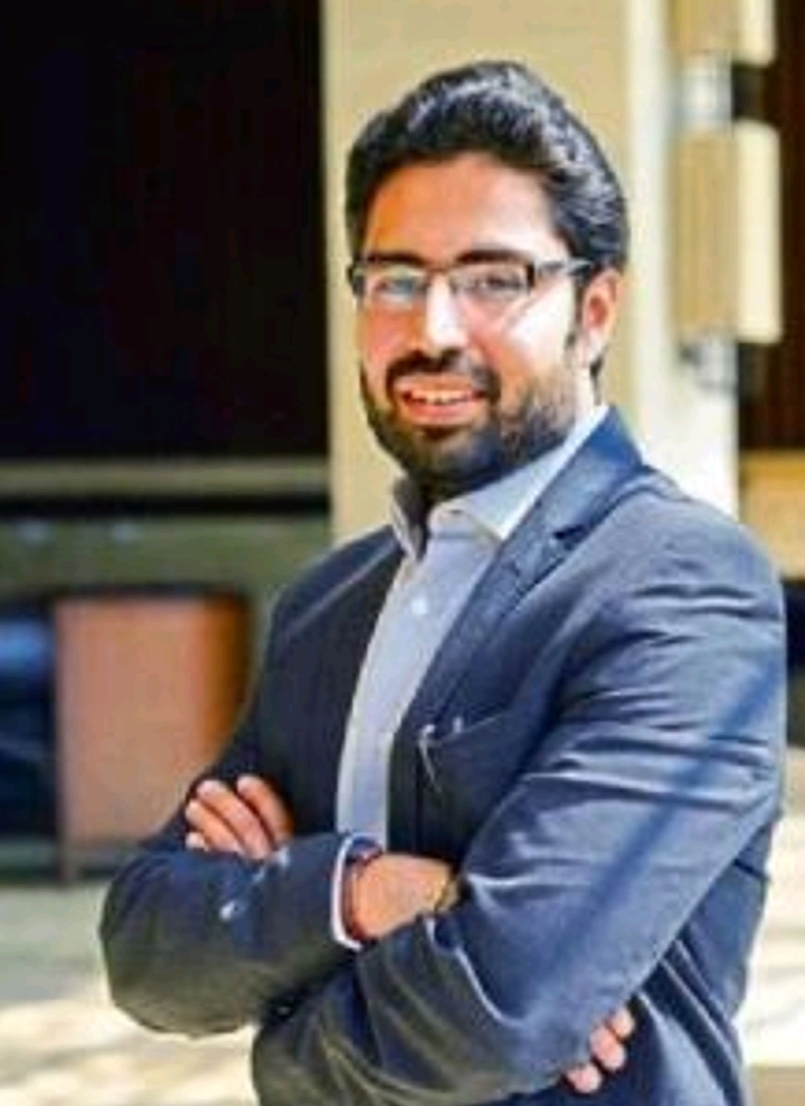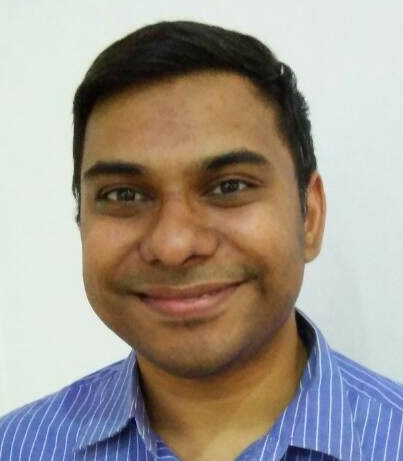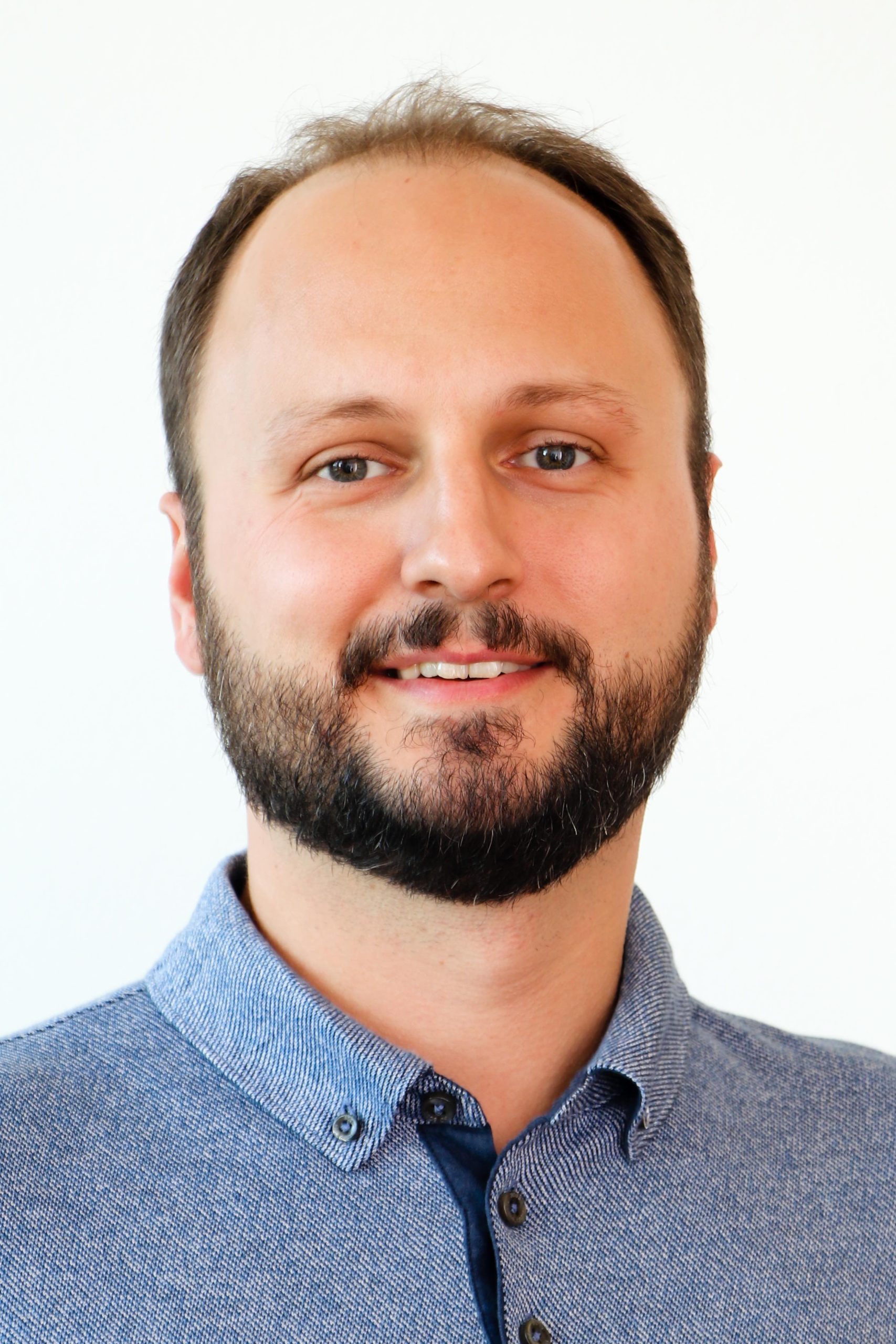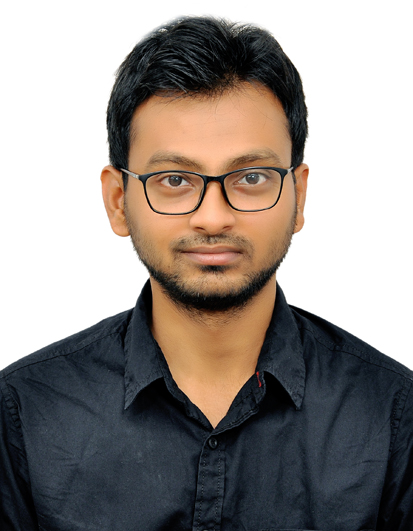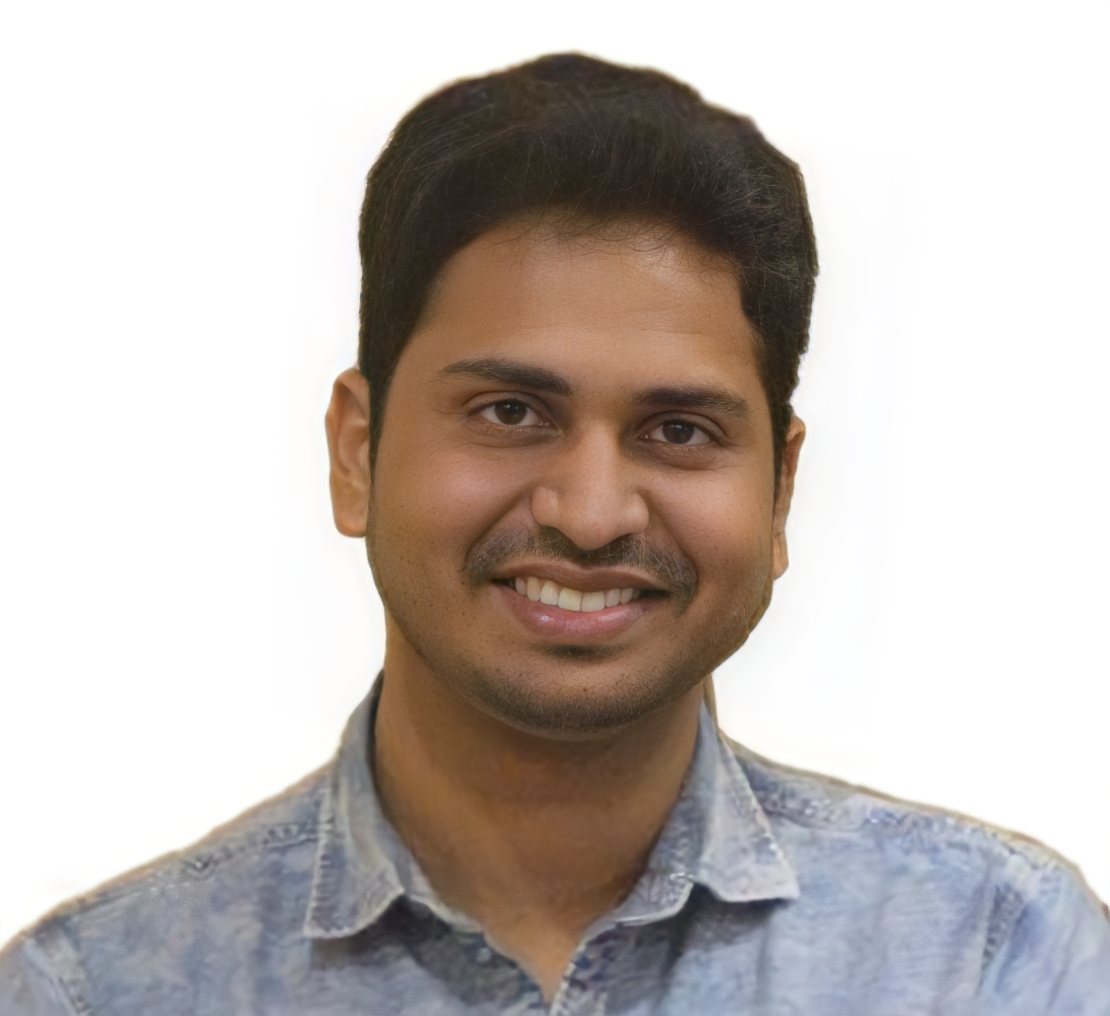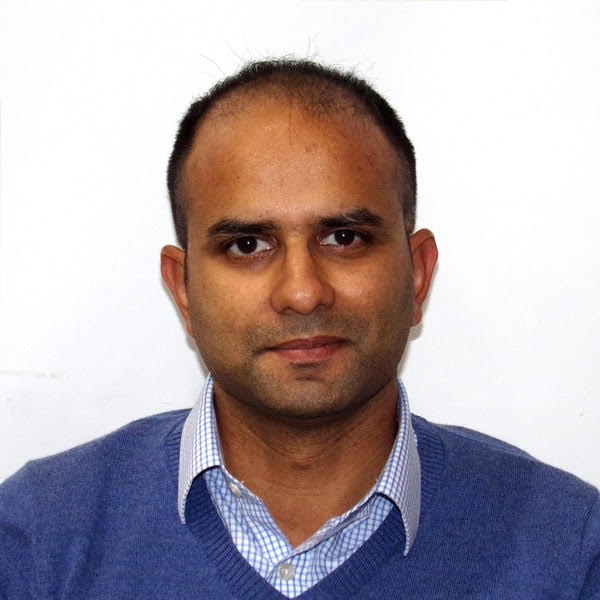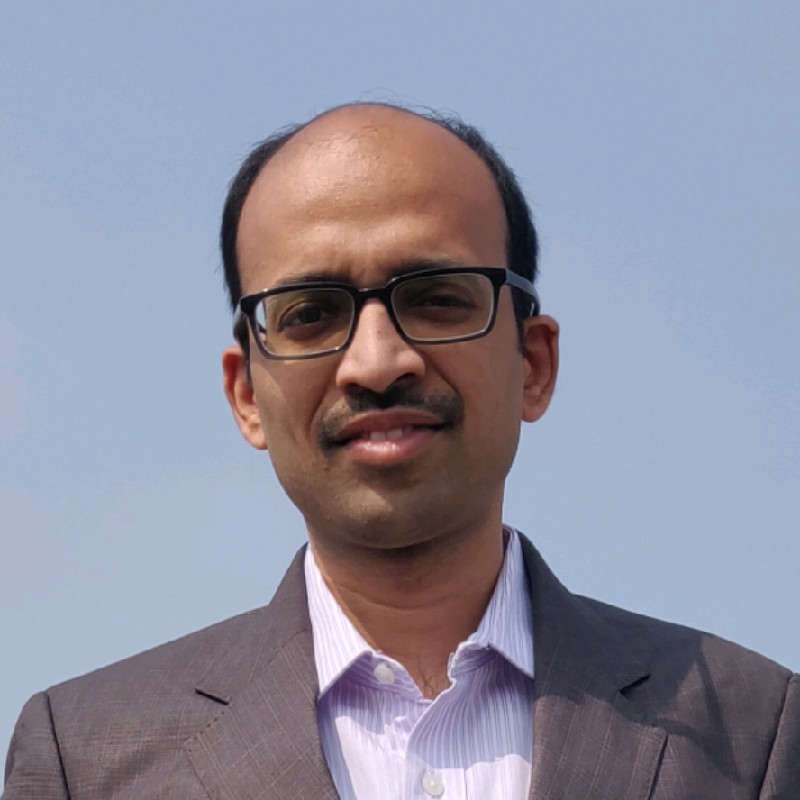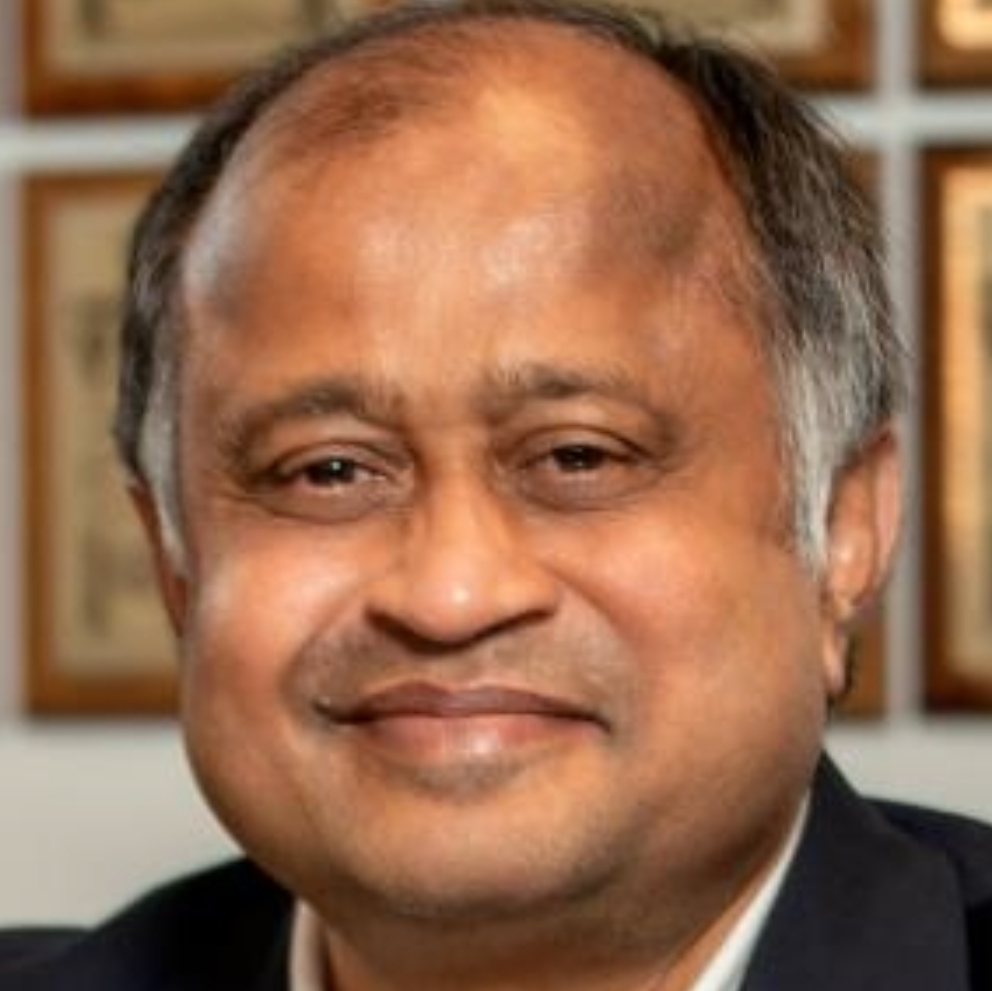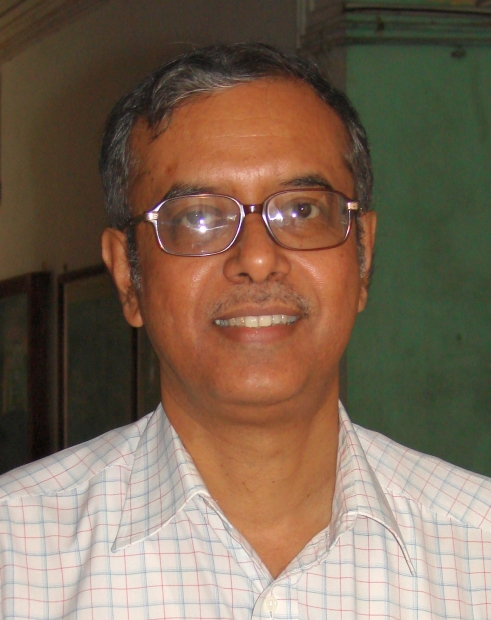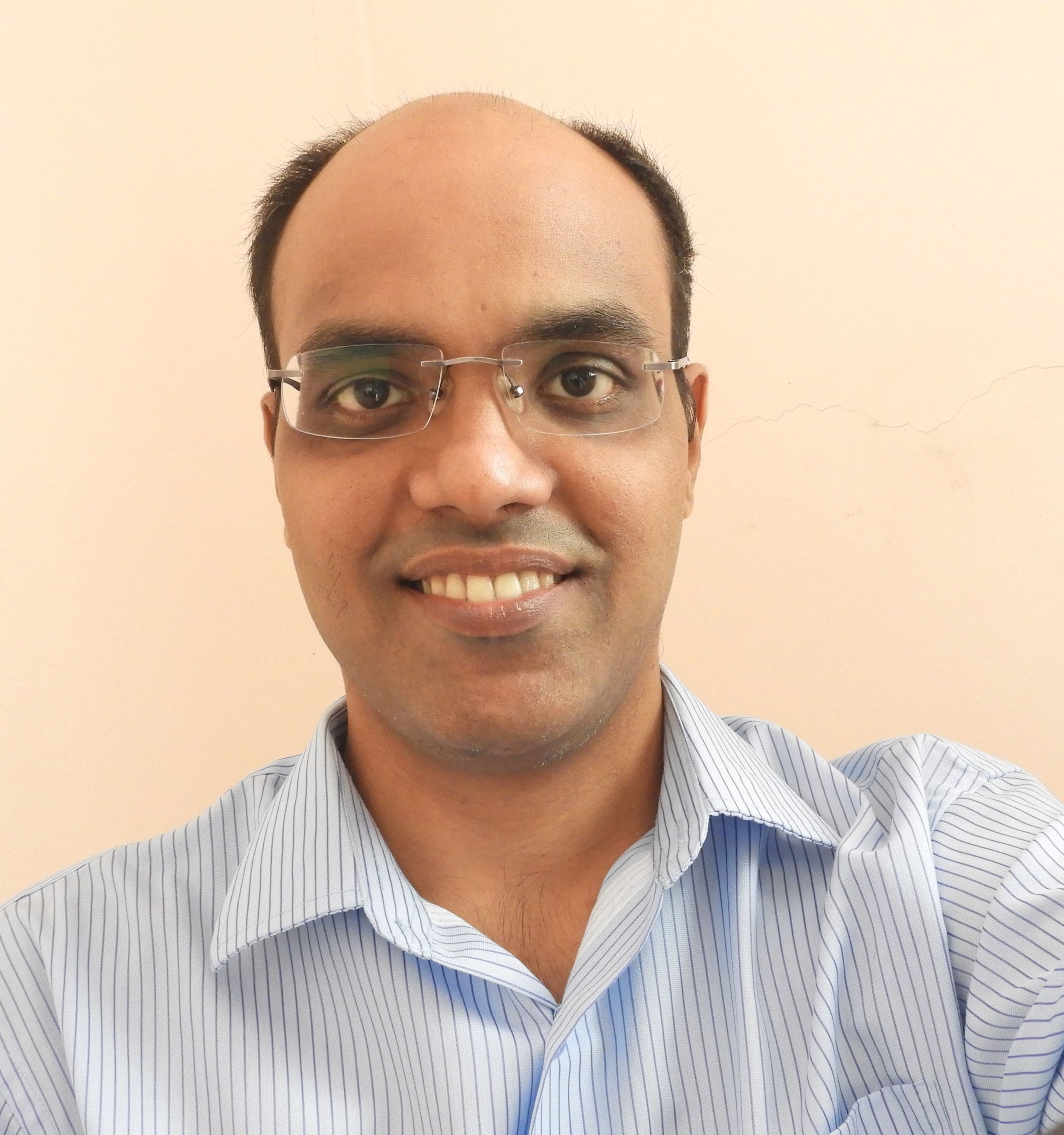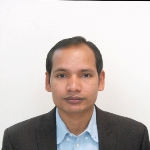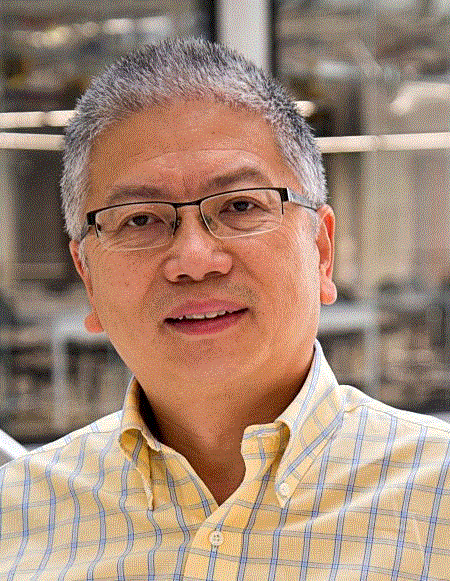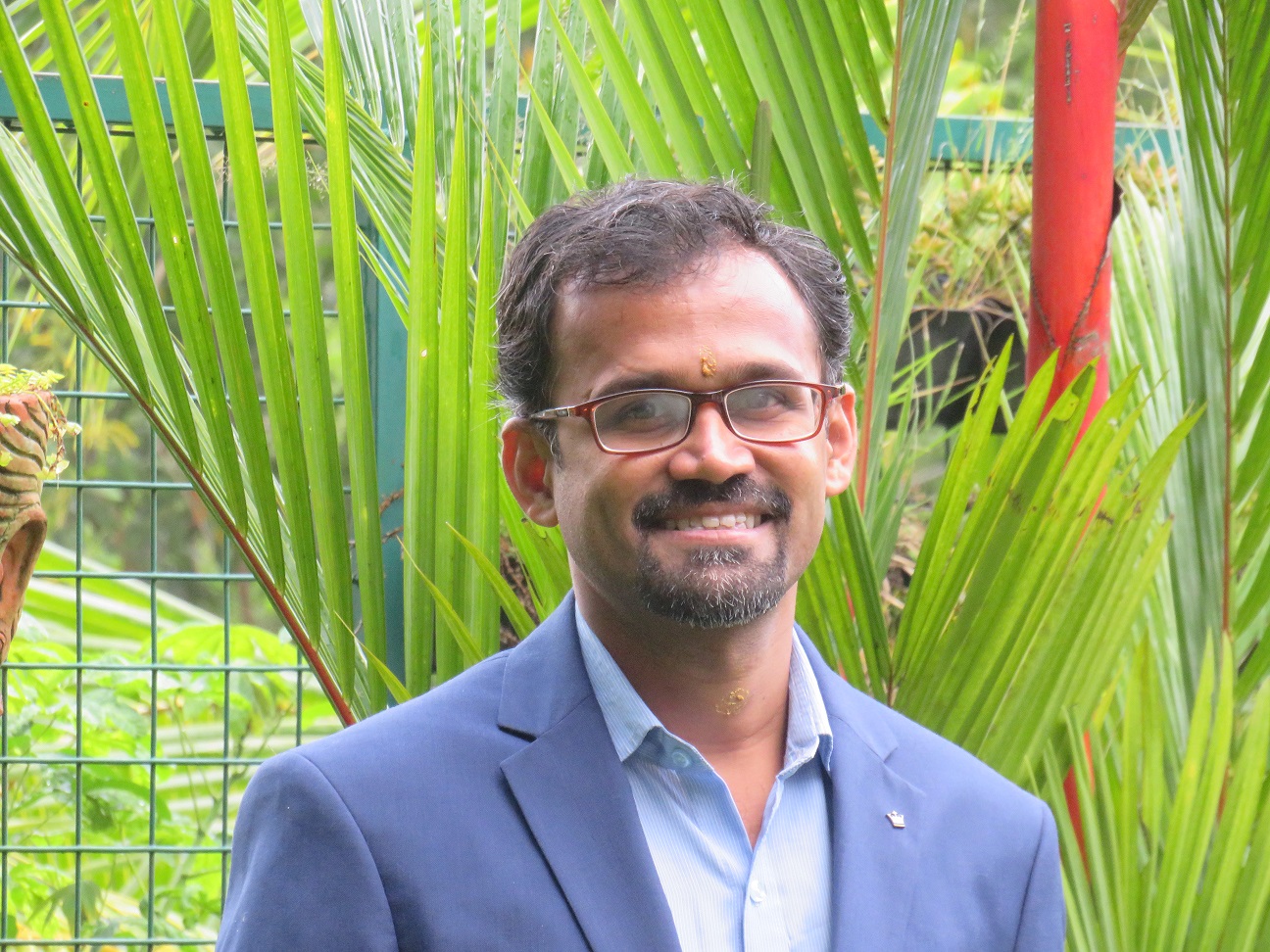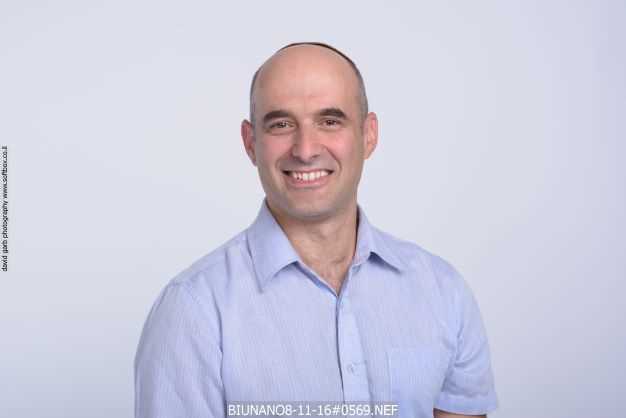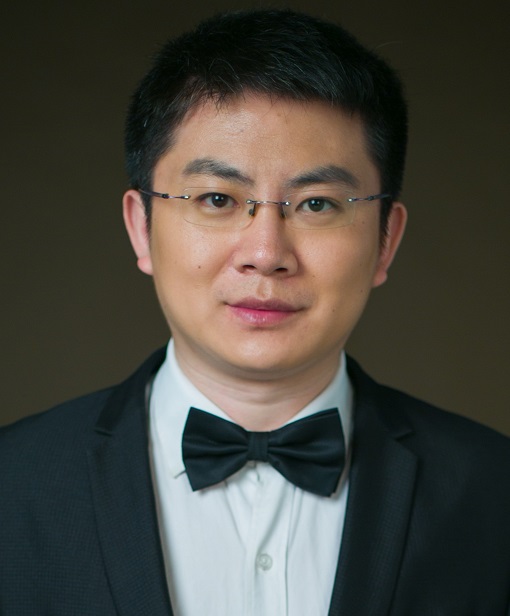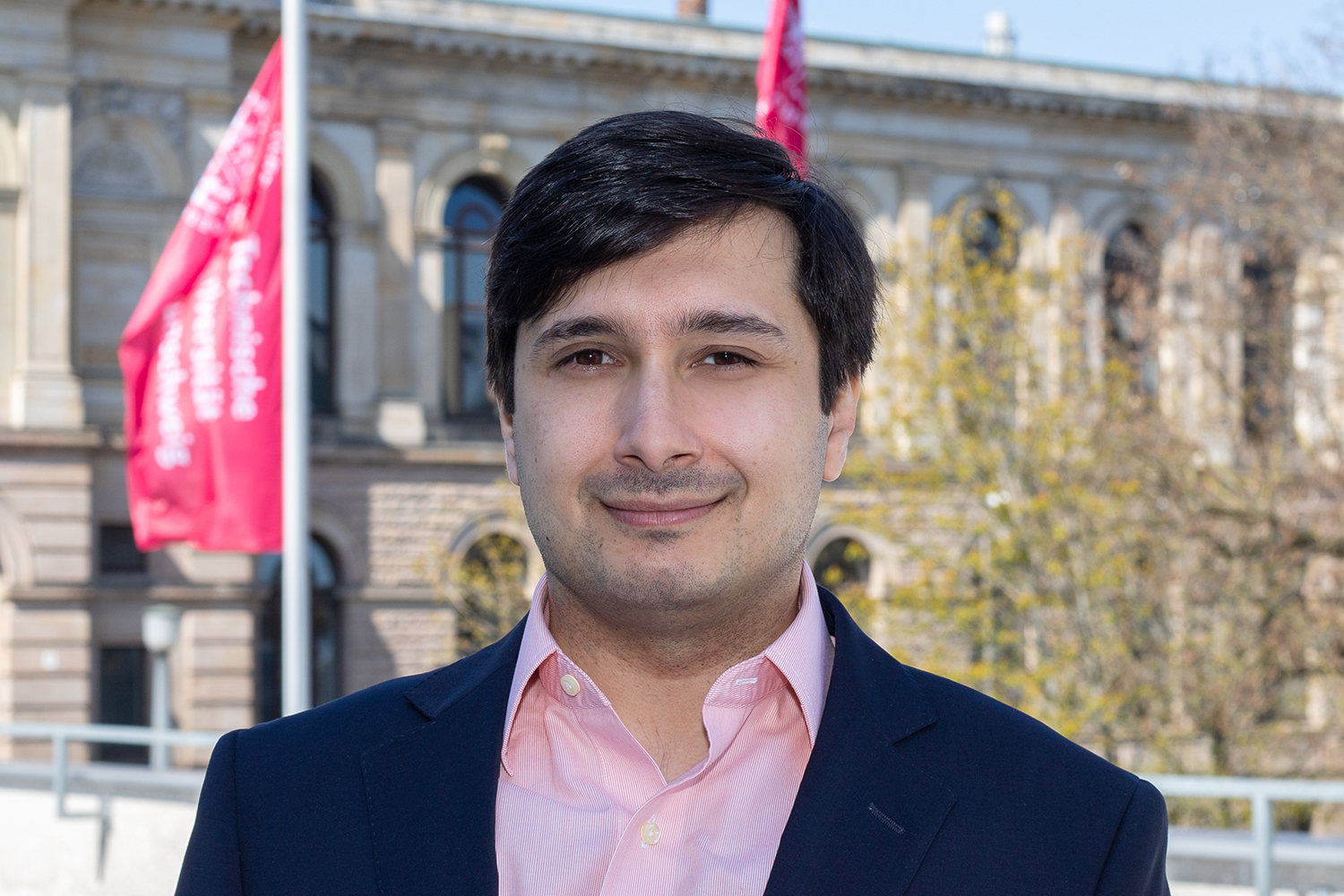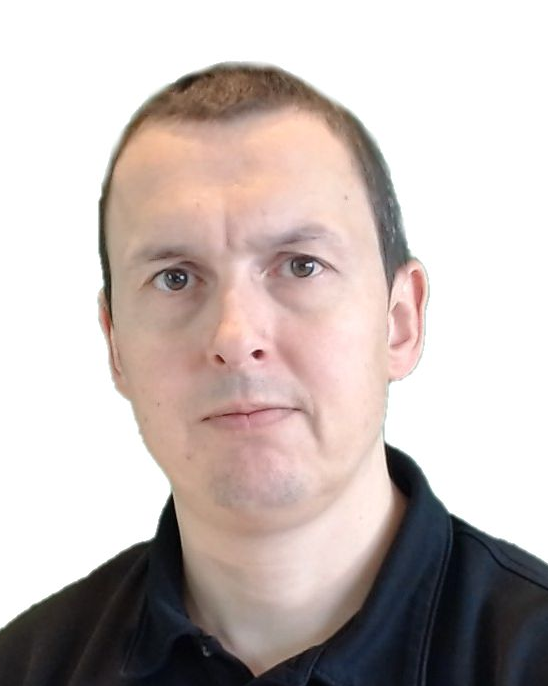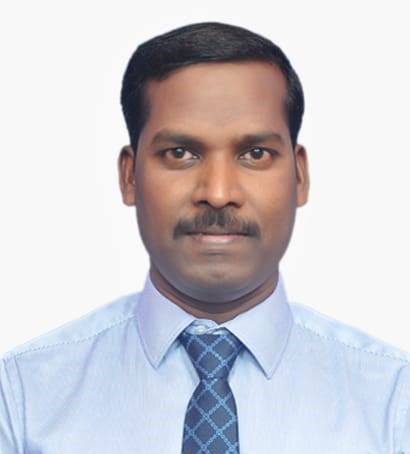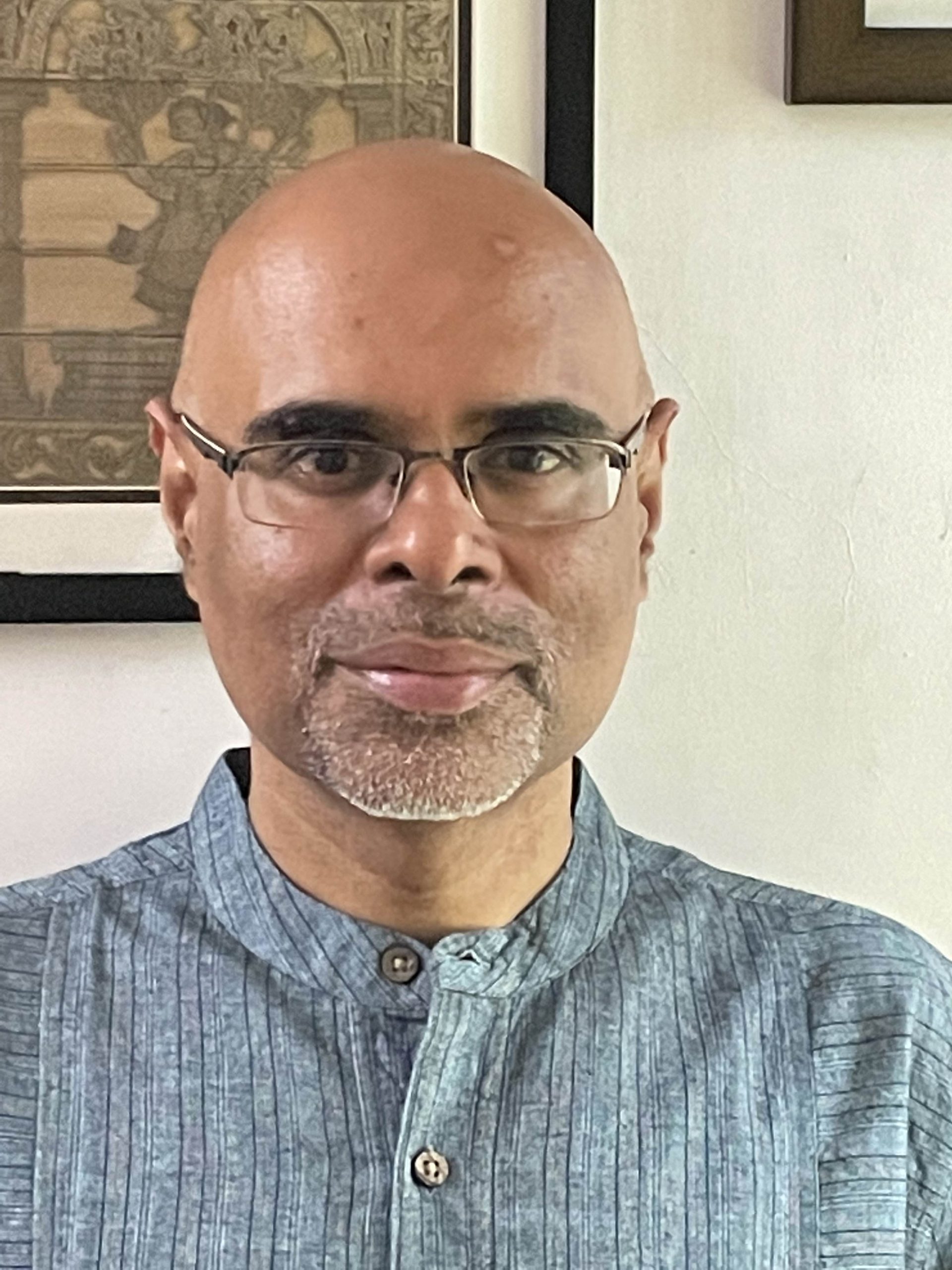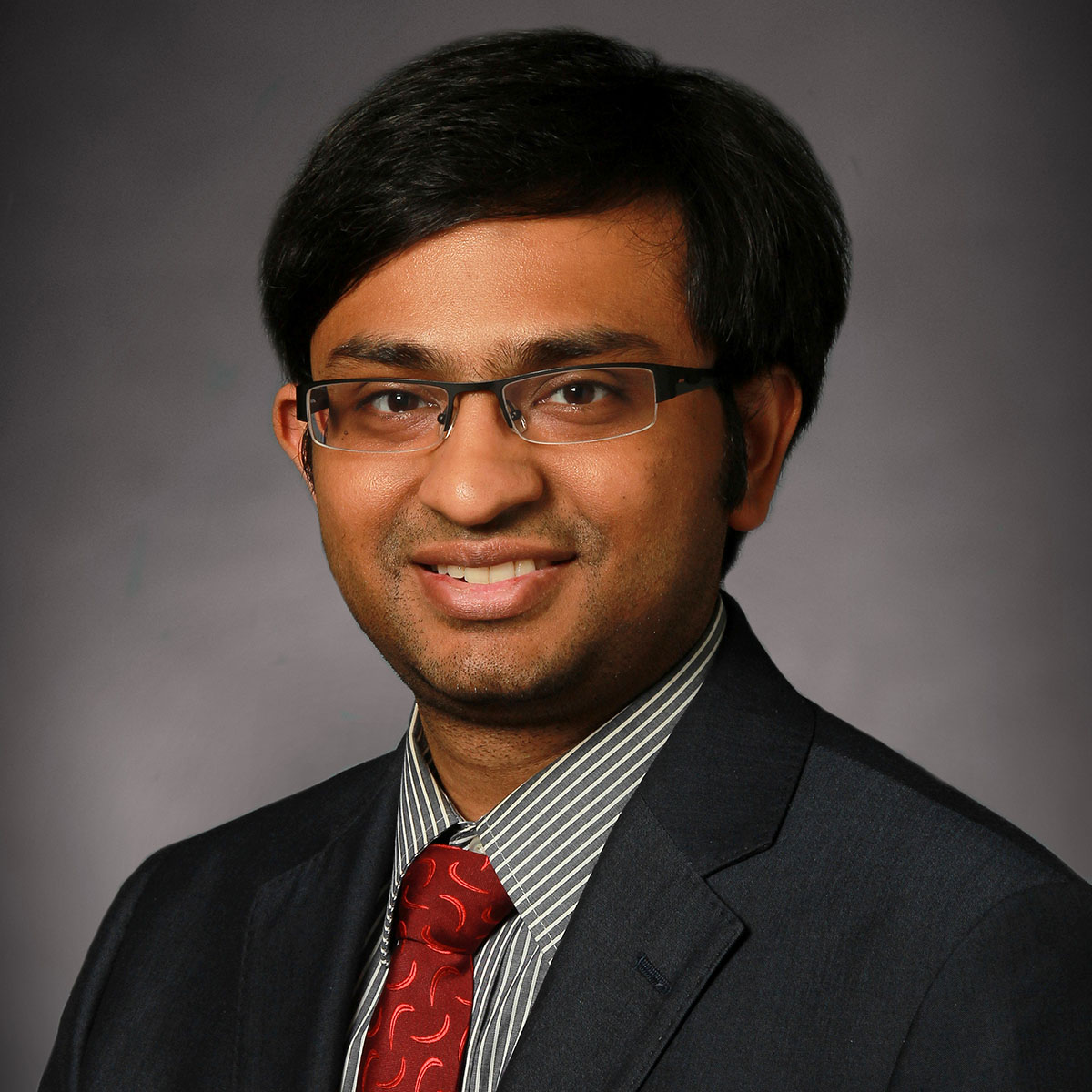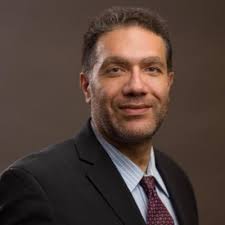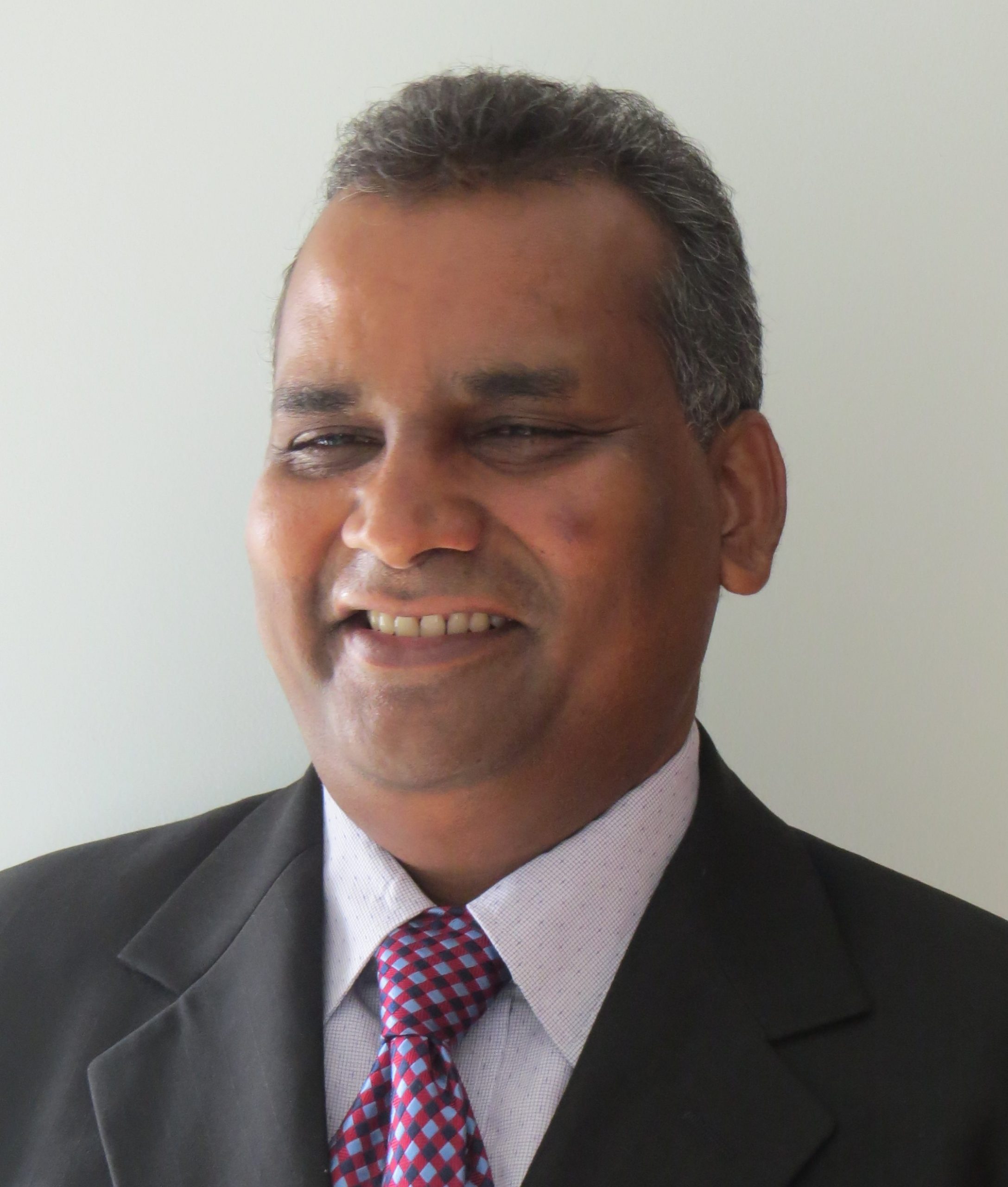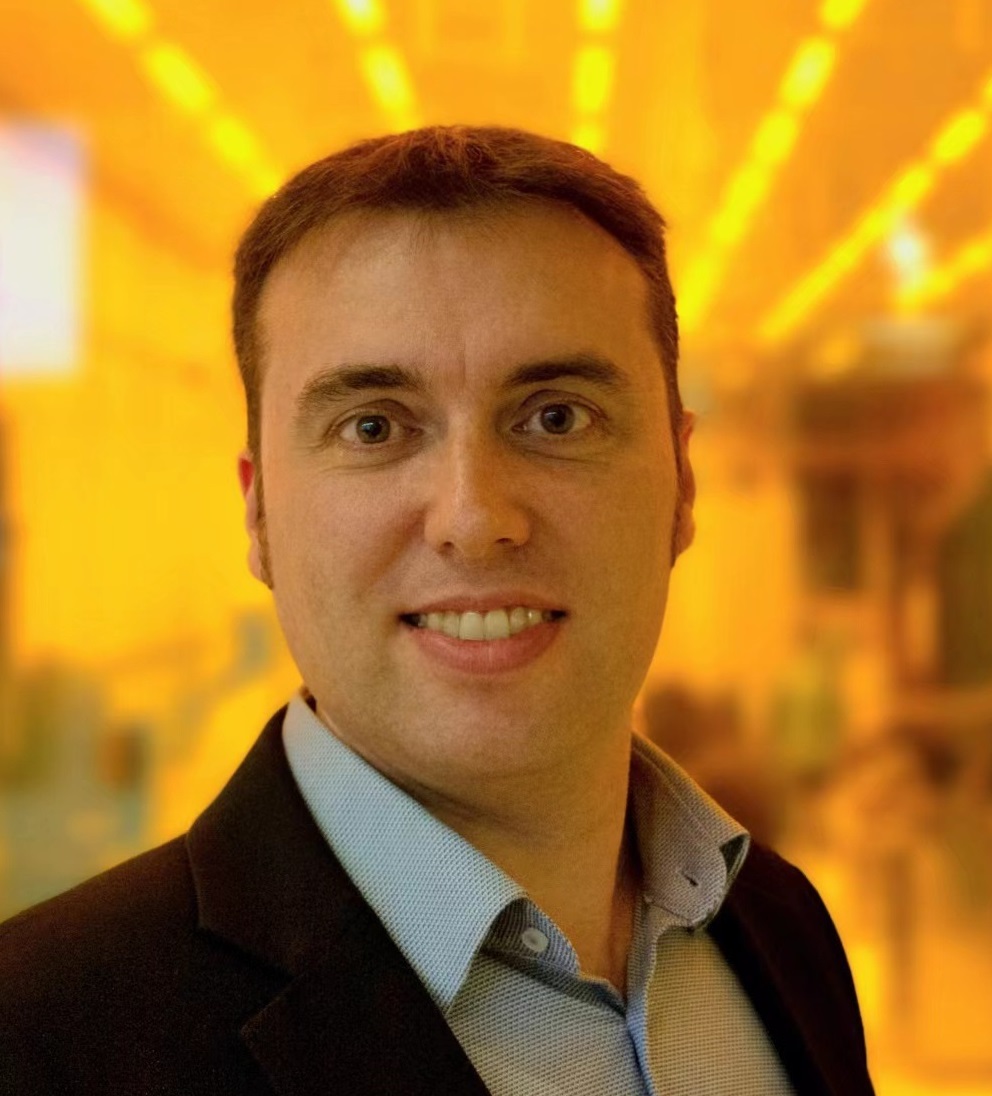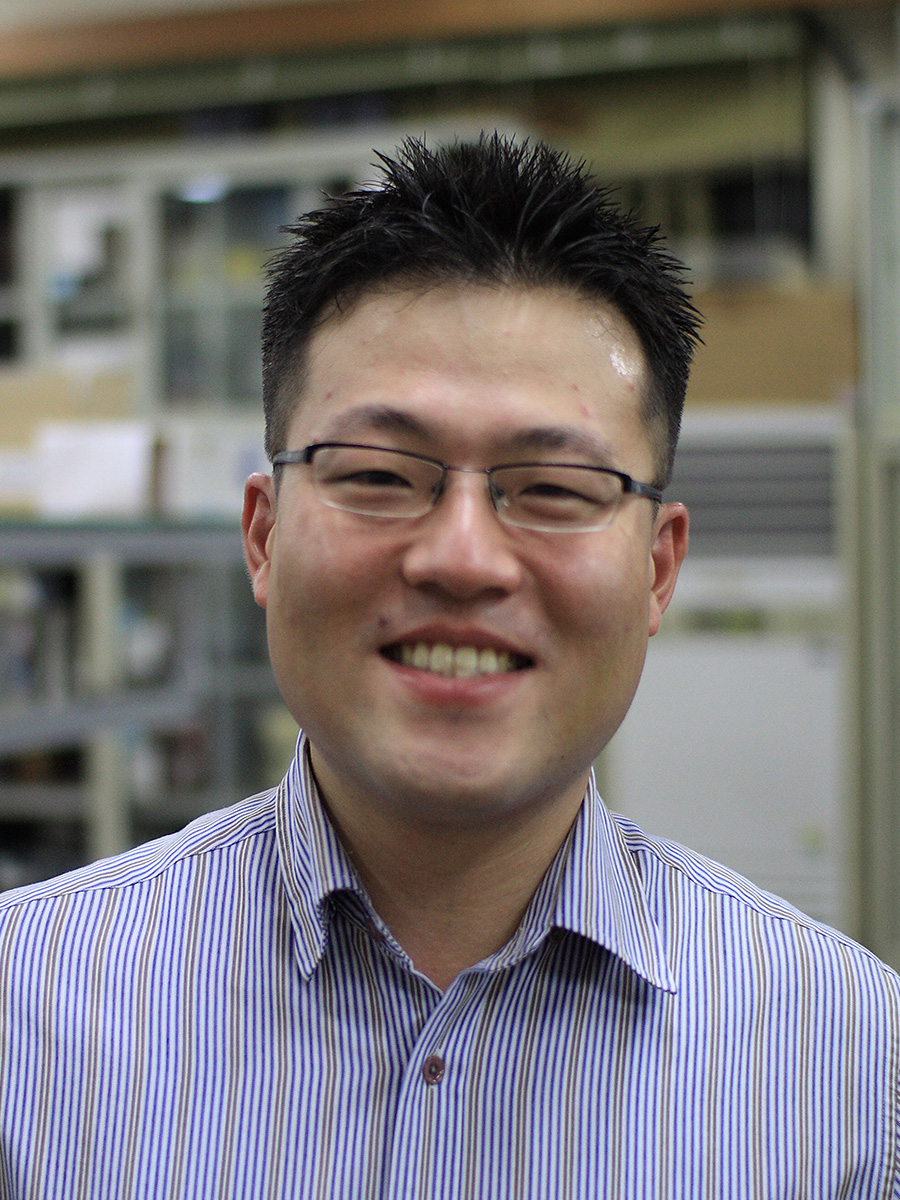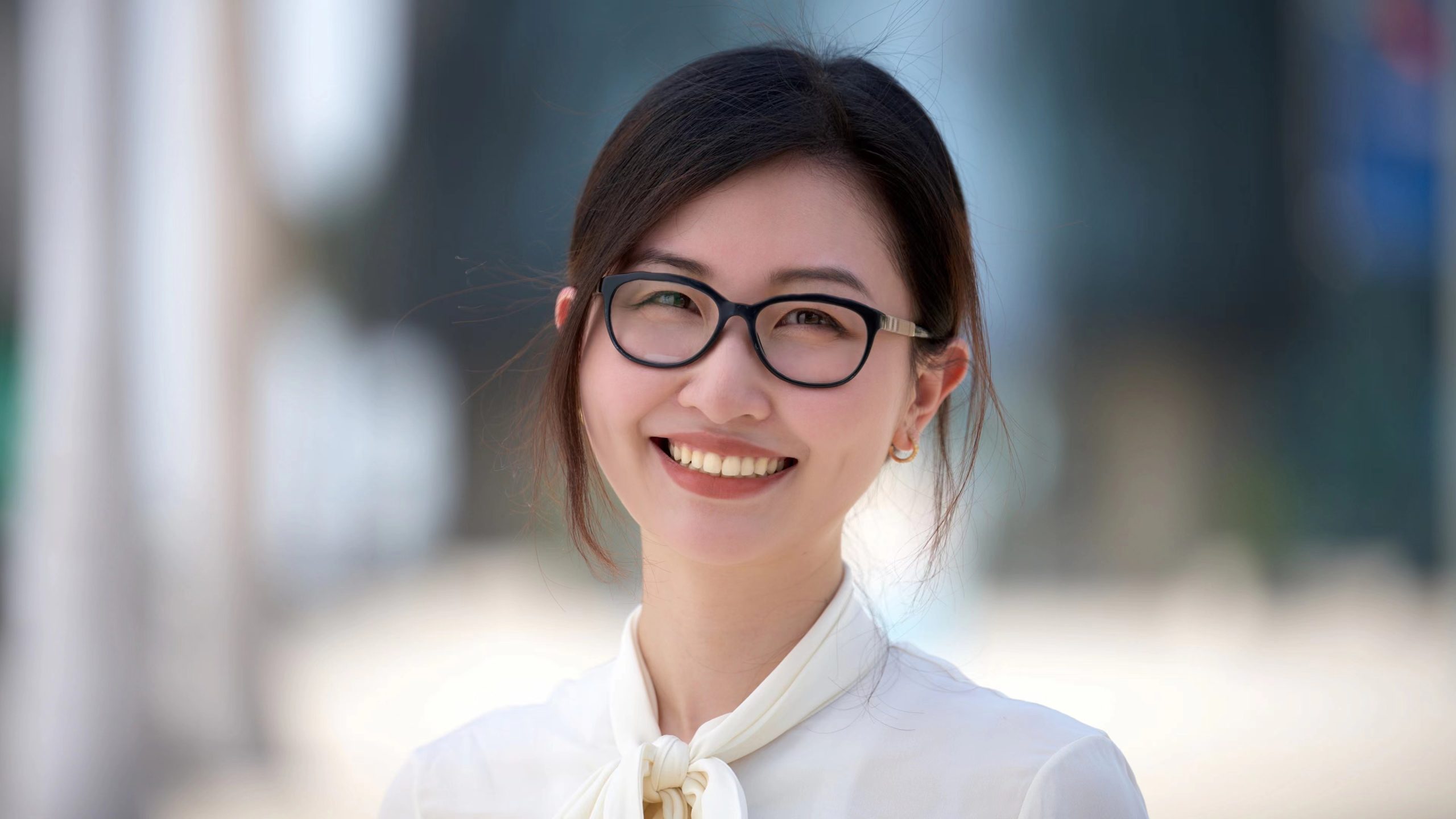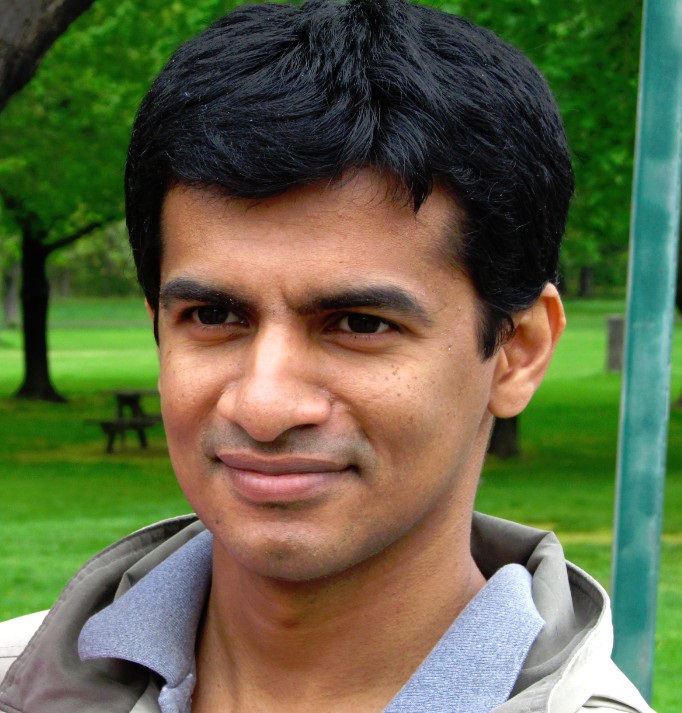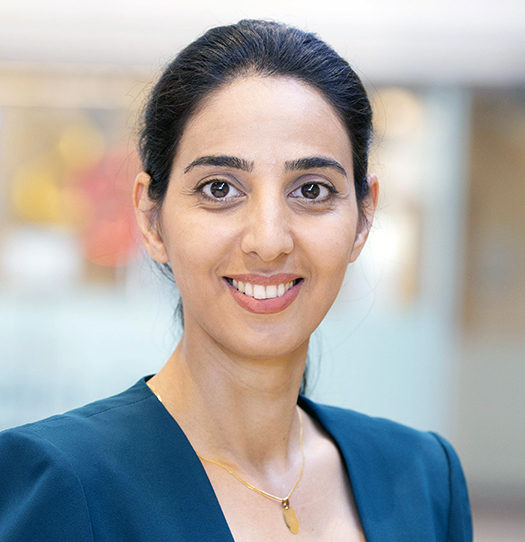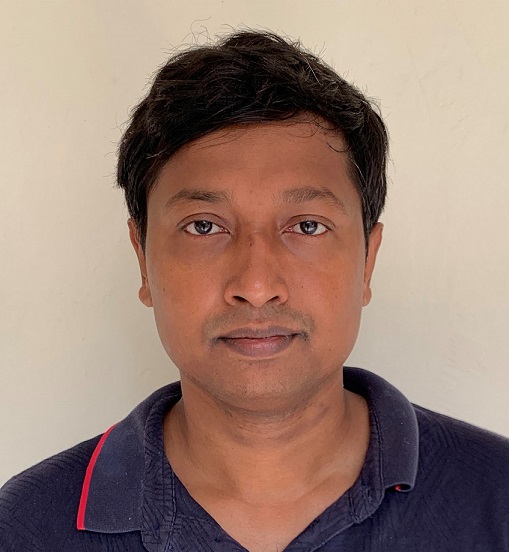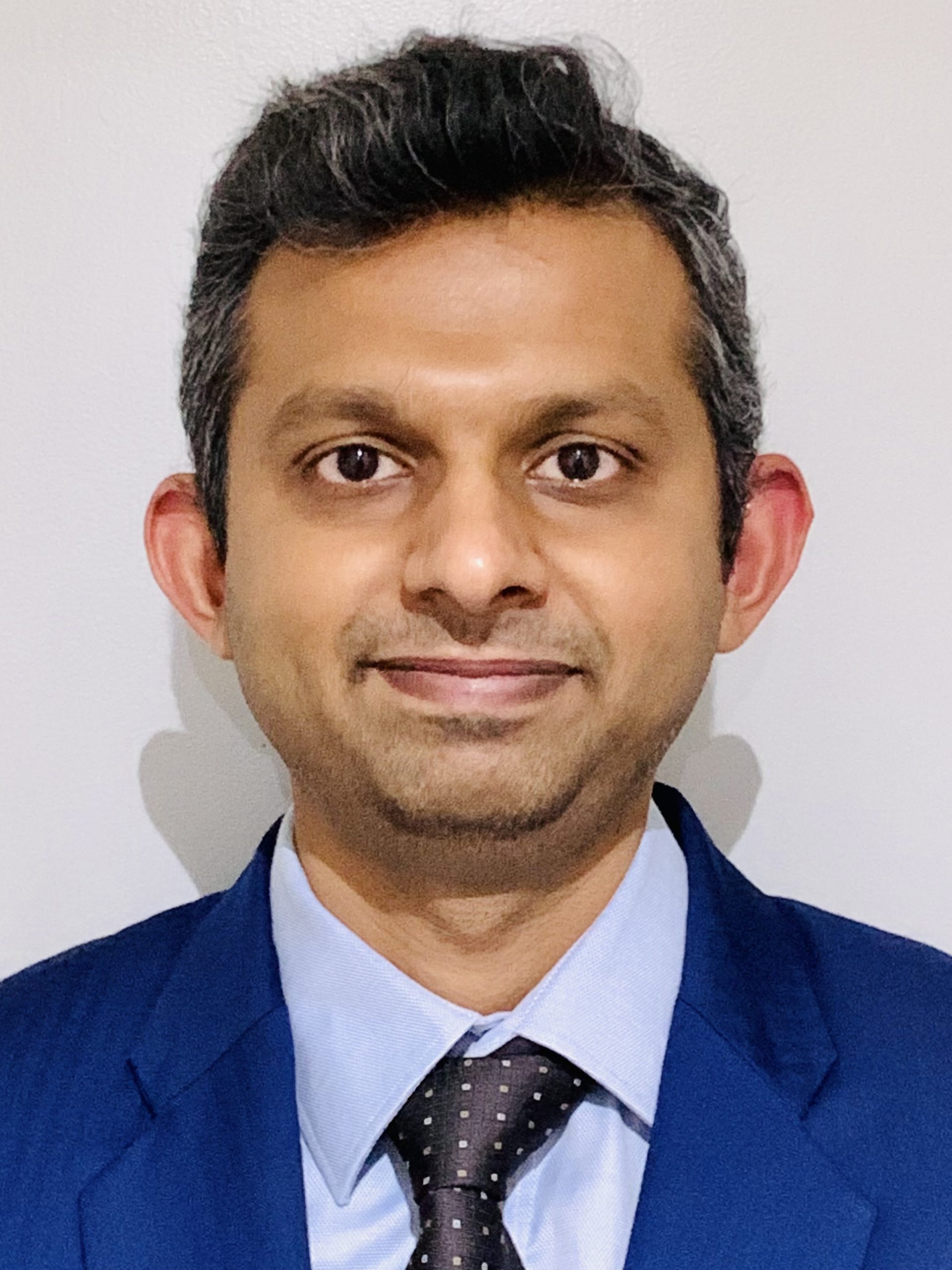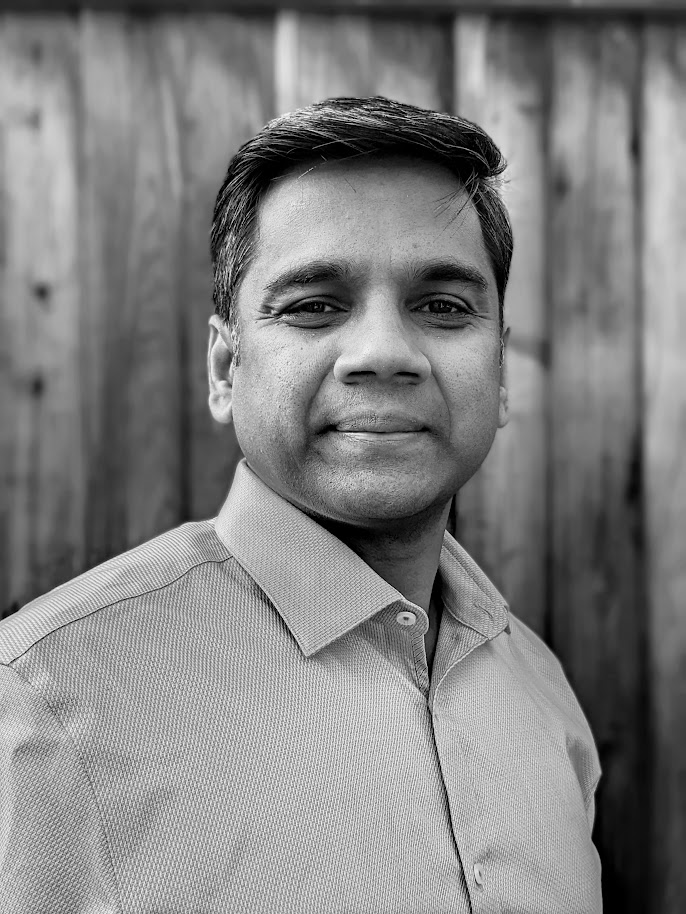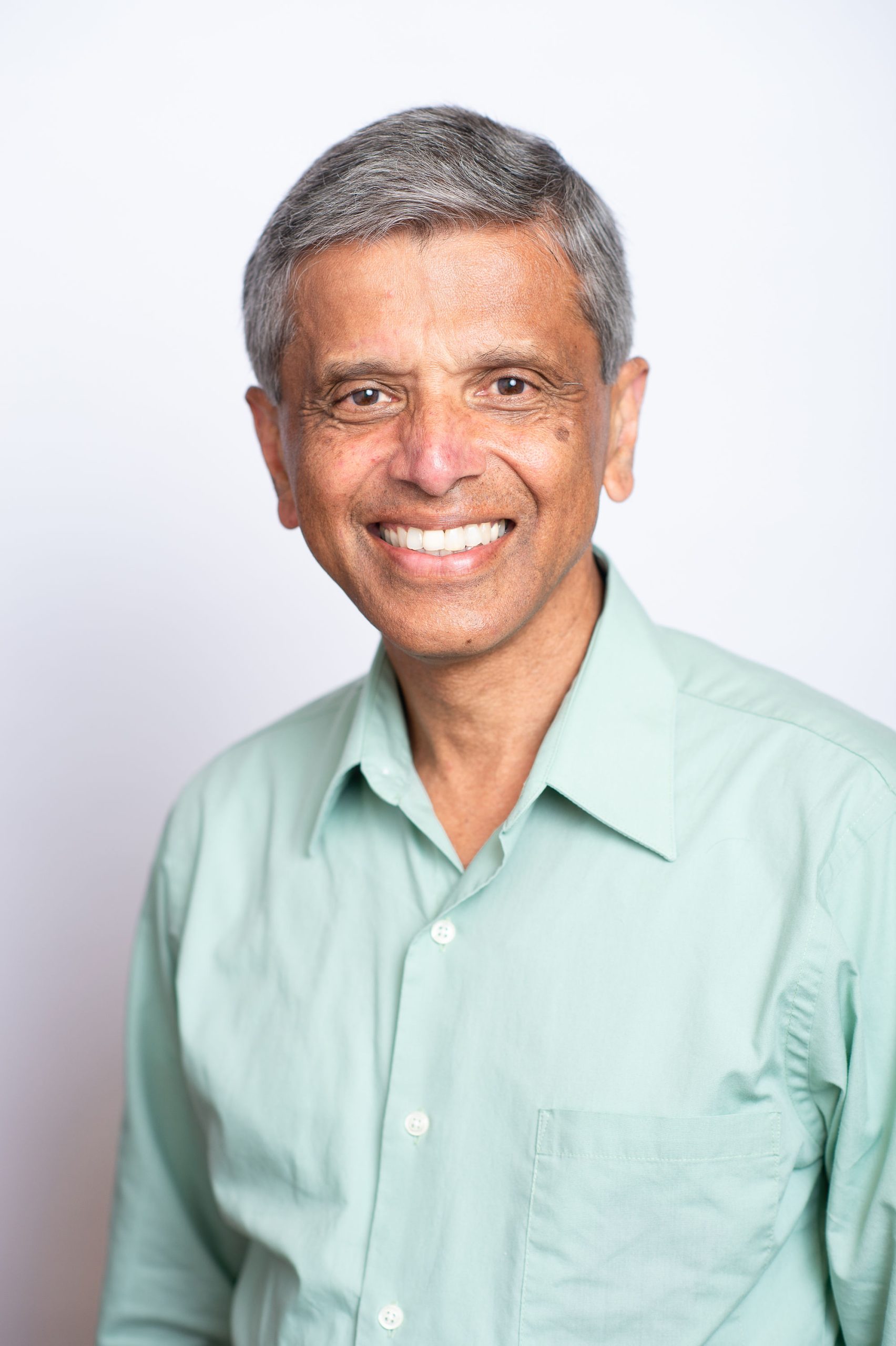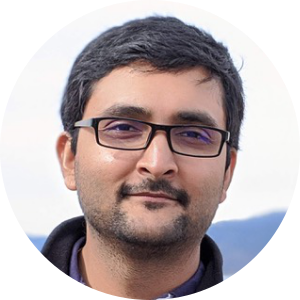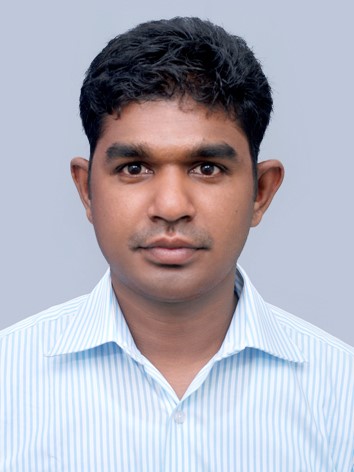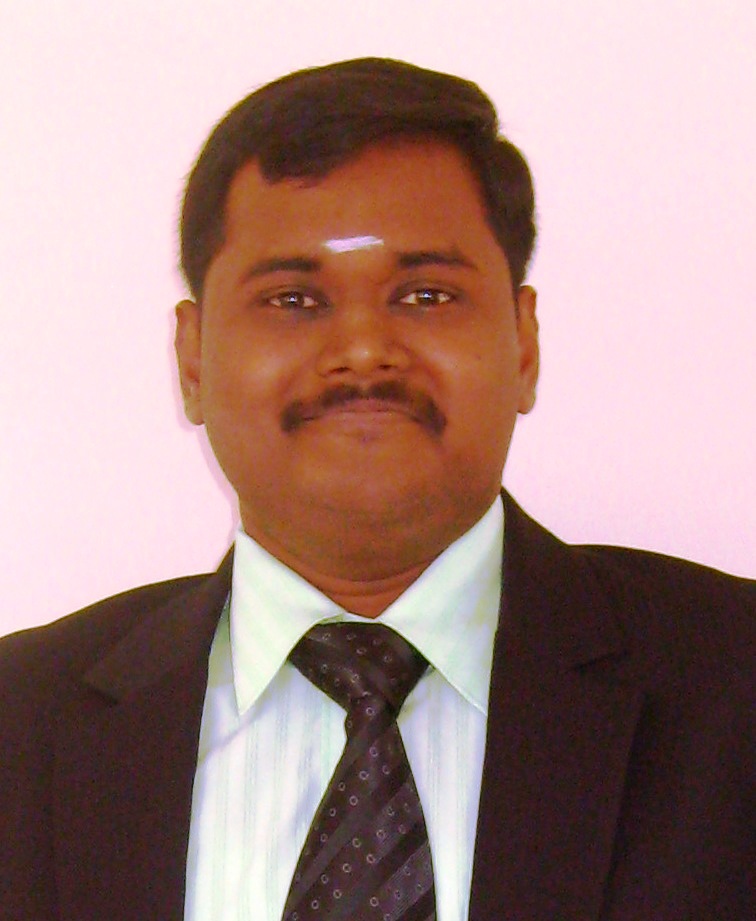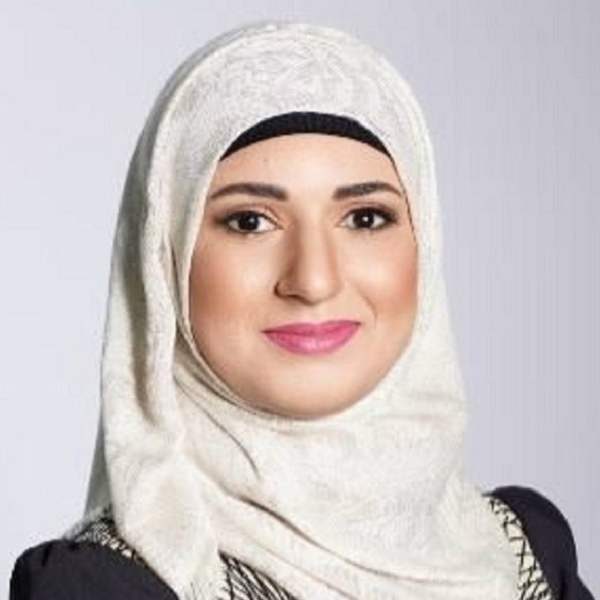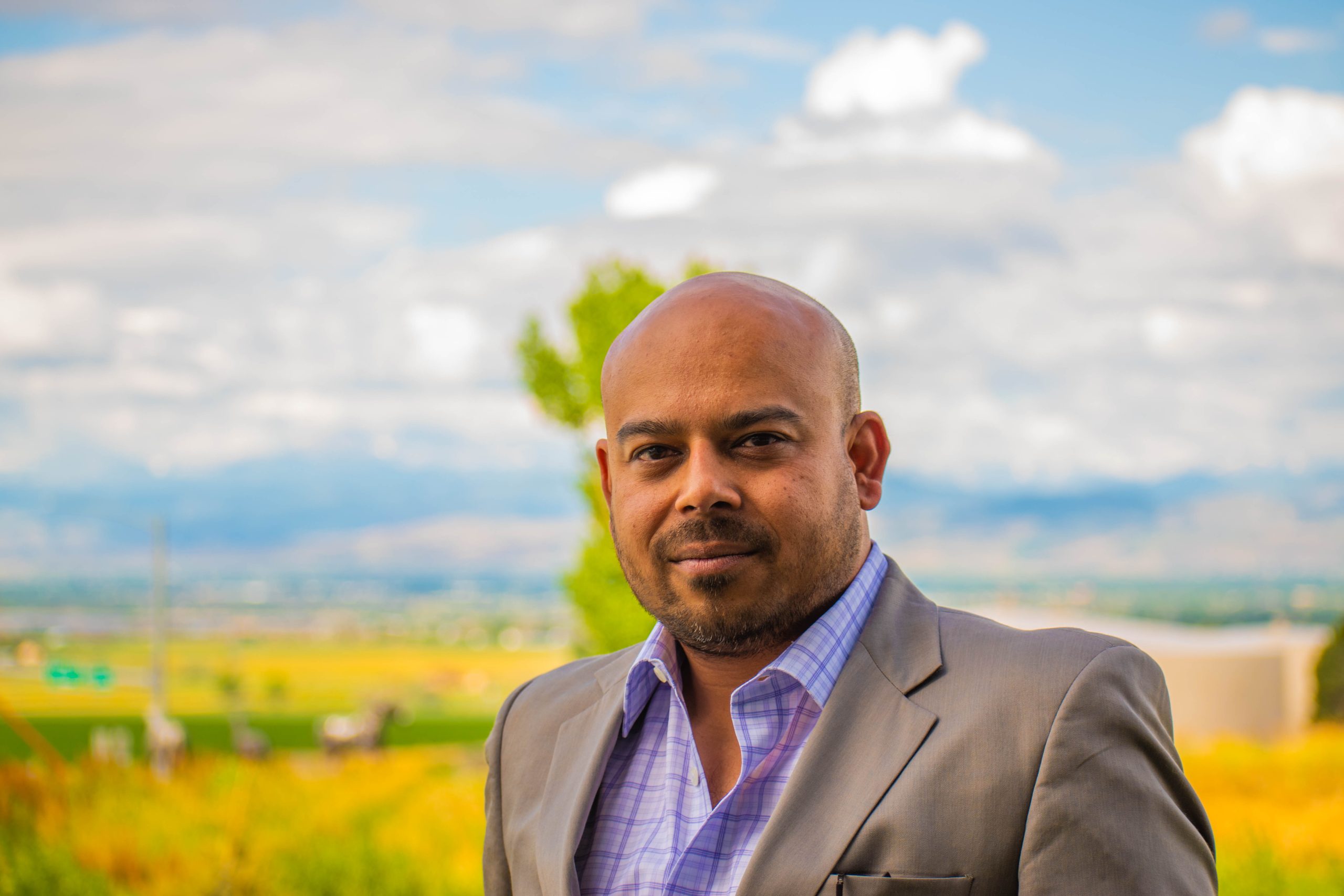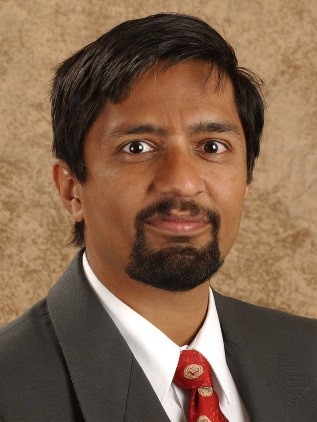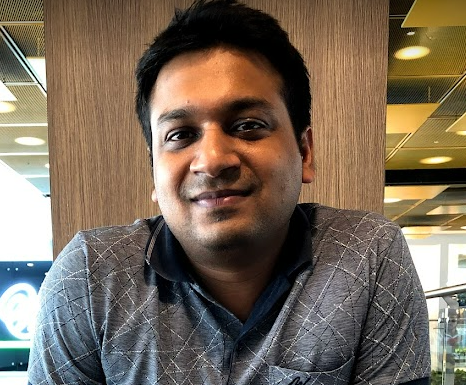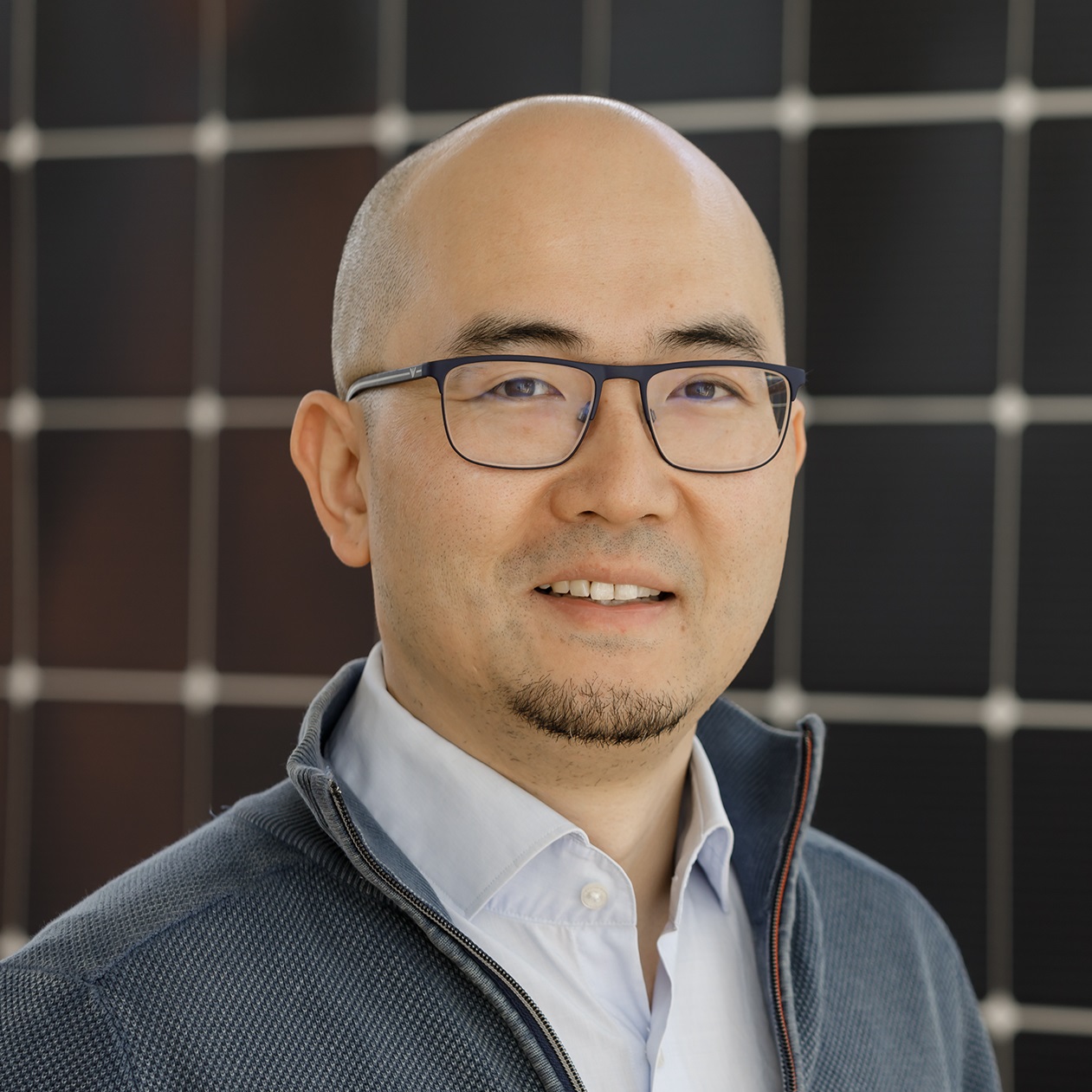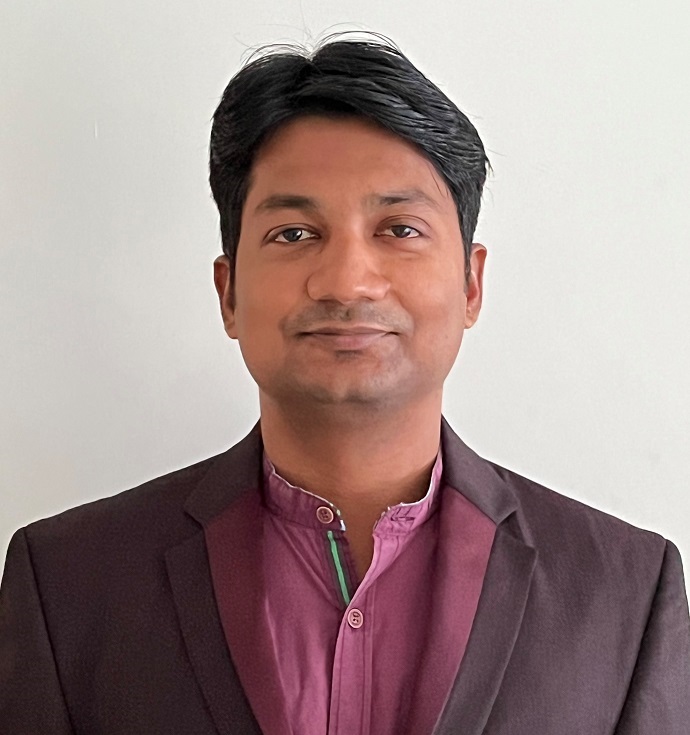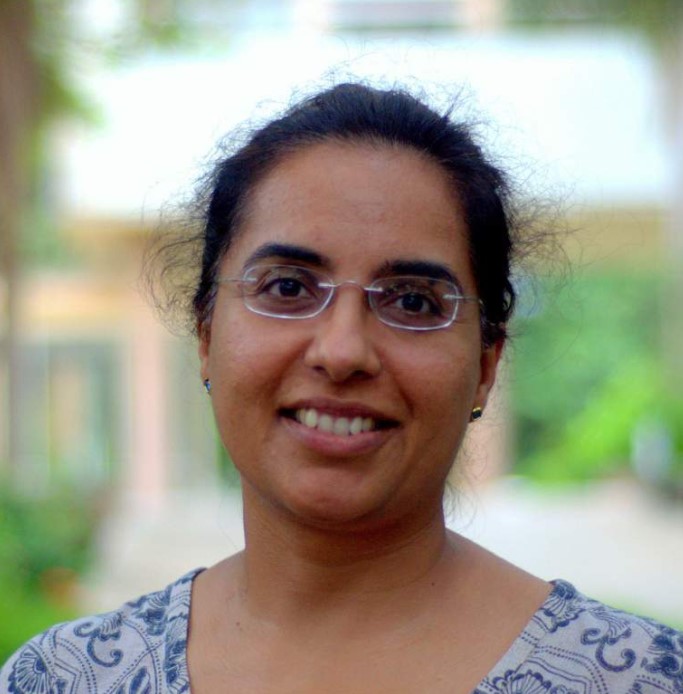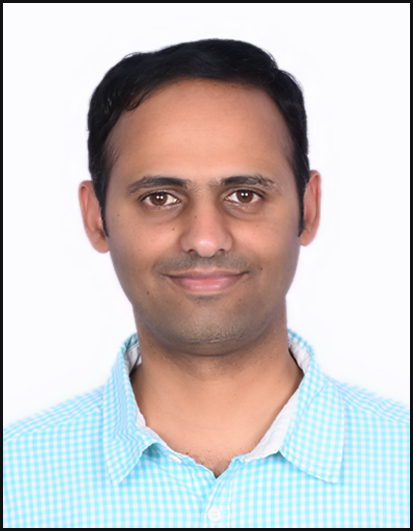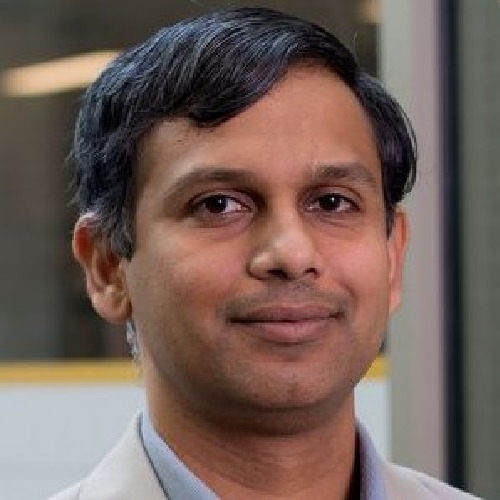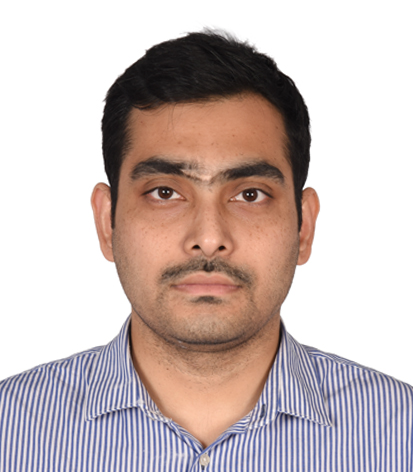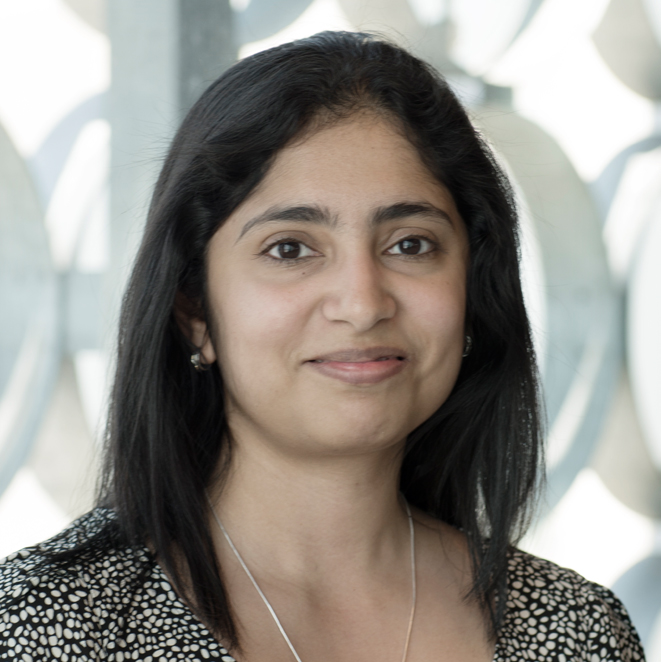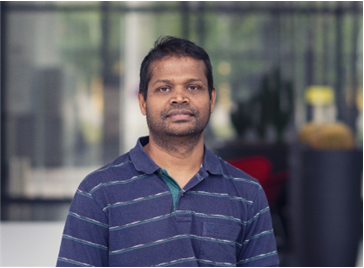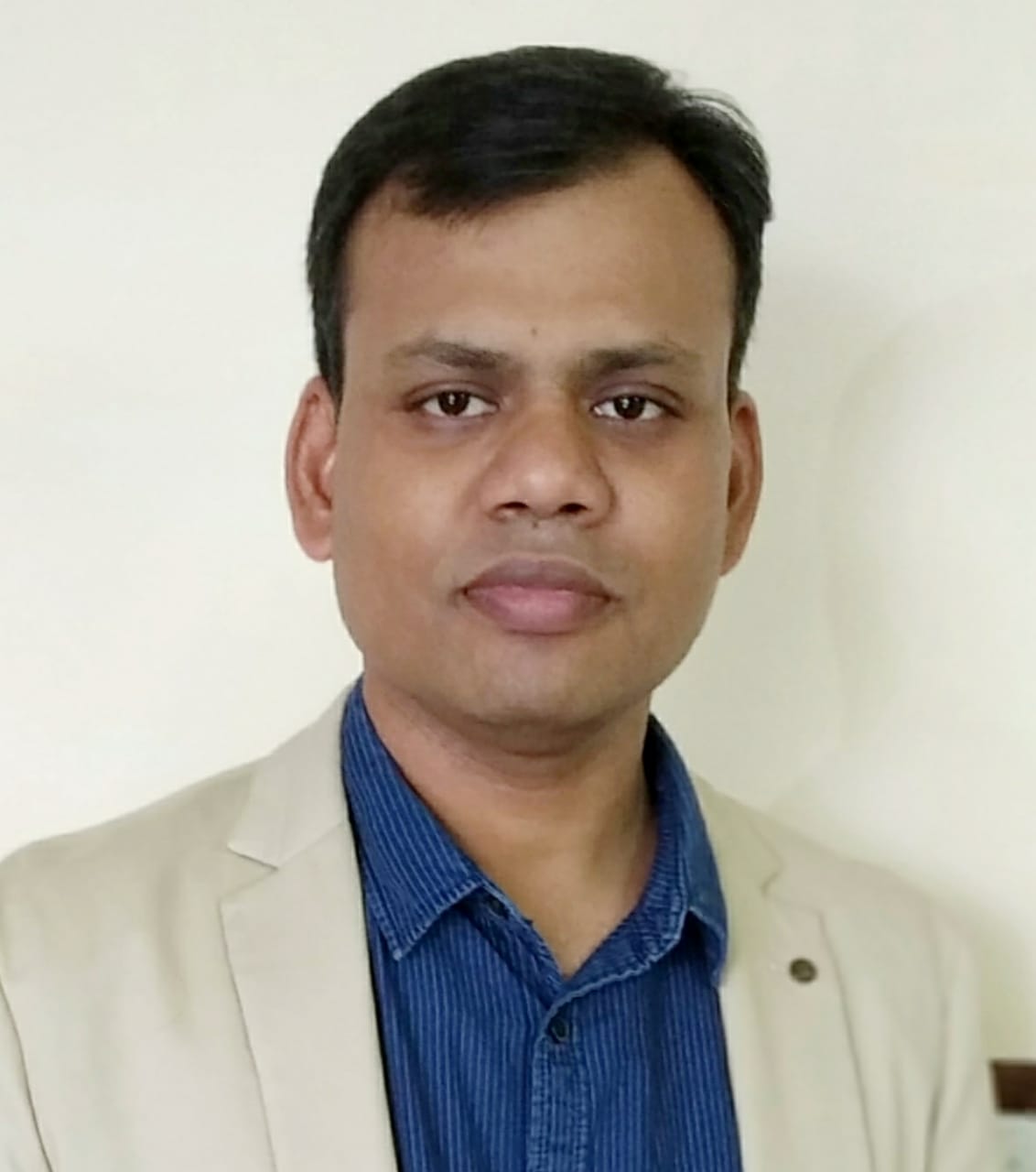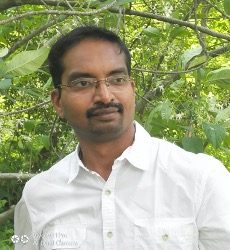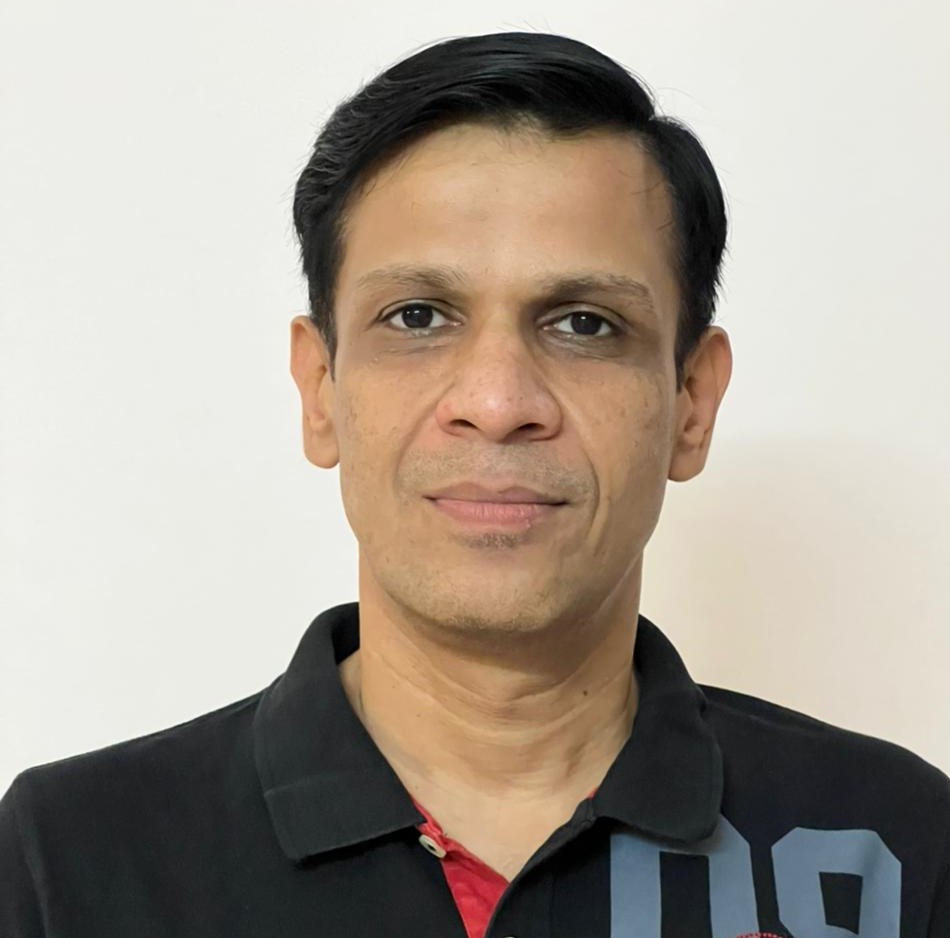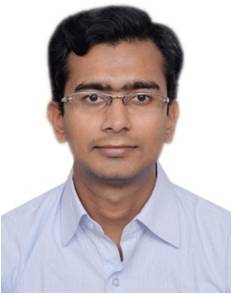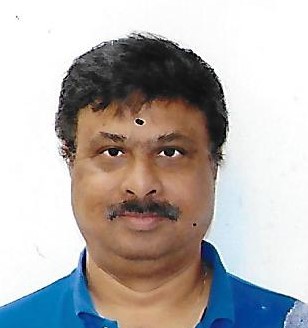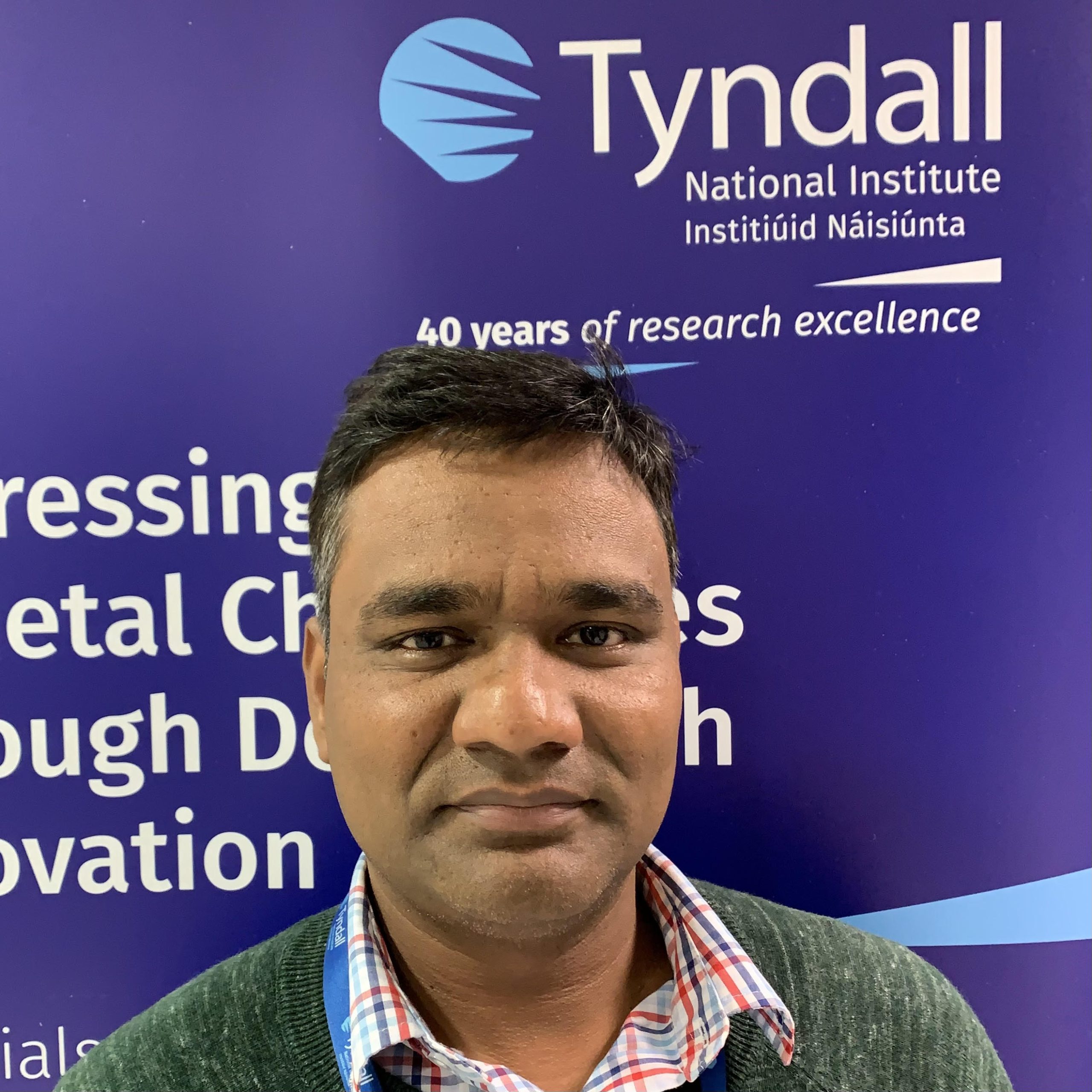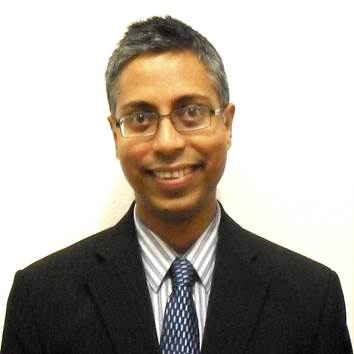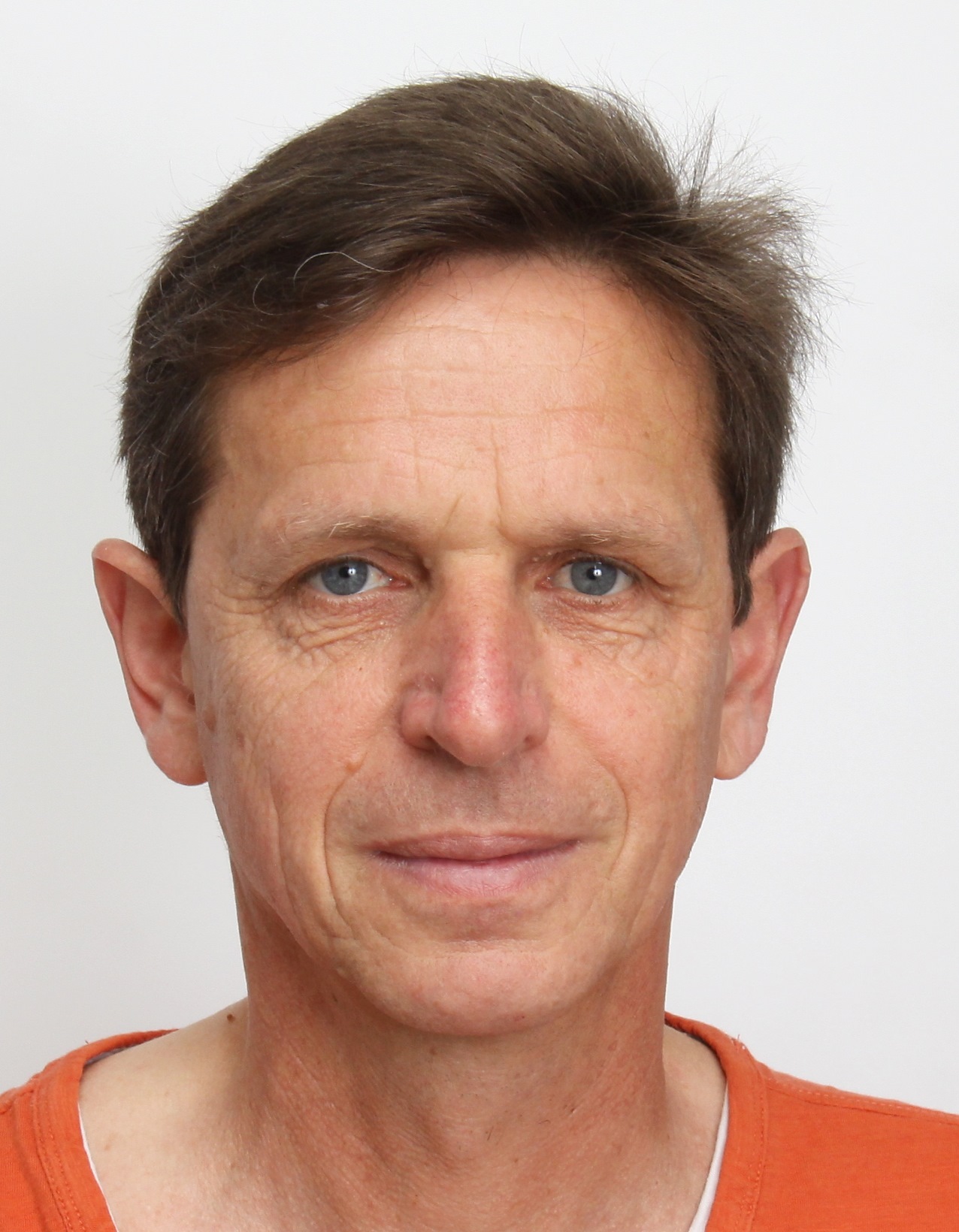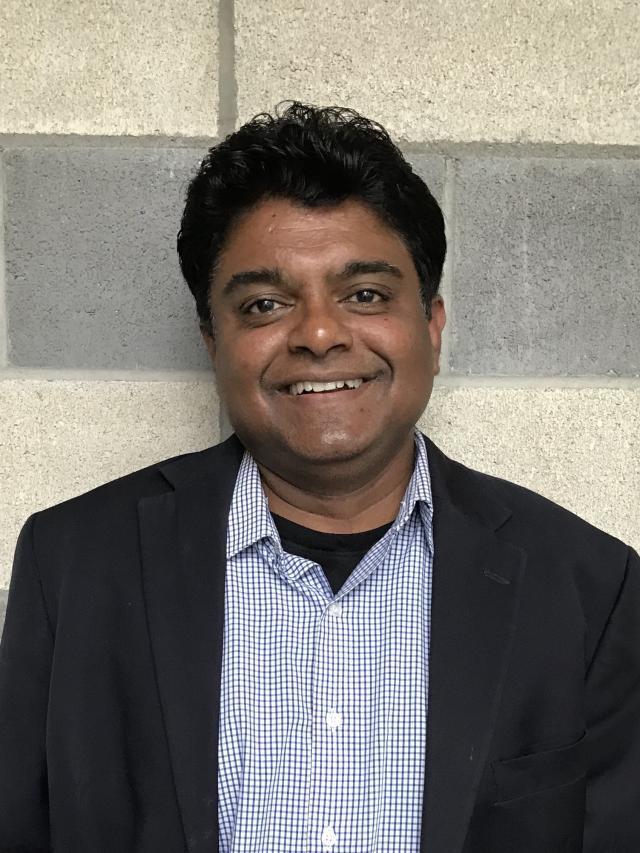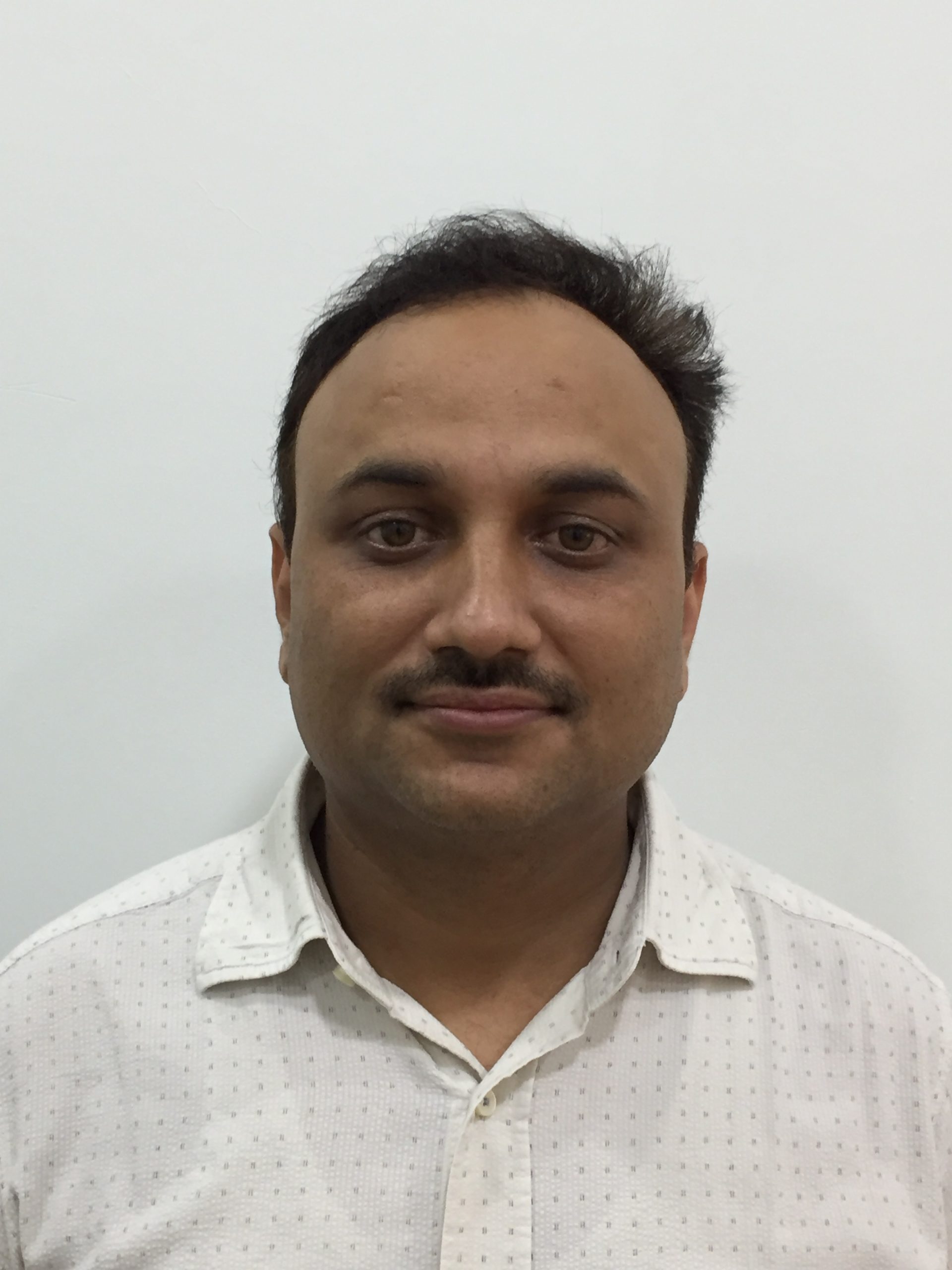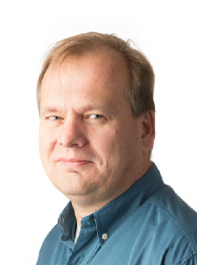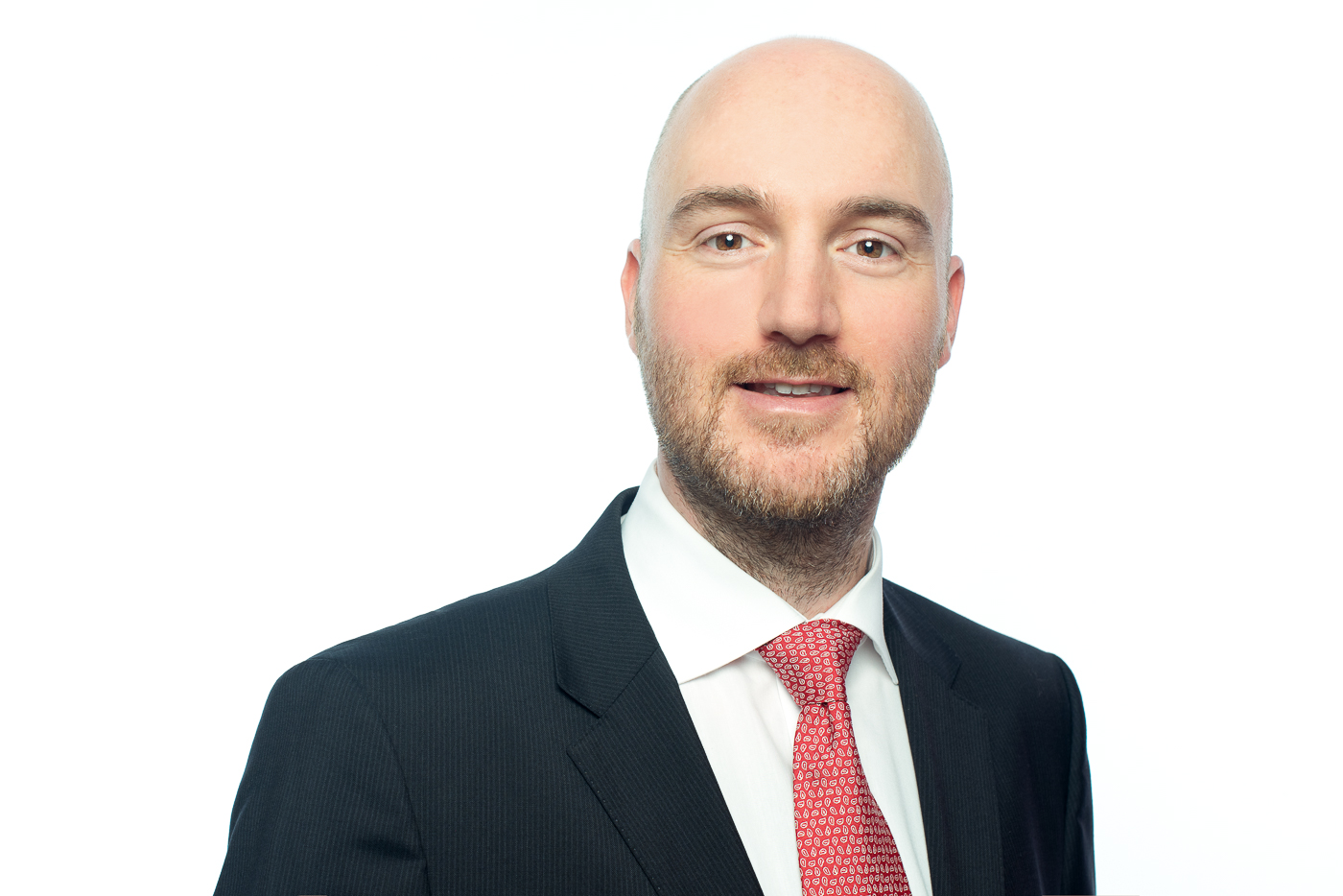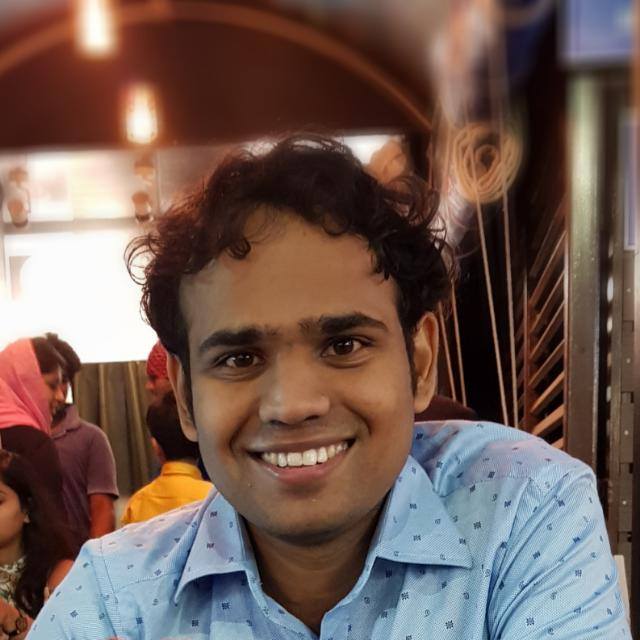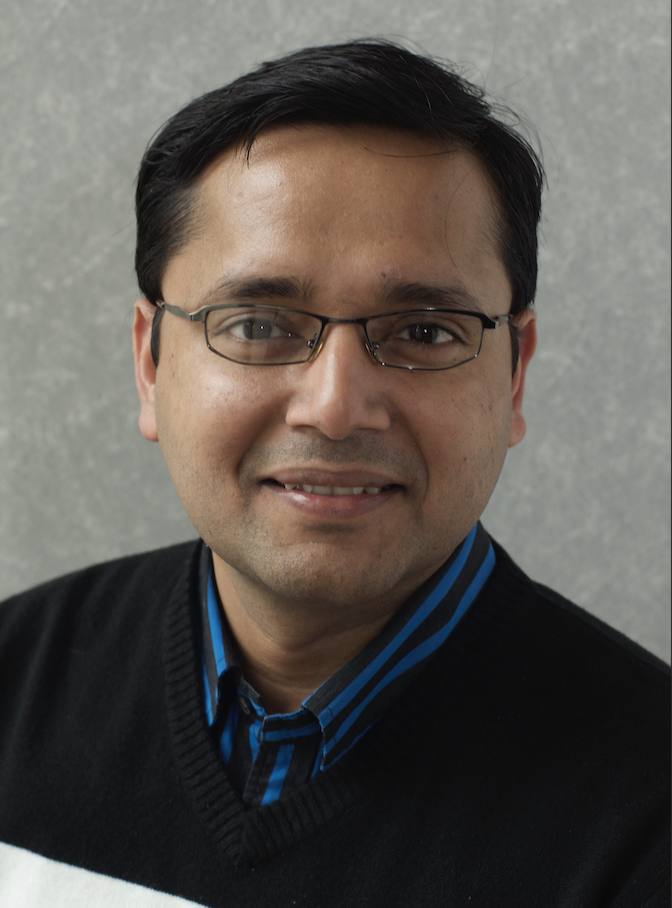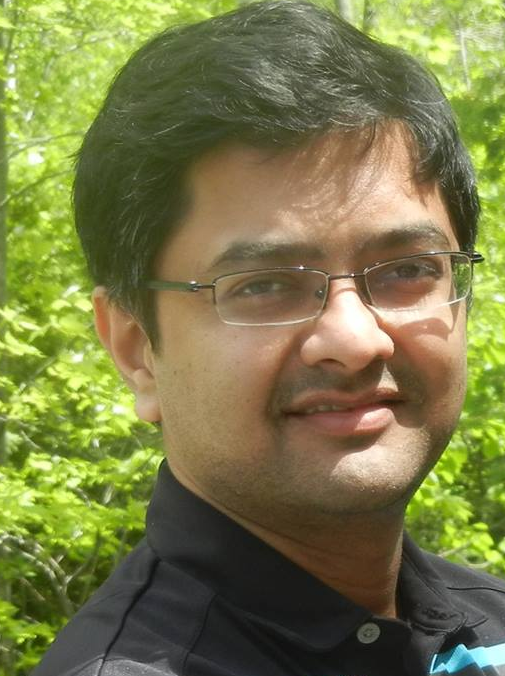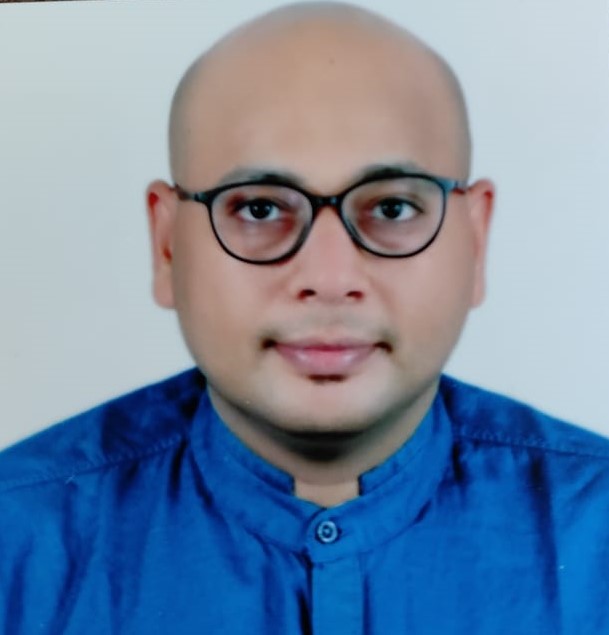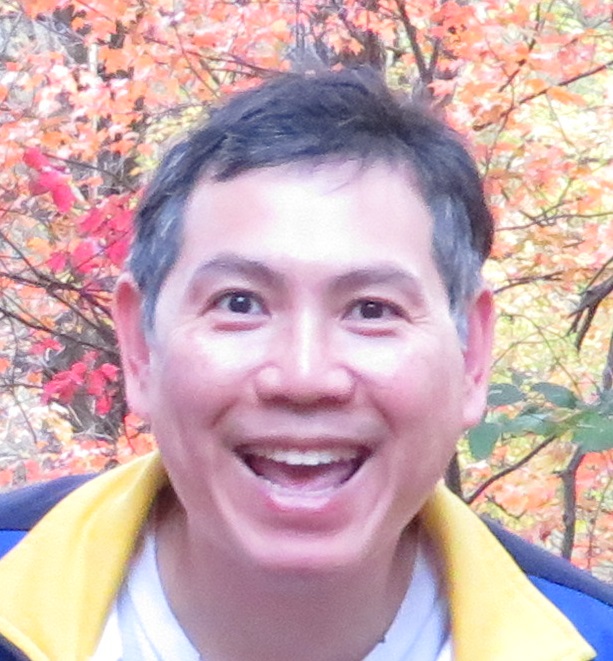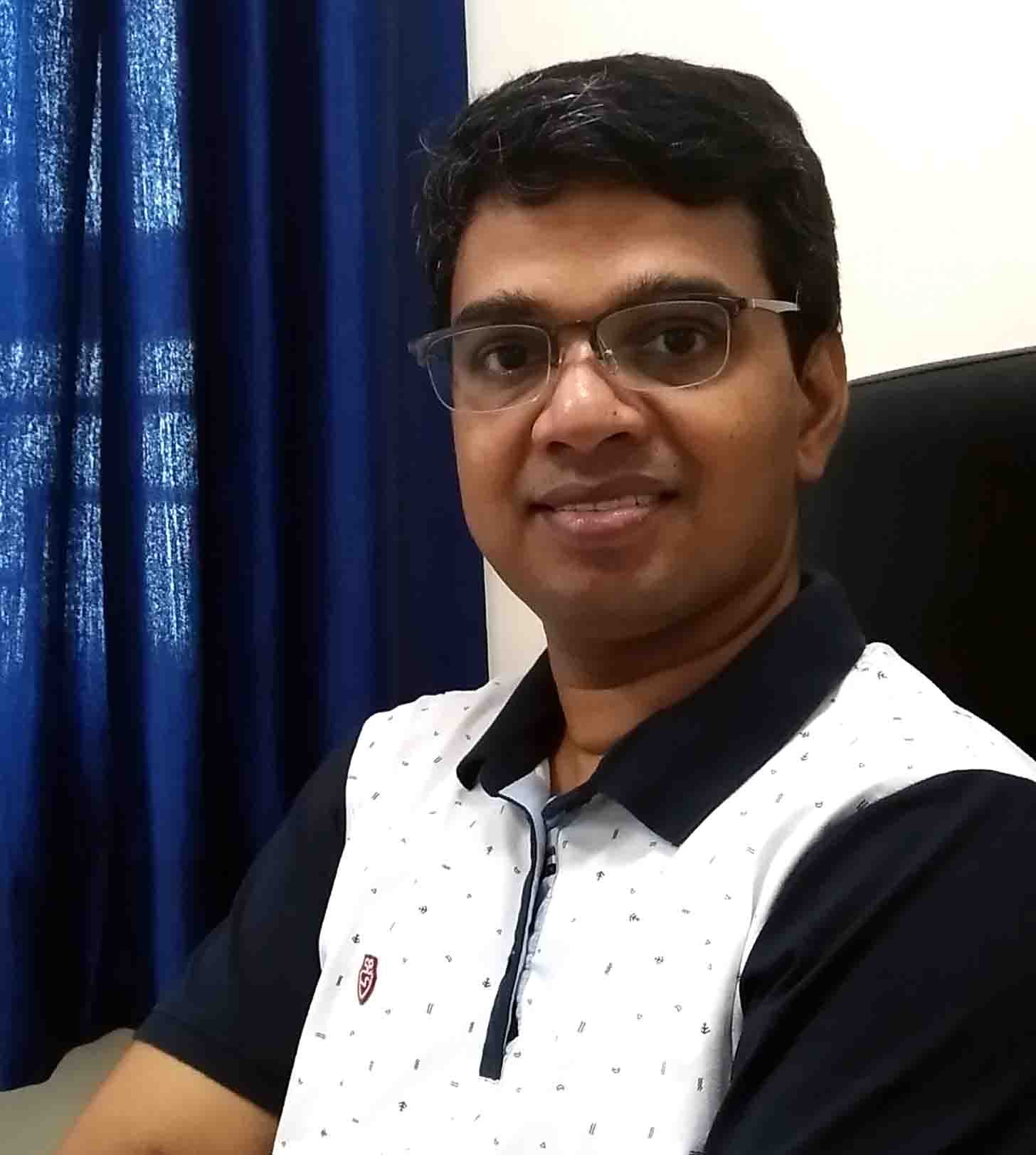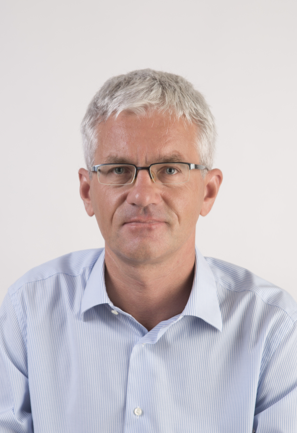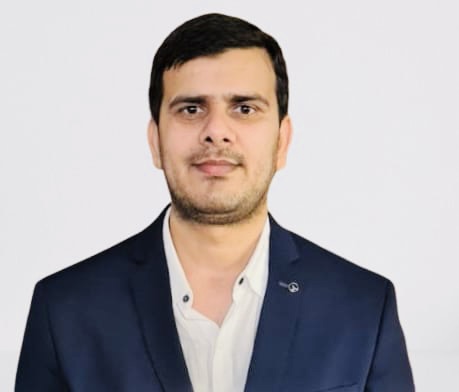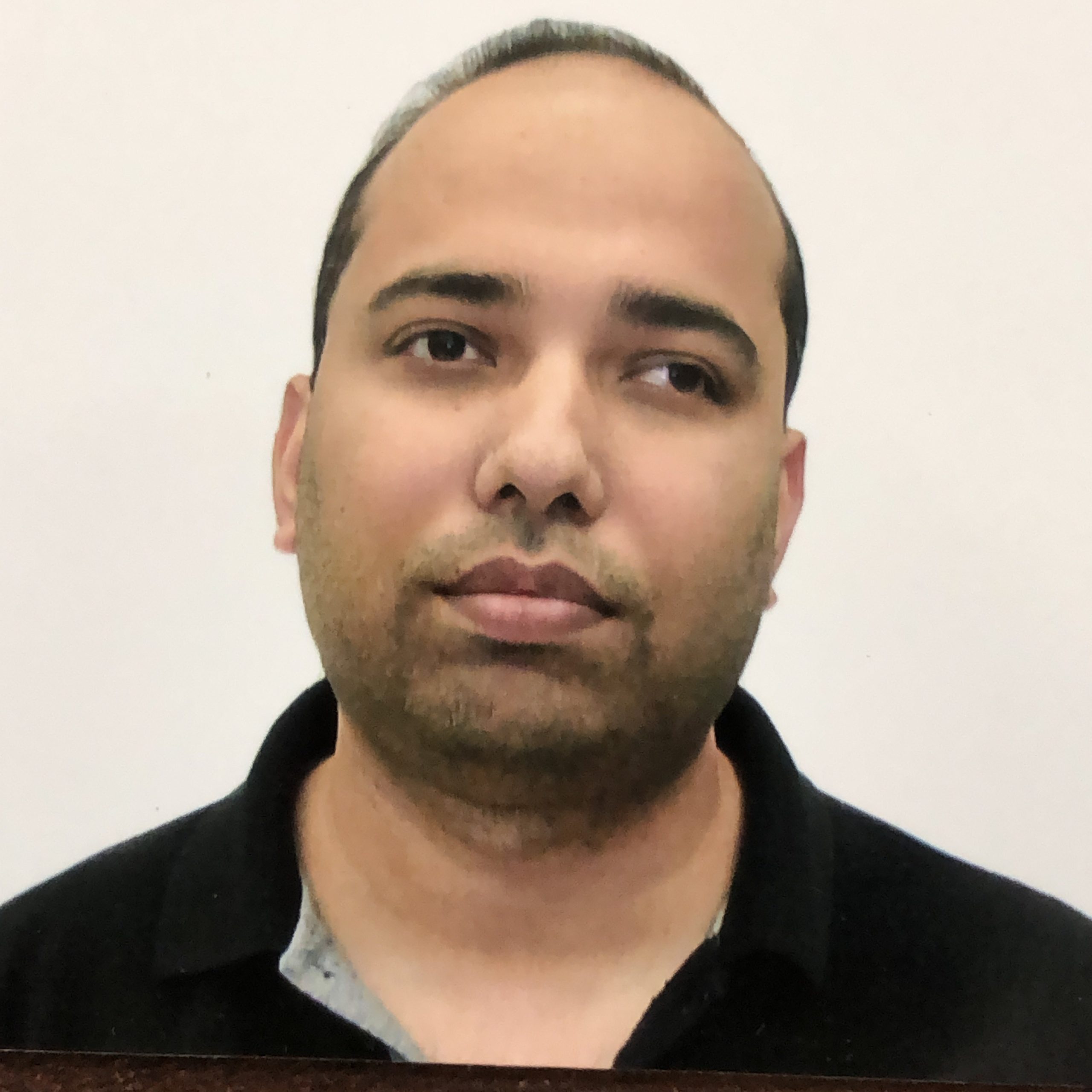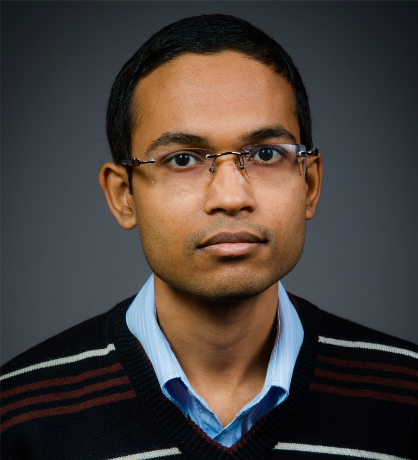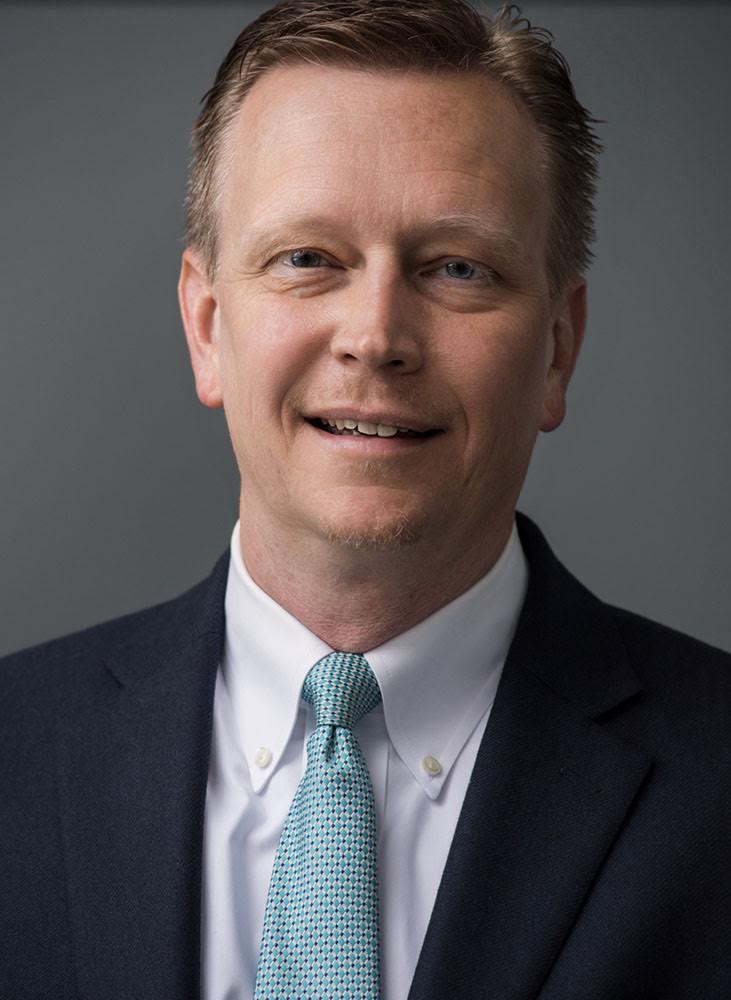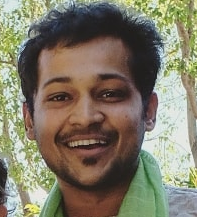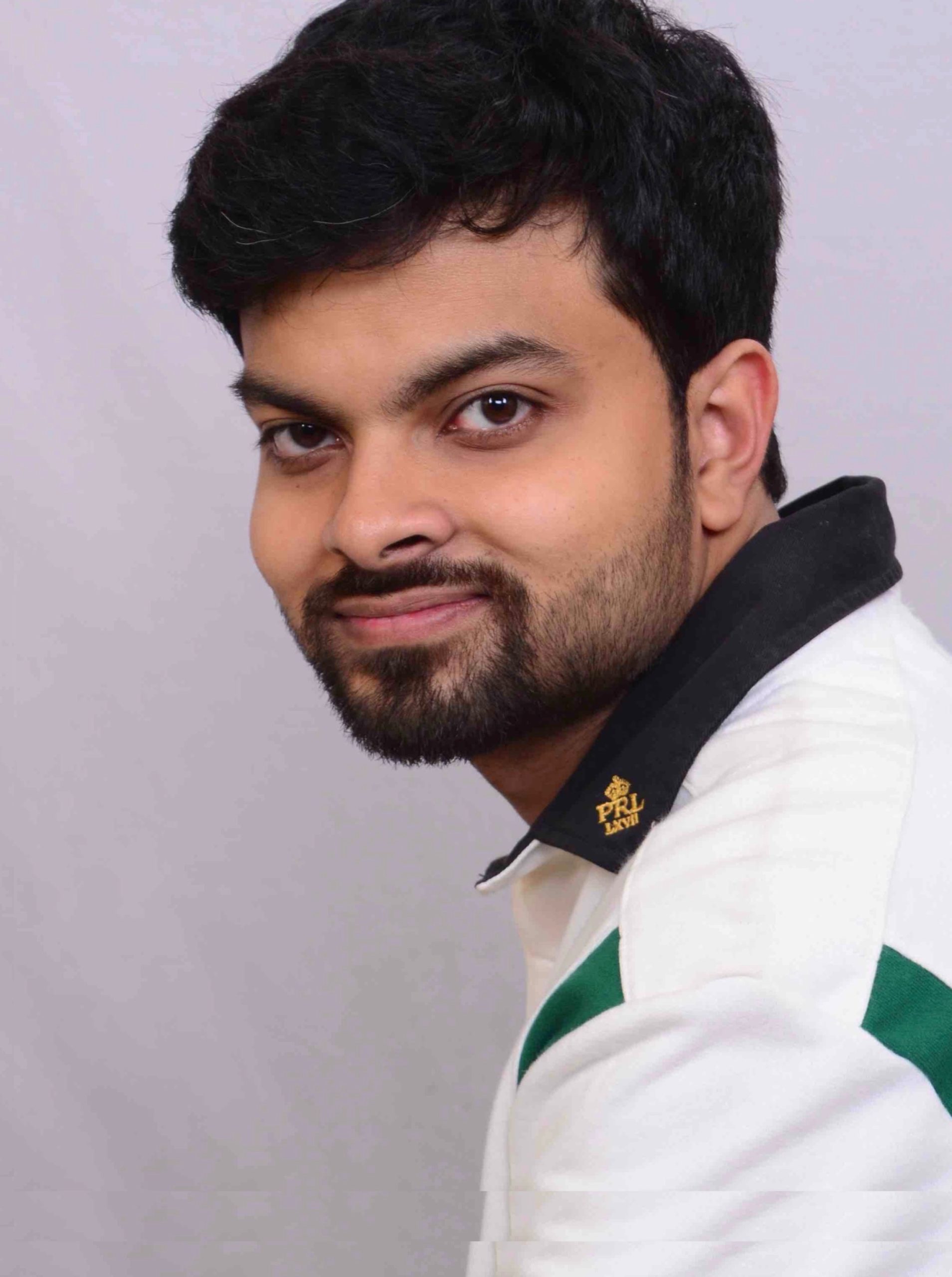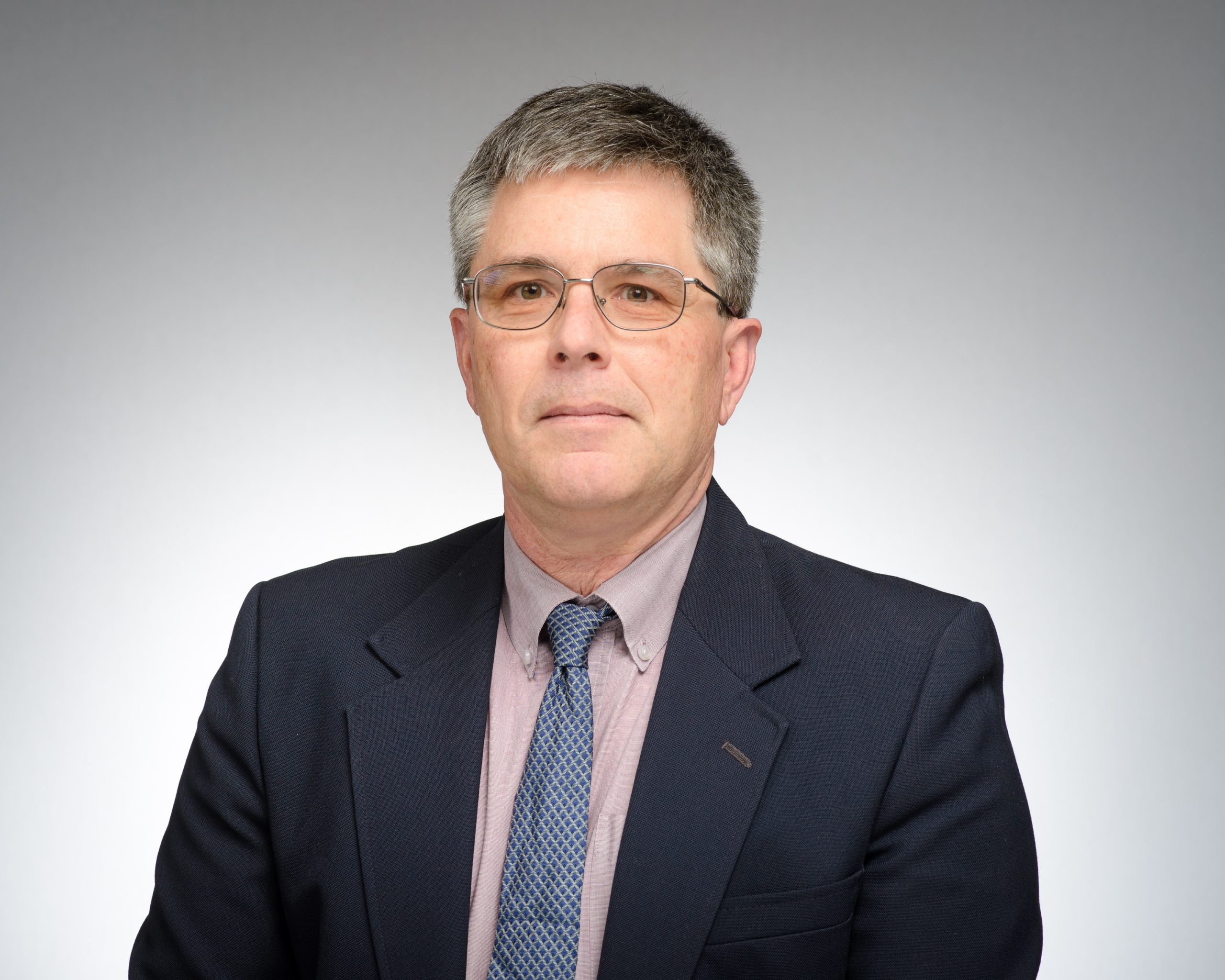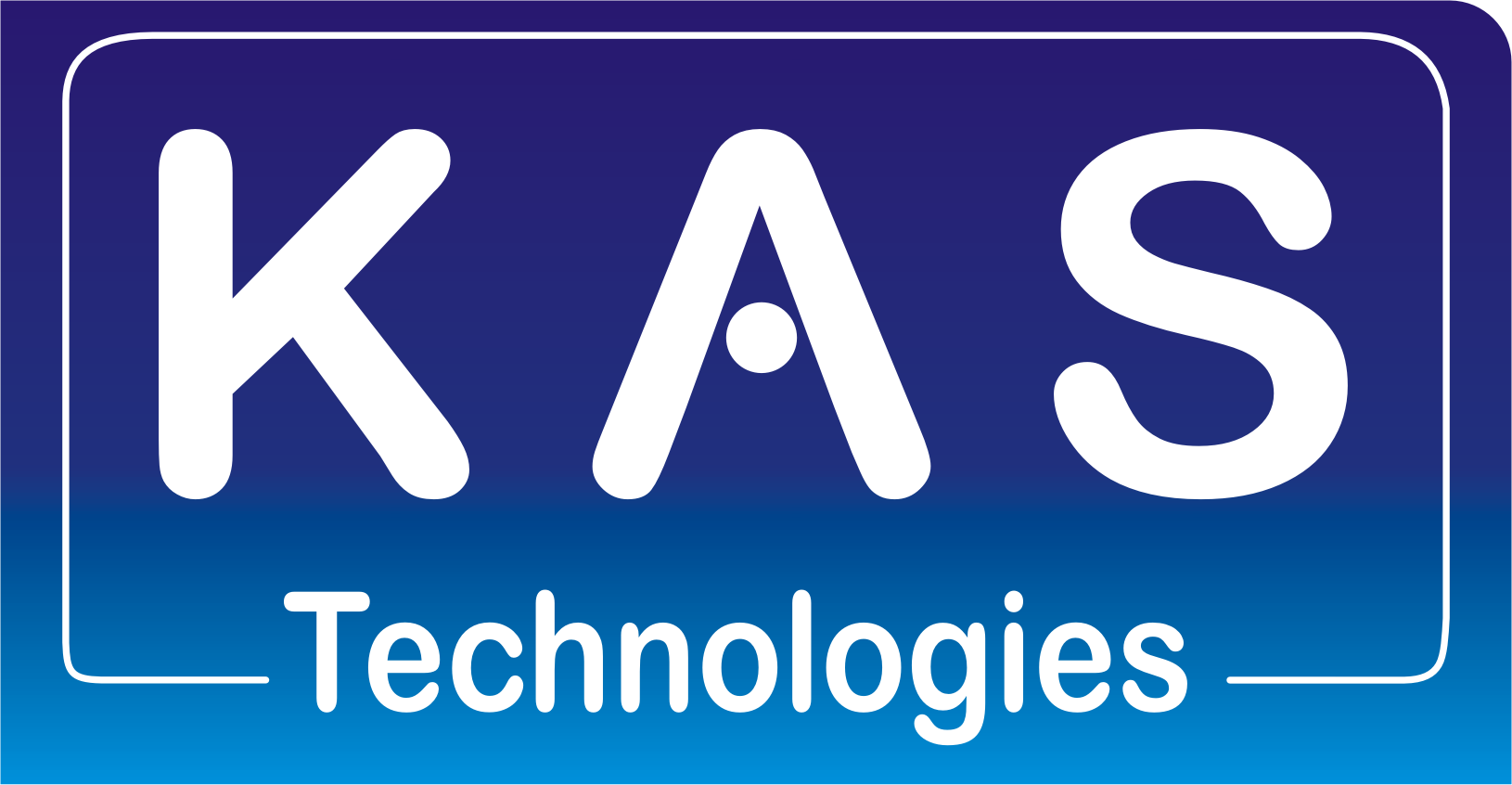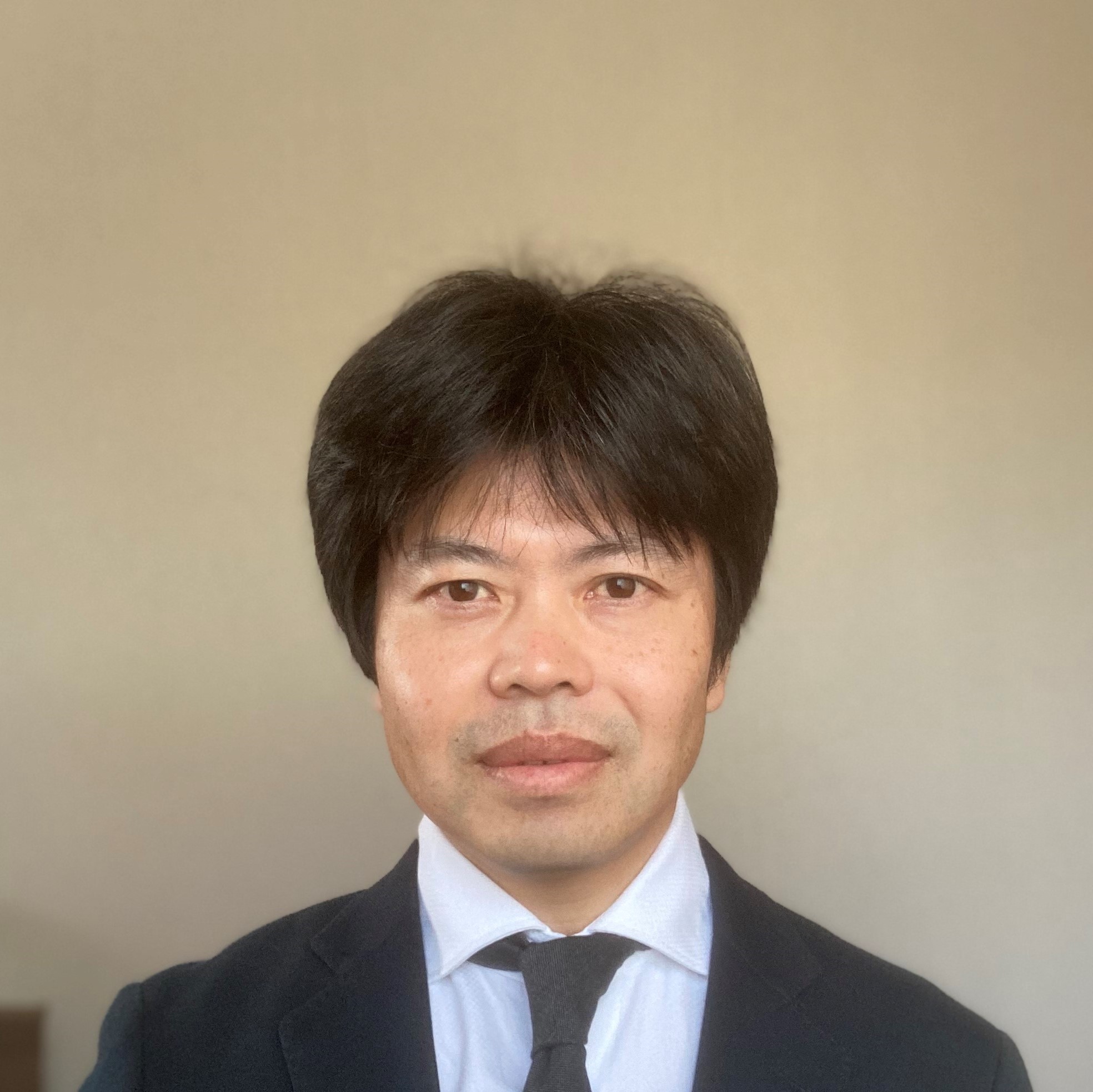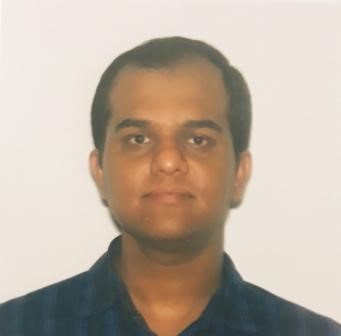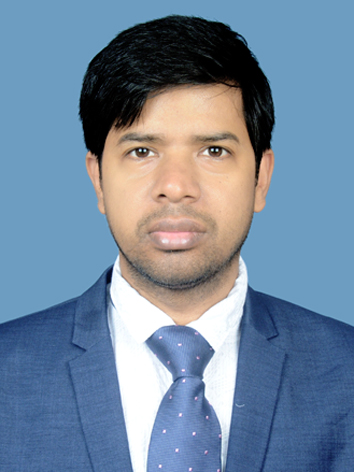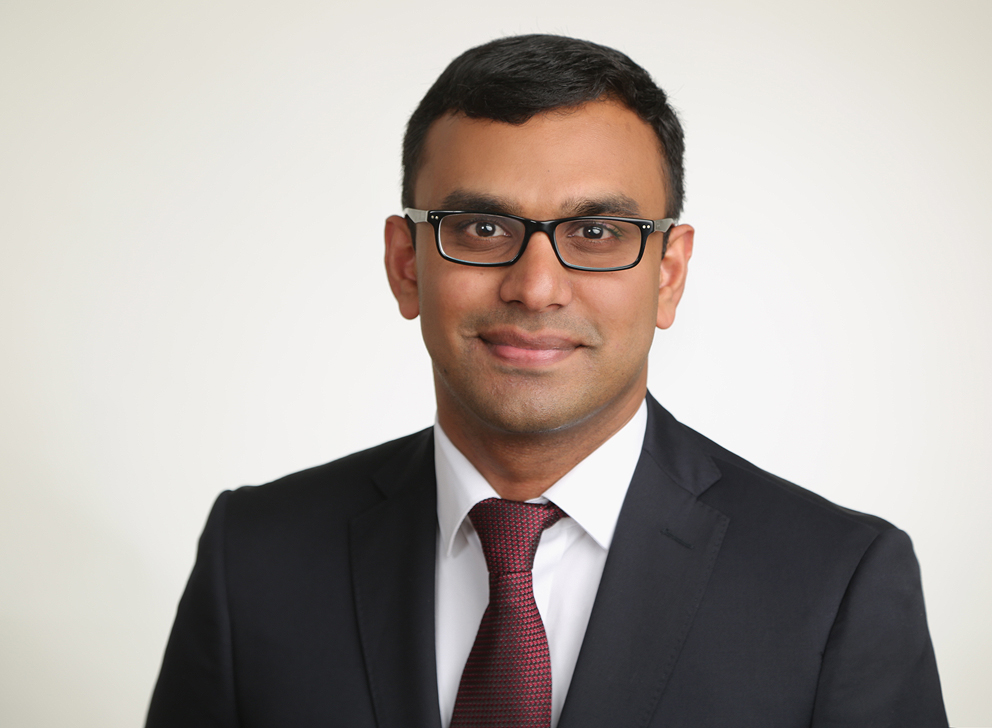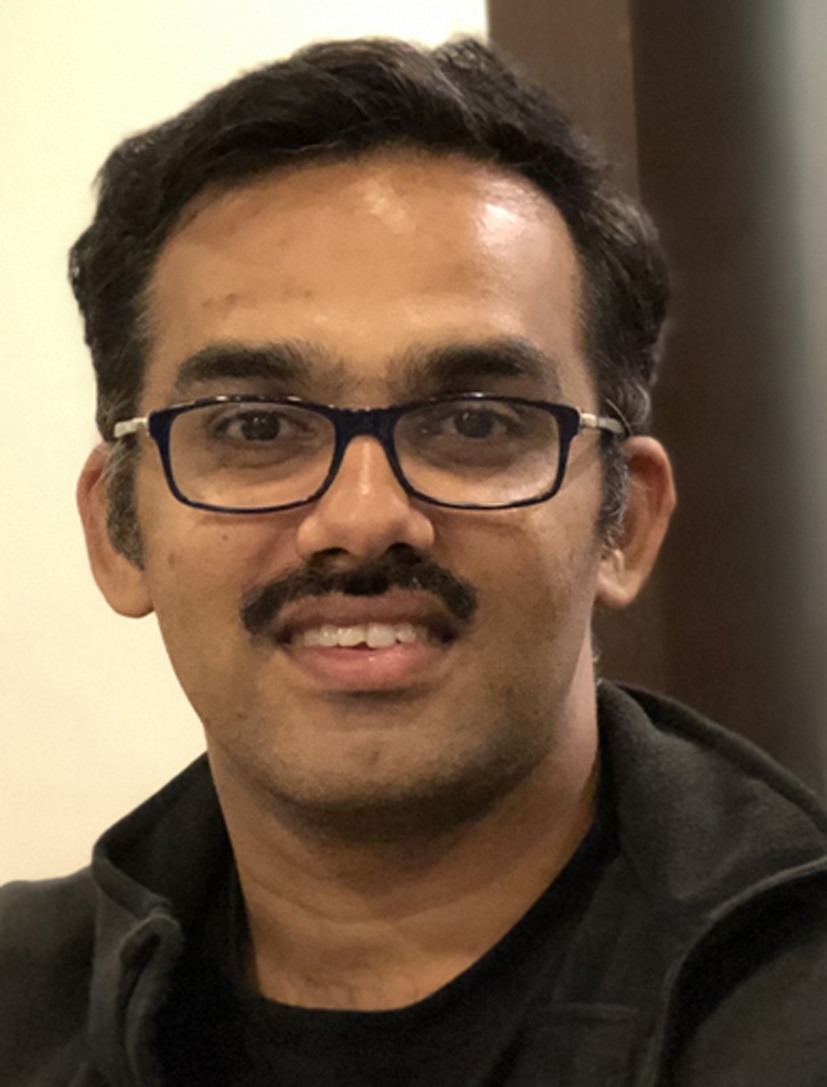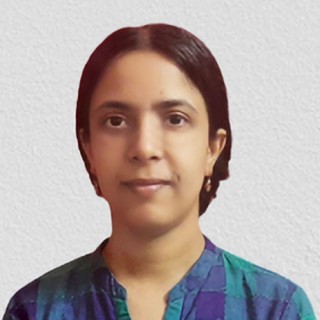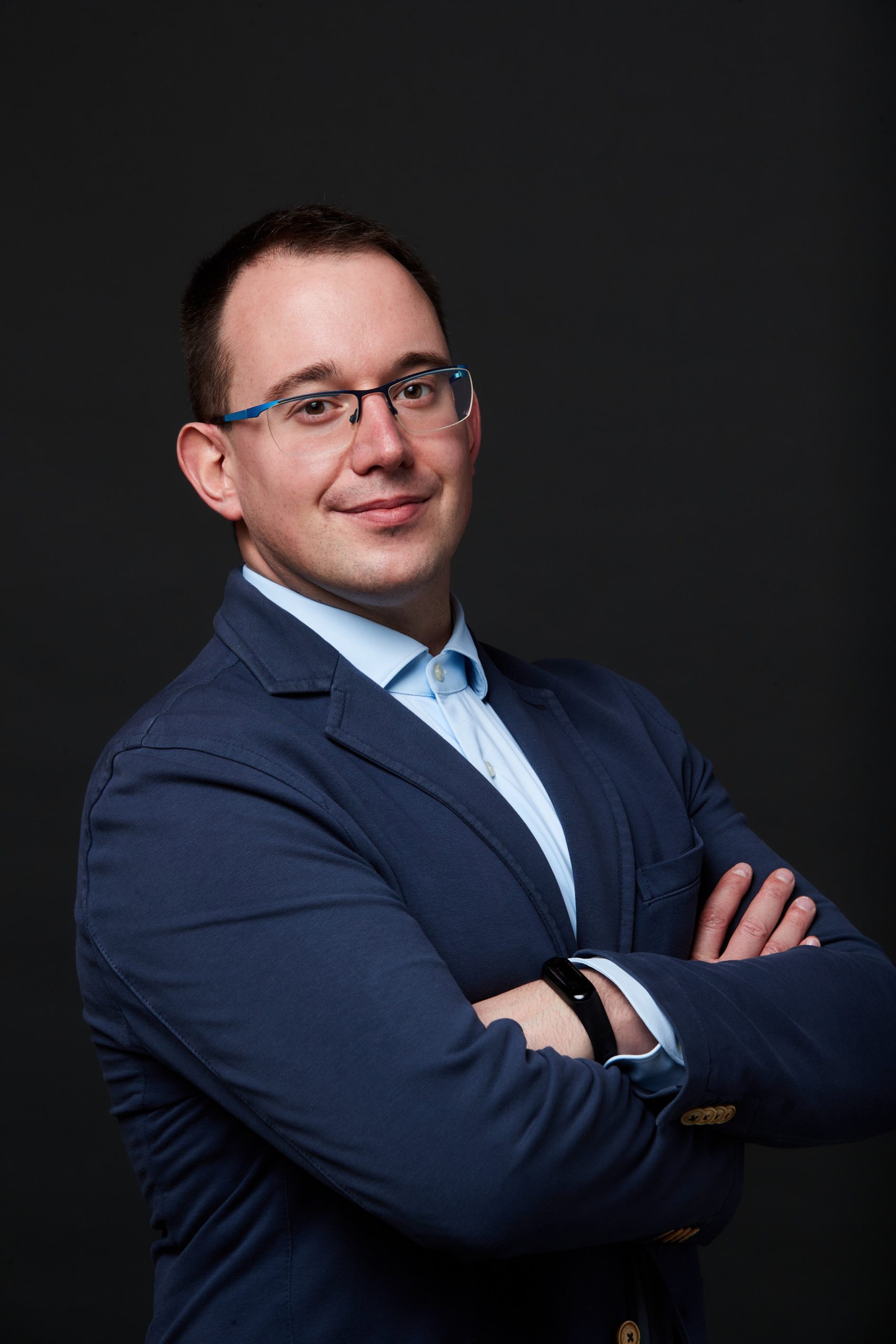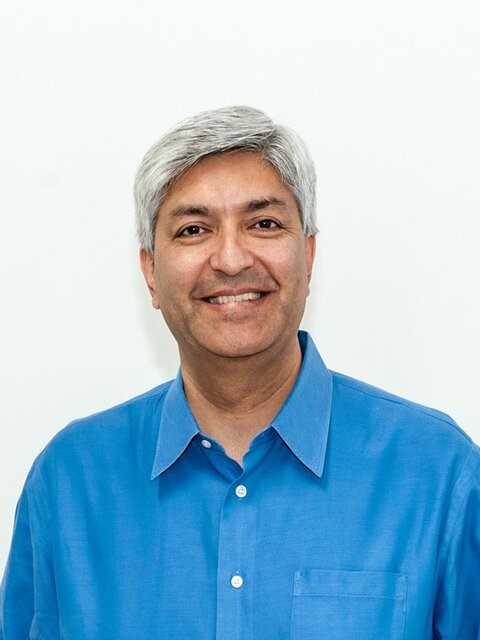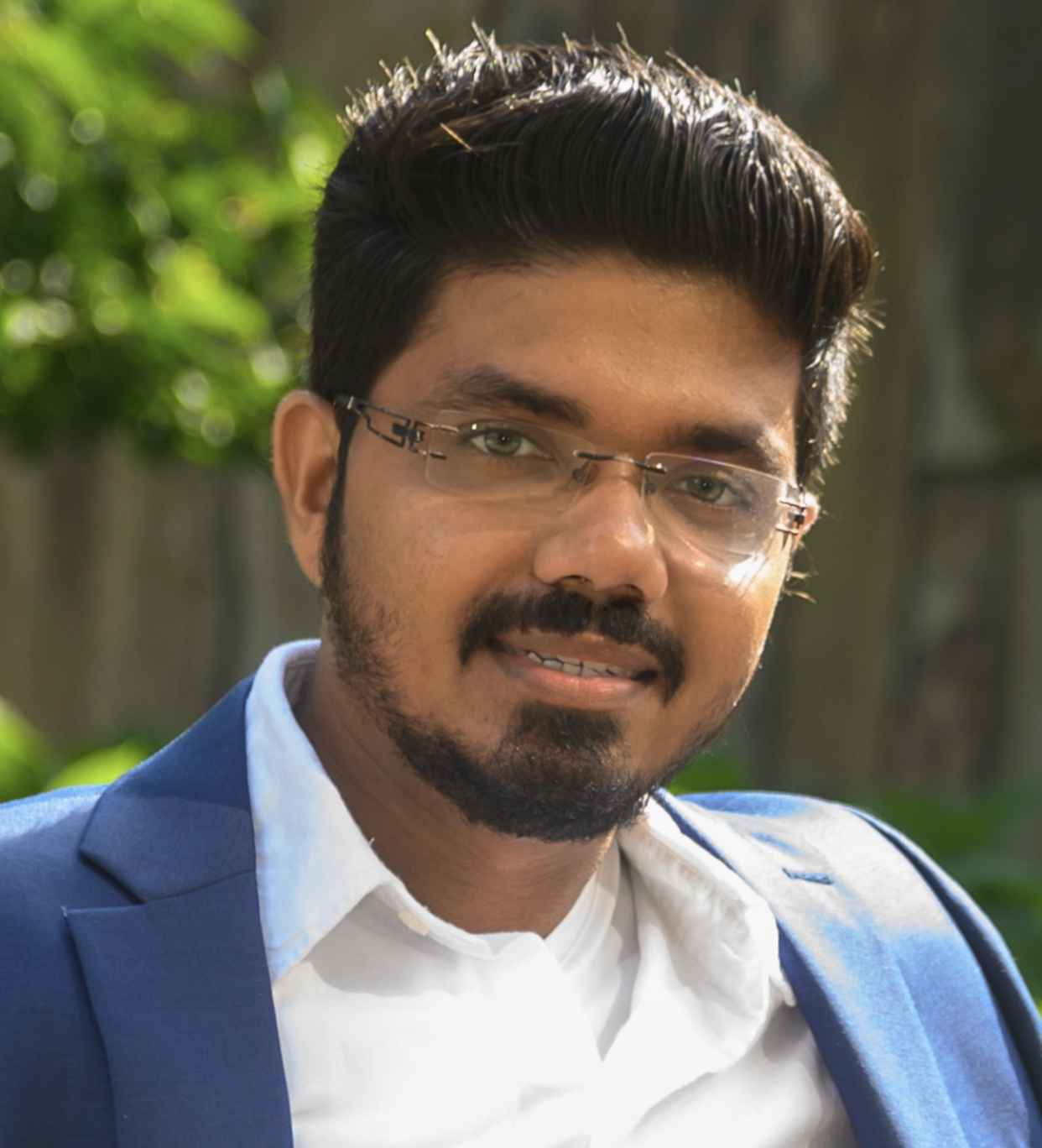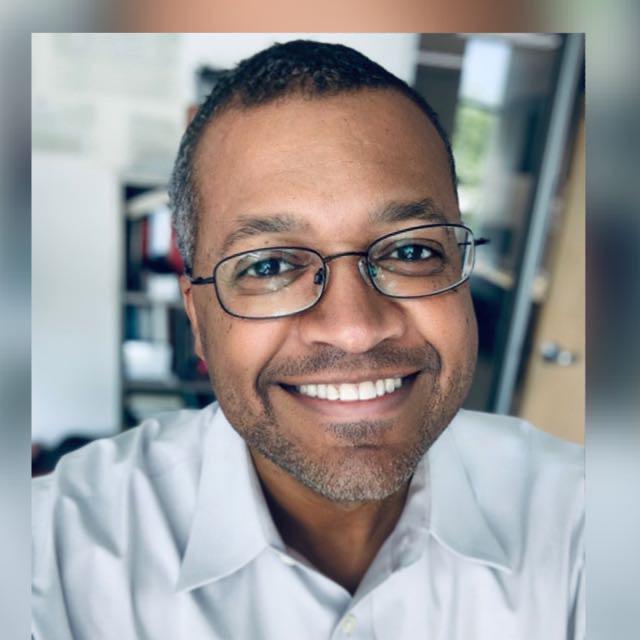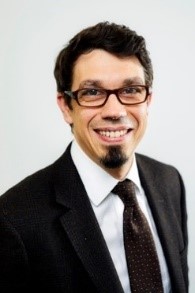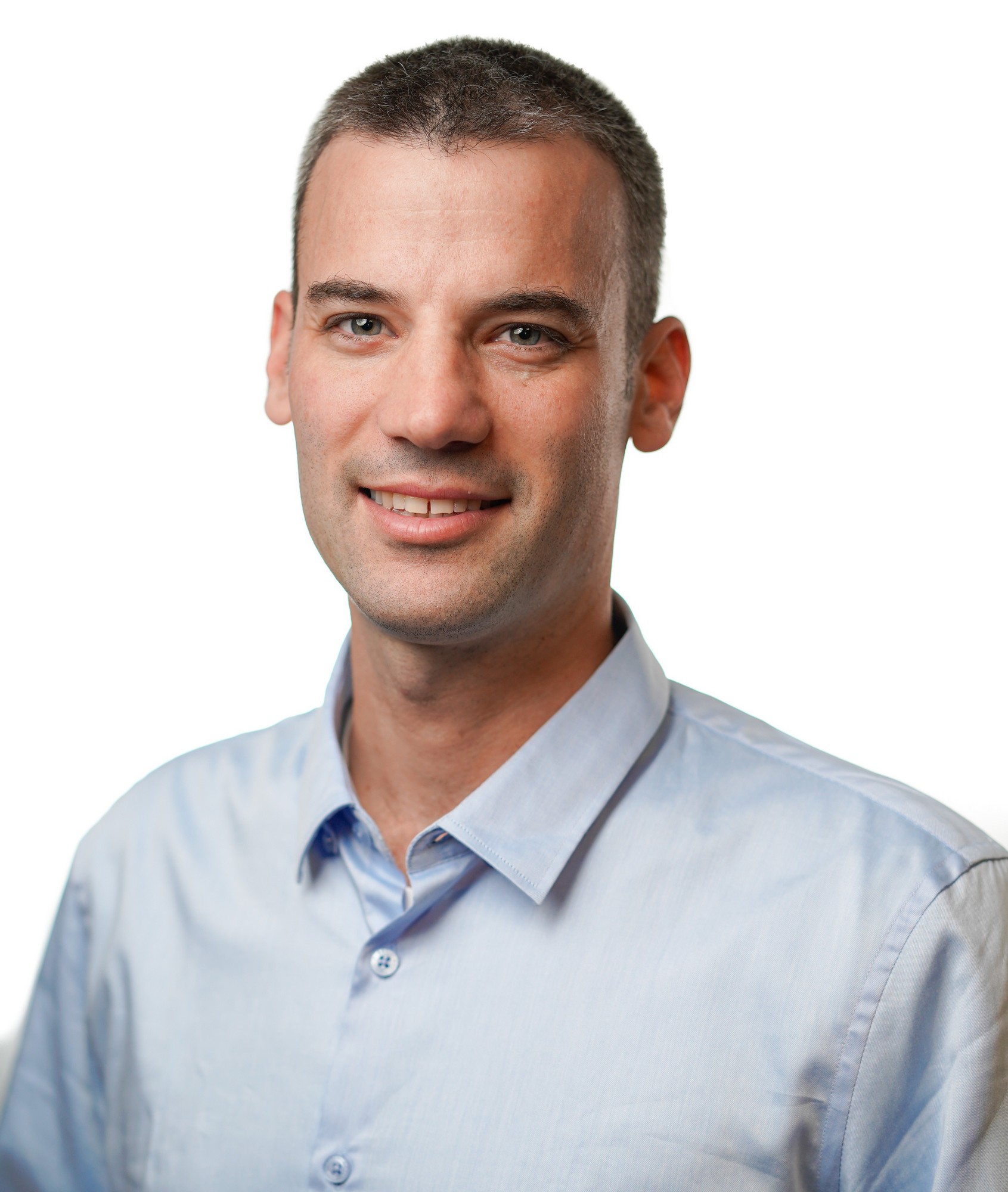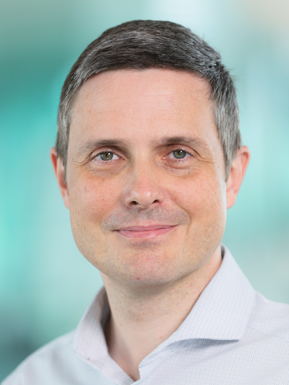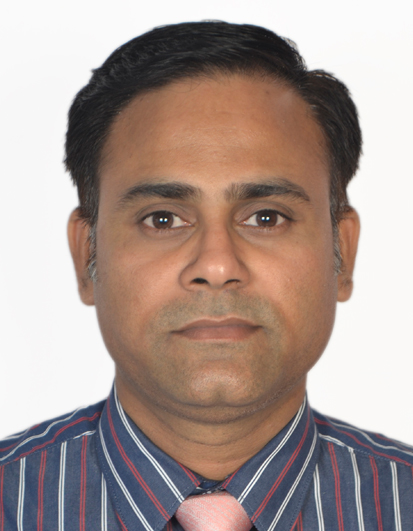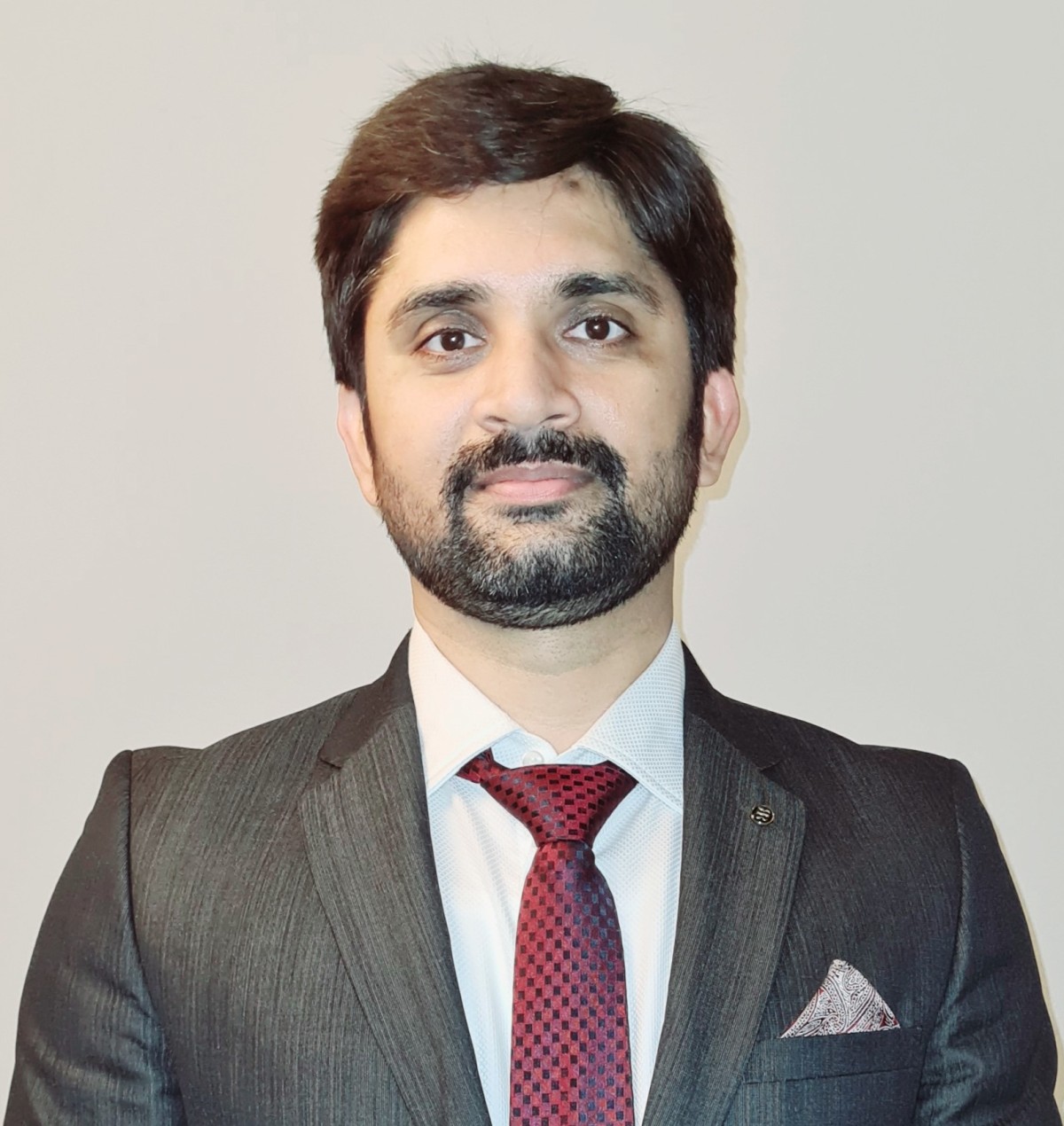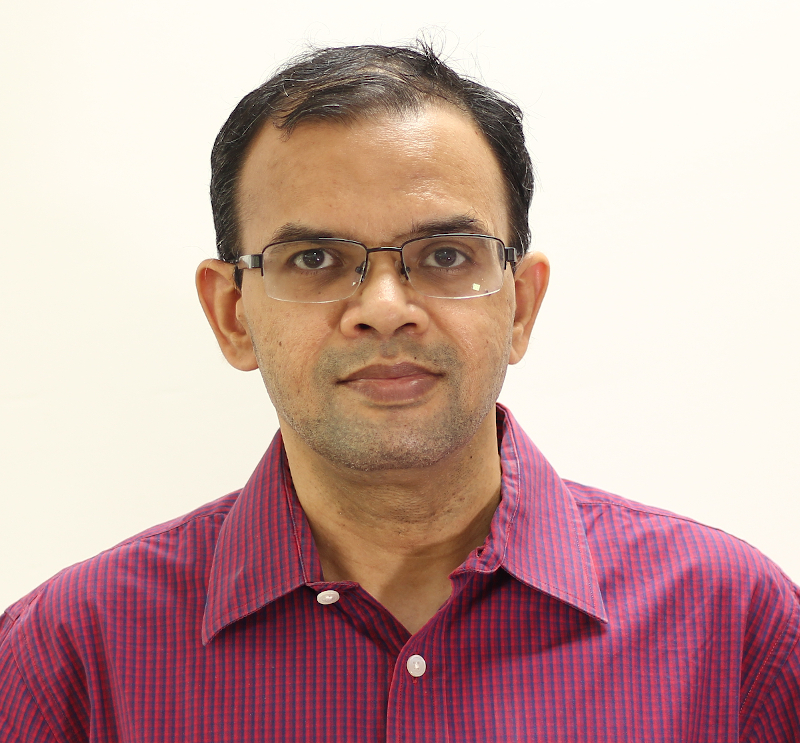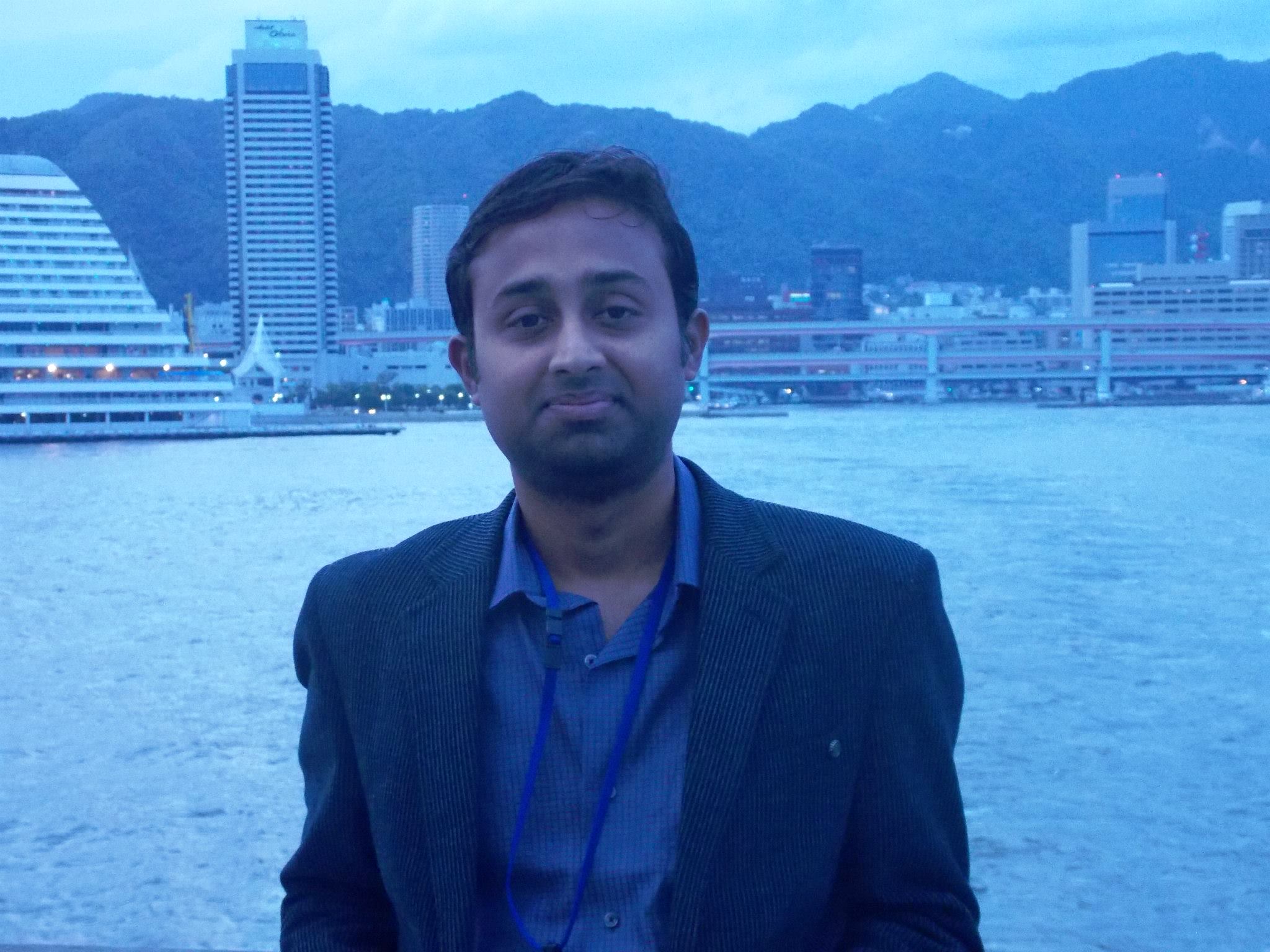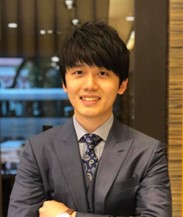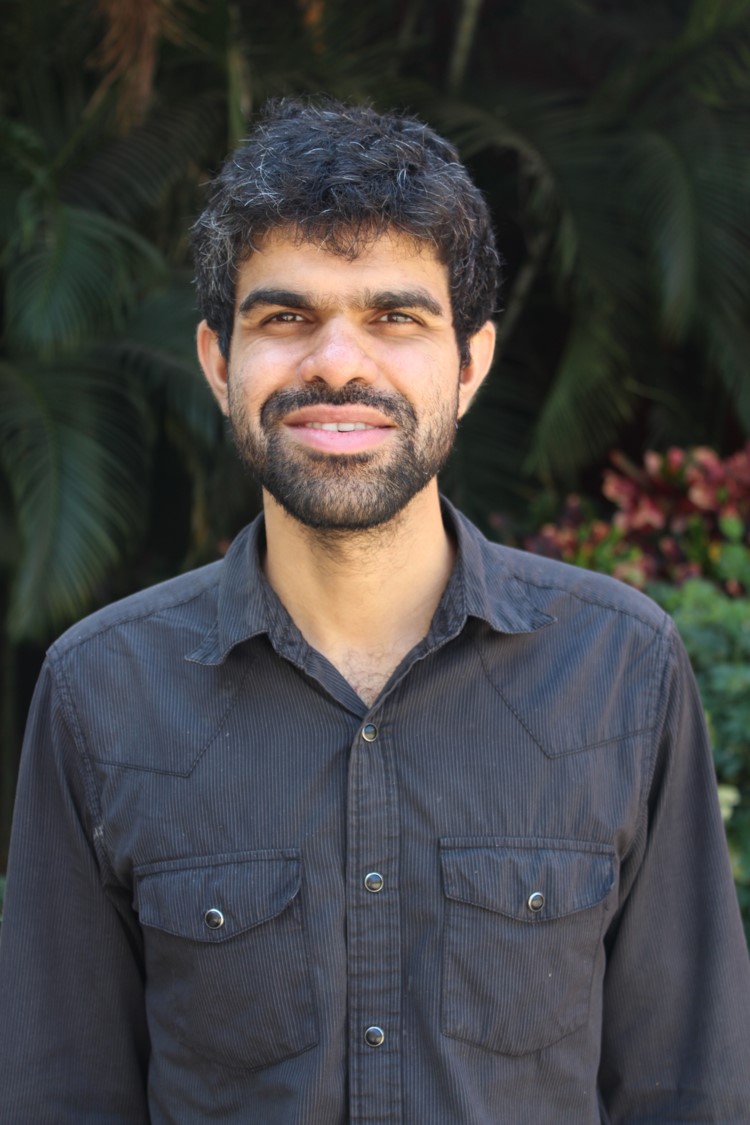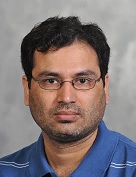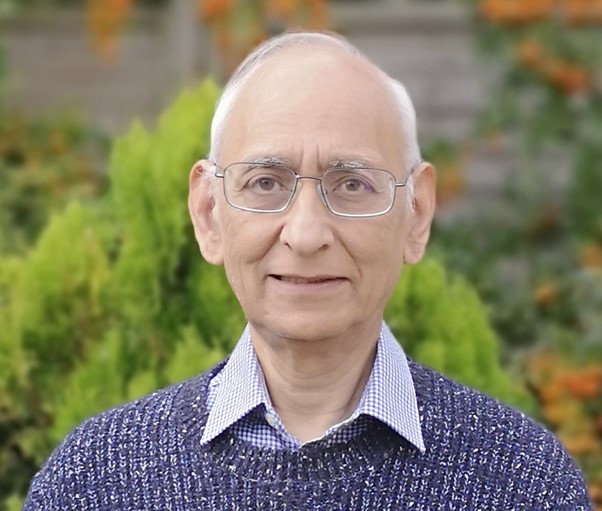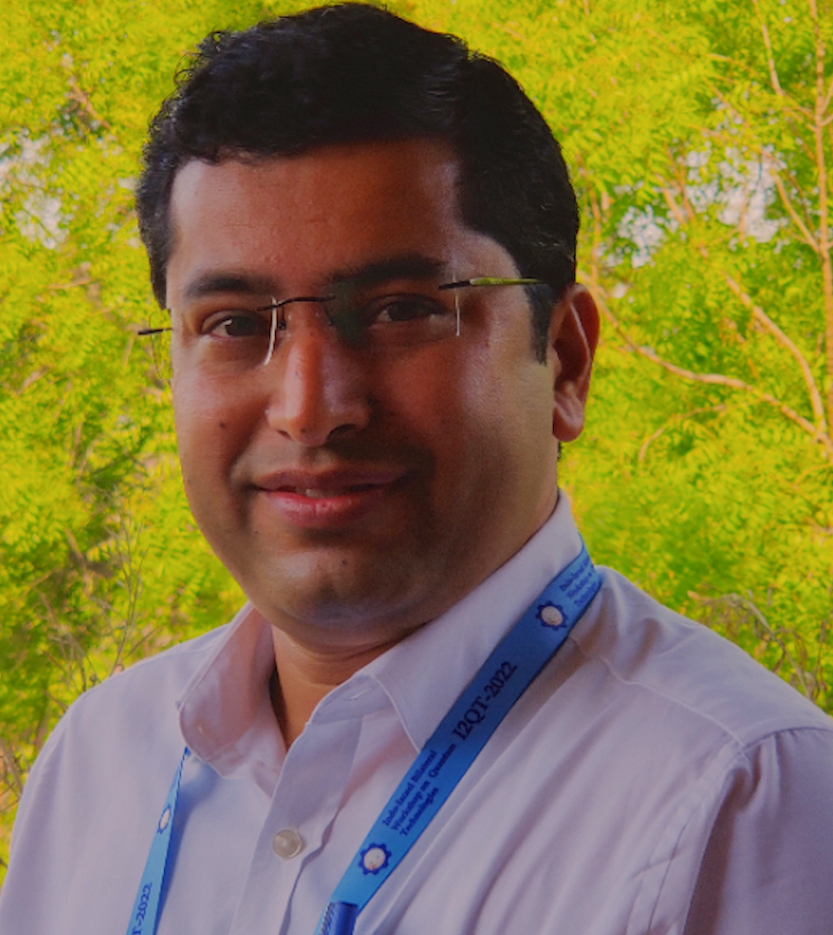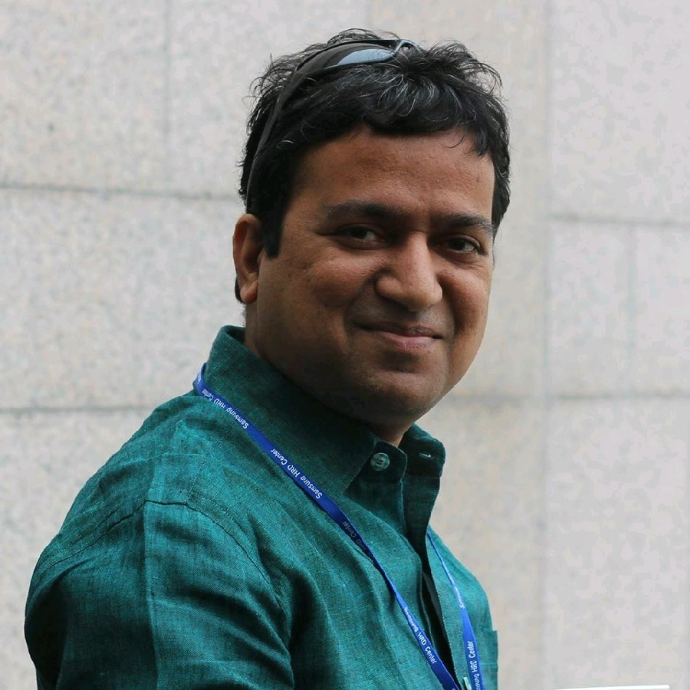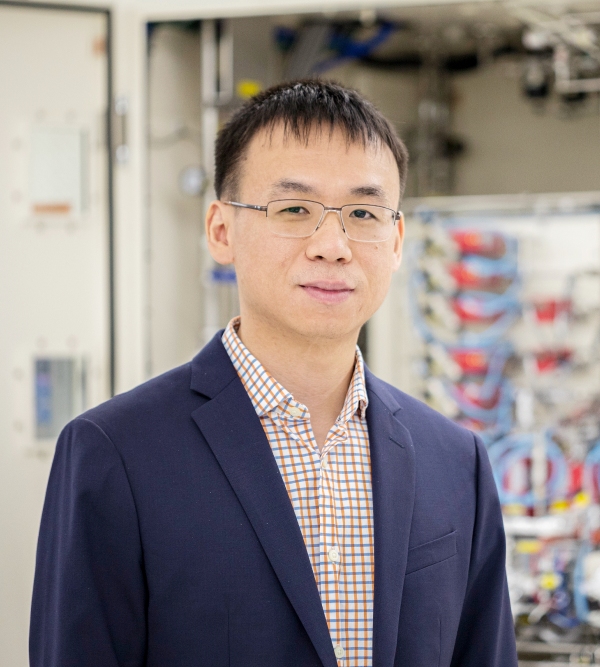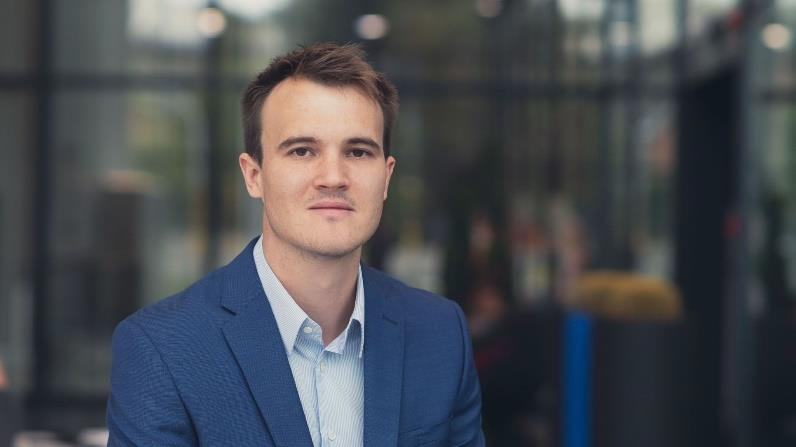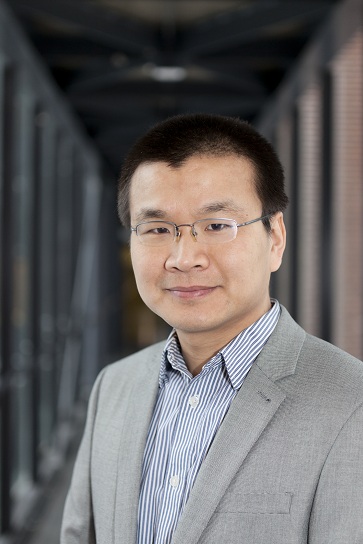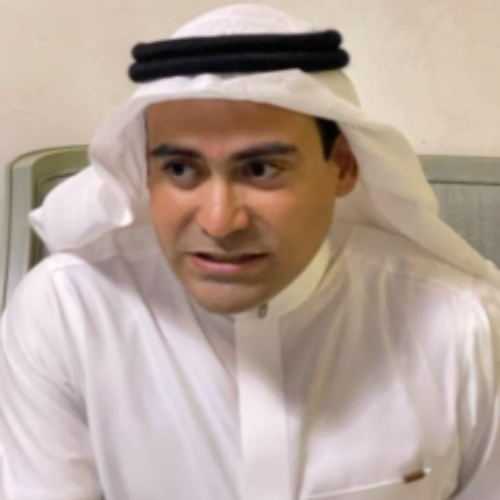Industry Plenary & Keynote
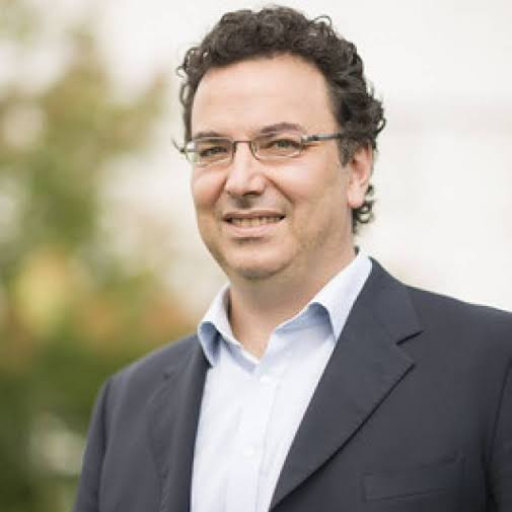
Plenary 1: Dec 12th, 2022, Grand Ballroom, 9:30 AM - 10:30 AM
Speaker: Dr. Alessandro Curioni (IBM Fellow, Vice President, IBM, Europe & Africa and Director, IBM Research, Zurich, Switzerland)
Title: IBM’s Quantum and Furure of Computing
Abstract: Computing is poised to reshape just about every industry, field of study — and even society itself. Across the fields of AI, cloud, and quantum computing, we’ve seen substantial advancements. The most profound advancements will be reached, though, by the convergence of classical computing, artificial intelligence and quantum, through the cloud. The result will be enormous computational power poised to fundamentally change the way we innovate and discover. In my presentation, I will discuss the latest trends, the open questions and how the academic and industrial communities may synergize to accelerate the rate of scientific discovery.
Bio: Dr. Alessandro Curioni is an IBM Fellow, Vice President of IBM Research Europe and Africa and Director of the IBM Research Lab in Zurich, Switzerland. He is responsible for IBM corporate research in Europe and leads IBM’s global research strategies in Accelerated Discovery and Security. Dr. Curioni is an internationally recognized leader in the area of high-performance computing and computational science, where his innovative thinking and seminal contributions have helped solve some of the most complex scientific and technological problems in healthcare, aerospace, consumer goods and electronics. He was a member of the winning team recognized with the prestigious Gordon Bell Prize in 2013 and 2015. Currently, his research interests include accelerating the rate of discovery with AI, Quantum, and Hybrid Cloud. Dr. Curioni received his undergraduate degree and PhD in Theoretical Chemistry from Scuola Normale Superiore, Pisa, Italy. He started at IBM Research – Zurich as a PhD student in 1993 before officially joining as a research staff member in 1998. Since then, he has had several research and manager roles, including as the founding manager of the Cognitive Computing and Computational Sciences department. He is a member of the Swiss Academy of Technical Sciences

Plenary 2: Dec 13th, 2022, Grand Ballroom, 9:00 AM - 10:00 AM
Speaker: Mr. Sameer Pendharkar (Vice President, Technology Development and TI Senior Fellow at Texas Instruments)
Title: Analog and Power Technologies for Industrial and Automotive Electronics
Abstract: With increase in per capita energy consumption and limited energy resources, it is critical to not only look at alternate energy sources but also to improve the efficiency in how this energy is used. New advances in semiconductor materials and technologies continue driving increasing electronics adoption in industrial and automotive systems making them more efficient. Innovations in multi-domain mixed signal integration are driving Industry 4.0 whereas significant improvements in power density and high voltage technology are enabling automotive electrification. The talk will focus on the trends and performance improvements in both the silicon and WBG semiconductor IC technologies targeted for these applications and also discuss the manufacturing challenges and opportunities for these technologies.
Bio: Sameer completed his undergraduate studies and graduate studies in Electrical Engineering from the Indian Institute of Technology, Bombay and the University of Wisconsin-Madison respectively. He joined TI in 1996 and is currently a TI Senior Fellow and Vice President of Technology Development. Sameer and his team are responsible for setting and executing the overall technology development strategy for TI. He also serves on the Board of Directors of the Semiconductor Research Corporation (SRC). He has published more than 95 technical papers in leading academic journals and conferences and has been granted more than 175 U.S. patents.

Plenary 3: Dec 14th, 2022, Grand Ballroom, 9:00 AM - 10:00 AM
Speaker: Mr. Balajee Sowrirajan (Vice President, Samsung Electronics & MD Samsung Semiconductor R&D, India)
Title: System Solutions Powering Intelligent Connected Device
Abstract: With Industrial Revolution 4.0 driving exciting use models, system solutions are powered by devices which are not just connected, but also Intelligent. The talk will focus on fundamental technology anchors – Connectivity, Sensors, Big Data and AI Processing solutions. It will focus on the technological advancements in these areas which are and will be transforming our day to day lives.
Bio: Balajee Sowrirajan, is the head of Samsung Semiconductor India R&D Center (SSIR), overseeing India operations of the Memory, System LSI, Foundry business units and driving both strategy and culture for innovation and inclusion at SSIR. With a Masters degree in Engineering in Computer Science from BITS, Pilani, Balajee has played a crucial role in the journey of SSIR. With three decades of corporate experience in the Semiconductor industry, he has spent more than 9 years focusing on the expansion and building of excellence for three teams at SSIR. Samsung’s memory business continues to maintain its top market share for close to three decades. The Memory team at SSIR is an integral part of enabling embedded, client, Data Center & Enterprise Solutions for Samsung Electronics. As the Corporate VP and Head of System LSI Business, Balajee strives to bring in excellence in designs while guiding the team towards development of key components for Mobile and Automotive Electronics business such as System on Chip (SOC), Cellular Modem (4G/5G), WiFi/BT chips, power management IC, Display driver chips and CMOS image sensors. In addition, the Foundry business is also the second largest foundry supplier in the world; developing the first 3nm GAA prototype Device and is responsible for IPs (Std. cells, memories, IO’s, Digital IP’s, Analog IP’s) & SOC’s (HW & SW) development.

Keynote 1: Dec 12th, 2022, Grand Ballroom, 10:30 AM - 11:15 AM
Speaker: Dr. Julio Costa (VP RF, Technology and Innovation, Global Foundries, Santa Clara CA, USA)
Title: RFSOI Technology for the RF Front-End: Then, Now and Tomorrow
Abstract: RFSOI technologies are used today in the RF section of all cellular handsets, performing a number of different critical RF switching and tuning functions, and recently also providing an even larger number of low noise amplifiers, digital CMOS blocks and critical analog functions. This talk will discuss the history of RFSOI technology, the critical enablers that allowed it to in a relatively short amount of time, completely replace the existing III-V switch technologies. The progression to today’s modern RFSOI technologies and its array of device options will also be described, as well as future trends in RF switching technologies. In particular, the RF front end of the future will incorporate a number of 3D technologies in both die-to-wafer and wafer-to-wafer bonding approaches in order to reduce critical dimensions while providing superior RF performance.
Bio: Julio Costa was born in Sao Paulo, Brazil. He is currently Vice President of RF Technology Development at Global Foundries in the Technology and Innovation Organization which he joined in 2022. Previously he was a Senior Director of Technology Development for QORVO in Greensboro, North Carolina, where he had been since 2002 leading a group of researchers focusing on Silicon SOI and RF MEMS technologies for next generation wireless systems. He received his BSEE (1984) from the University of Wisconsin-Madison, and his MSEE (1987) and PHD (1992) from the University of Minnesota in Minneapolis. He worked at Motorola Semiconductor Products Sector (Freescale) from 1991 to 2001, where he worked as a researcher and technical manager in silicon and GaAs RF technology development. He worked at ON Semiconductor until 2002, where he was a Director of R&D focusing on power management technology solutions. He is the author of over 60 issued patents in the area of device and process technologies in RF, and has numerous publications and presentations.

Keynote 2: Dec 12th, 2022, Grand Ballroom, 11:30 AM - 12:15 PM
Speaker: Dr. Carlos Castro (Vice President & General Manager Nexperia, Germany)
Title: Power Semiconductor Technologies: a future pure WBG game?
Abstract: The current power semiconductor market is still largely dominated by silicon-based devices. However, SiC penetration is growing very fast for new generation of systems and applications to come. Furthermore, with GaN offering significant benefits for increasing efficiency, power density and reducing cost, the question is if all three technologies will complement or replace each other. This presentation will reflect driving elements at different applications influencing the selection of technologies.
Bio: Dr. Carlos Castro serves as Vice President and General Manager GaN for Nexperia and has more than 18 years of experience in power and automotive semiconductors. Prior to joining Nexperia, Carlos led the IGBTs/MOSFETs/SiC discretes business and automotive electronics activities at Littelfuse. Earlier he was in charge of Marketing and Application Engineering for automotive MOSFETs and led the Technical Marketing group for Electric Drive Train at Infineon Technologies. He has been granted several patents for power semiconductor devices and has been author of multiple papers and conferences presentations. Carlos holds a MSc and a PhD in Electrical Engineering from the Technical University of Dortmund, Germany and the University of Granada, Spain

Keynote 3: Dec 12th, 2022, Grand Ballroom, 12:15 PM - 1:00 PM
Speaker: Mr. Anand Ramamoorthy (Managing Director & Vice President, Micron, India)
Title: Memory at the Heart of Intelligence
Abstract: As technology continues to be the key enabler of human development, data is at the heart of the new dynamics that is shaping our world.At the heart of this reimagined world is data, creating opportunity for new computing use cases and demanding new hardware foundations to feed applications faster and more efficiently. Memory and storage innovation drives that data hardware foundation that will unleash broadscale AI adoption, reshape data center computing, accelerate intelligent edge proliferation, and enable user experiences not yet imagined.The memory hierarchy is seeing a significant evolution where trends such as very large AI systems, 5G and data movement, autonomous driving and edge intelligence amongst others, are fueling the need for refined and customized memory solutions – both for the DRAM as well as the storage applications. We are also seeing changes in the compute paradigms to recognize this evolving data centric model, leading to the emergence of new protocols. All these together pose a complex set of challenges to memory solutions across the board in terms of technology, materials, packaging and systems. In this talk, we will dwell on these trends and we will talk about some of the exciting opportunities that are in front of us to enable the next generations of memory.
Bio: Anand Ramamoorthy is currently Vice President and Managing Director at Micron India. In this role, he is charted to lead and drive one of the fastest ramps in engineering, R&D, services, sales and operations in India (across sites) for a $27B+ global leader in memory and storage solutions. In less than 3 years, Micron has more than quadrupled its headcount in India and has become a key contributor to Micron’s top line and bottom line. Anand is a seasoned, well-rounded technology executive with 22+ years of global experience building teams, scripting strategies, facilitating change management, growing business and leading organizational transformation. Anand joined Micron from McAfee (an Intel company, formerly Intel Security) where he was Managing Director of South Asia region. Prior to McAfee, Anand led South Asia consumption business at Intel where he resurrected their government business, incubated their mobile/tablet business from scratch and led the fastest growth in data centers among all regions in APAC. Anand started his career in Silicon Valley as a ‘hands on’ chip designer before moving on to roles of increasing impact and mandate including global GM roles with full P&L responsibility. After spending 10+ years in the US, Anand moved back to India 12 years back. Anand obtained his undergrad degree in Engineering from IIT (Roorkee) followed by M.S and MBA degrees from leading US universities. Anand is a frequent speaker at industry events (NASSCOM, CII, Zinnov, DSCI), actively mentors’ entrepreneurs and enjoys strong relationships within the CxO ecosystem in India. He is on the board of several companies including unicorns and large multinationals and works closely with industry bodies. He is an active media contributor and has featured in the very popular ‘Young Turk” program that aired on CNBC India. Anand is part of Telangana government’s advisory council and actively collaborates with NITI Aayog, MEITY, Invest India, WEF and other key central government organizations. Anand is married to Revathi and they have a son (Arnav). He is an avid reader, prefers mostly non-fiction/biographies, and enjoys playing tennis with his son.

Keynote 4: Dec 13th, 2022, Grand Ballroom, 10:00 AM - 10:45 AM
Speaker: Dr. Primit Parikh (Co-Founder & President, Transphorm Inc., USA)
Title: Manufacturing and Commercialization of Easy to Use, Robust, High Performance GaN Power Devices – from 650V to 1200V, from 45W to 10kW+
Abstract: GaN technology needs to serve the broadest market to be a viable solution in the long term. Transphorm’s robust normally-off GaN FET with its integrated Si-GaN architecture provides easy to interface, highest performance solutions with the best in class proven reliability with over 80 billion hours in the field: from low wattage markets such as adapters/chargers through Titanium-class power supplies to Renewable Energy to Electric Vehicles solutions such as on-board chargers and DC/DC converters today and traction tomorrow. With its vertically integrated wafer manufacturing providing control, scale and rapid innovation backed by one of the strongest IP portfolio in GaN power, Transphorm provides the GaN industry’s first 650V and 900V AEC-Q101 product with 1200V in its roadmap. This presentation will detail how Transphorm’s GaN solutions enable our customers to serve the broadest and fastest growing power conversion markets – from low power to high power, from adapters to automotive as well as GaN manufacturing, including in the context of India’s Semiconductor Mission
Bio: Primit co-leads Transphorm, a pioneer and leader in GaN Power Semiconductors. Having recently led Transphorm to a public company listing partnering with it’s phenomenal team, he is passionate about creating value from the intersection of business and technology. With over 20 years of semiconductor & entrepreneurial experience, his background includes capital raises, international markets & strategic partnerships, key customer relationships, products & manufacturing, IP, GaN/Semi technology and government contracting. Prior to Transphorm, Primit led GaN electronics at Nitres Inc. through its acquisition by Cree, where he served as the head of Advanced Technology at Cree SBTC in charge of GaN development and government business. Primit received his B.Tech. in EE from IIT, Mumbai and his Ph.D. in ECE from UCSB. He has more than 40 patents awarded and co-authored more than 75 publications and presentations. He is blessed to reside in the amazing Santa Barbara area with his wonderful family.

Keynote 5: Dec 12th, 2022, Grand Ballroom, 10:00 AM - 10:45 AM
Speaker: Dr. Milind Kulkarni (President, PV Manufacturing, Reliance Industries, India)
Title: Solar Value Chain: Historical Evolution, Technology platforms, and Roadmap
Abstract: Solar energy has become commercially attractive on the foundation of semiconductor polysilicon, crystal, and wafer processing technologies, complemented by the emergence of efficient cell technologies founded on unit operations well-established in the semiconductor industry. These technology platforms will further push product performance and can deliver module cash cost less than $0.12/W and LCOE less and $0.02/kWh (DC) over the next 5-year horizon. In addition, more attractive new technology platforms are emerging. This talk focuses on both technical and commercial aspects of the solar value chain and opportunities ahead
Bio: Milind Shrinivasrao Kulkarni brings uniquely broad expertise in essentially all relevant disciplines of business, including General Management, Technology, Strategic Analysis, Business Development, Mergers & Acquisitions, Finance, Marketing, Operations, and Supply Chain. He has extensive background in solar silicon processing from Polysilicon Production to Module Assembly and in semiconductor silicon processing from Crystal Growth to Silicon Epitaxy. His cross functional expertise enables him to contribute to various business sectors. Milind has extensively worked in both the US and India. His geographical business exposure is even broader, covering many countries in the northern hemisphere. Milind is serving as President of PV manufacturing in Reliance New Energy Solar, where he is responsible for setting the business vision and executing the overall Solar and PV business plan. He oversaw cell and module technology development and implementation as the CTO of Vikram Solar, before joining Reliance. From July 2017 to February 2021, Milind served as the CEO of Suzlon Renewable Technologies and its sister company, Svagos Technik, where he was responsible for the development of next generation semiconductor and renewable technologies and implementation of these technologies in HVM. Milind’s prior experiences were in the entire solar and semiconductor value chains in MEMC Electronic Materials, SunEdison, and GCL-Solar Materials, all part of one family of companies with a common origin. Milind led (as the CTO and VP/EVP of Strategic Expansions) Technology and Strategic Expansions in SunEdison-Solar Materials and later GCL-Solar Materials, which was the materials technology division of SunEdison before its acquisition by GCL. Milind worked on developing collaborative and strategic business partnerships (JVs) to implement SunEdison’s Polysilicon, Crystal Growth, Wafering, and Module technologies into HVM. He was also responsible for explorative development of solar cells with various collaborators. He oversaw the development of turnkey solutions from technology selection to HVM. He represented SunEdison’s interests as a member of the Board of Directors of SunEdison’s polysilicon production joint venture with Samsung Fine Chemicals, SMP. In the past, Milind also directed sales and operations management, demand and supply forecasting, capacity and inventory management, supply chain mapping and optimization, operations research and production optimization, lean initiatives, and technology driven procurement across the solar materials value chain, along with cross-functional quantitative research in the entire semiconductor and solar value chains. Milind and his teams have developed new technologies that can create more than $10 B in value. Milind also facilitated M&A activities valued more than $100 M. Milind is an author or co-author of more than 70 international journal publications, patents, conference presentations, invited plenary talks, and book chapters, collectively. He also started the Solar Silicon Symposium in China (2009) that has grown into China Photovoltaic Technology International Conference (CPTIC). Both his doctoral work and industrial research have received special recognitions by The AIChE Journal (Paper of the Month) and The Journal of The Electrochemical Society (Technical Highlight). Milind actively served as an official reviewer for various journals. He was a member of the Editorial Advisory Board of The Industrial and Engineering Chemistry Research (an ACS publication) and served as a member of The National Council of Engineering School of Washington University, St. Louis, USA. Milind holds a bachelor’s degree from University of Mumbai (ICT/UDCT), master’s degree from Oregon State University, doctorate from Washington University, all in chemical engineering. He also holds a master’s degree in business administration, from Washington University. Milind won the Alumni Achievement Award of Washington University in 2012. For details, visit the following websites: https://engineering.wustl.edu/offices-services/alumni/McKelvey-Engineering-Award-Years/2012.html
